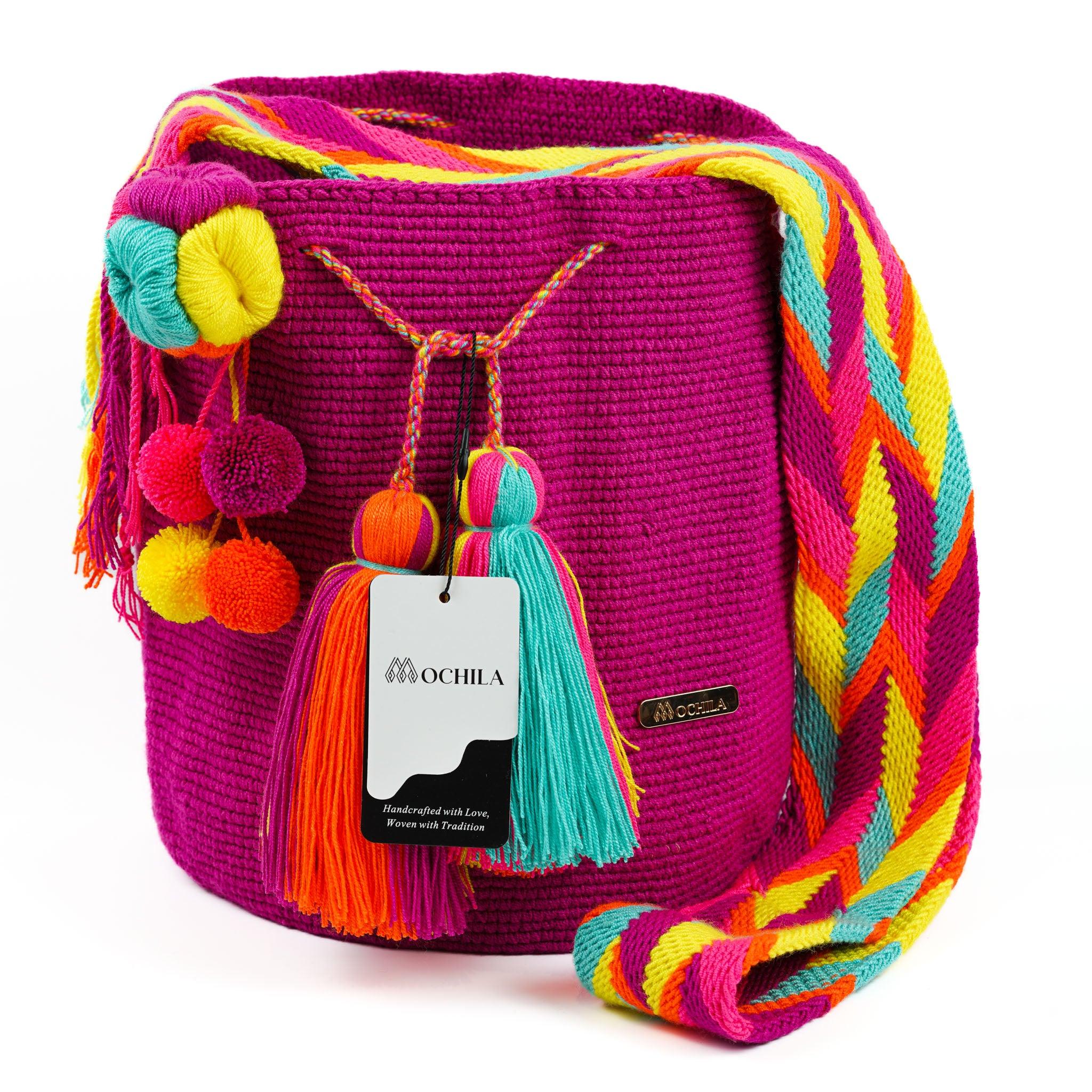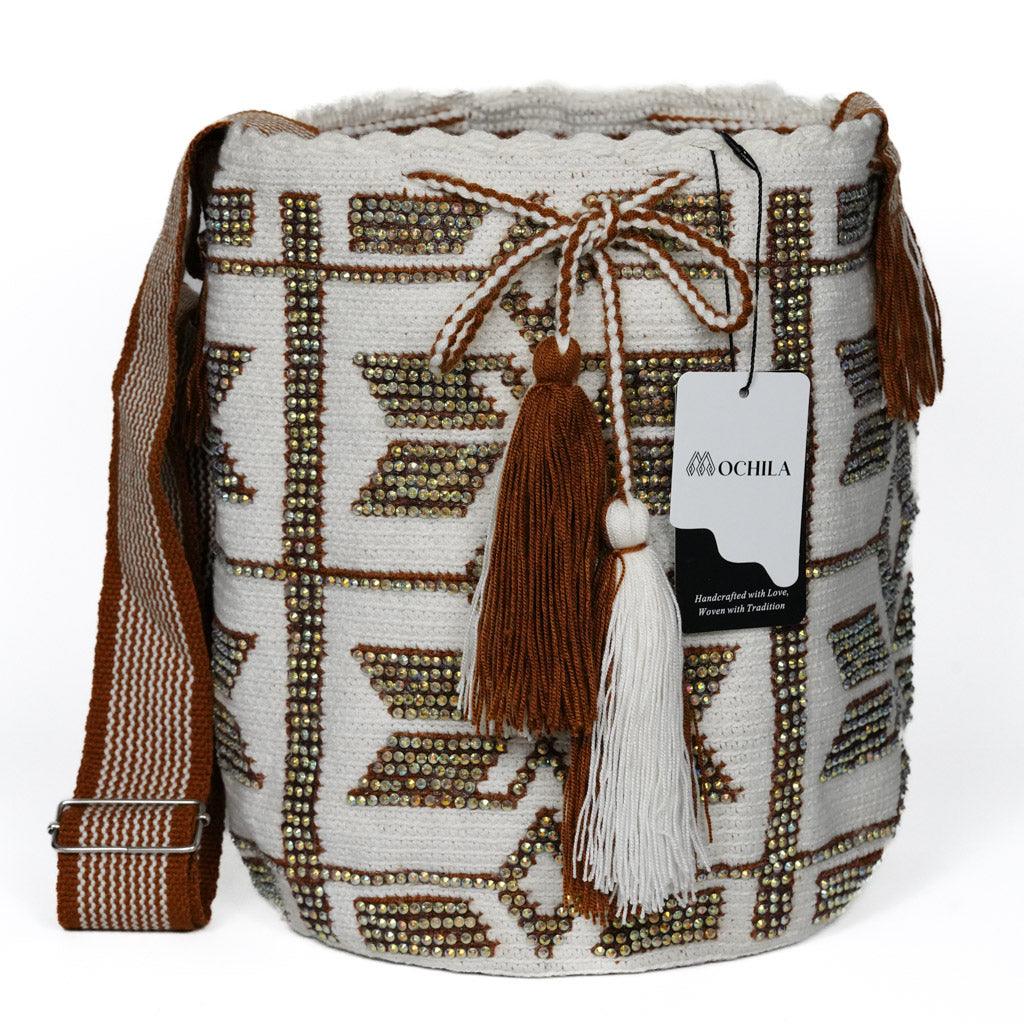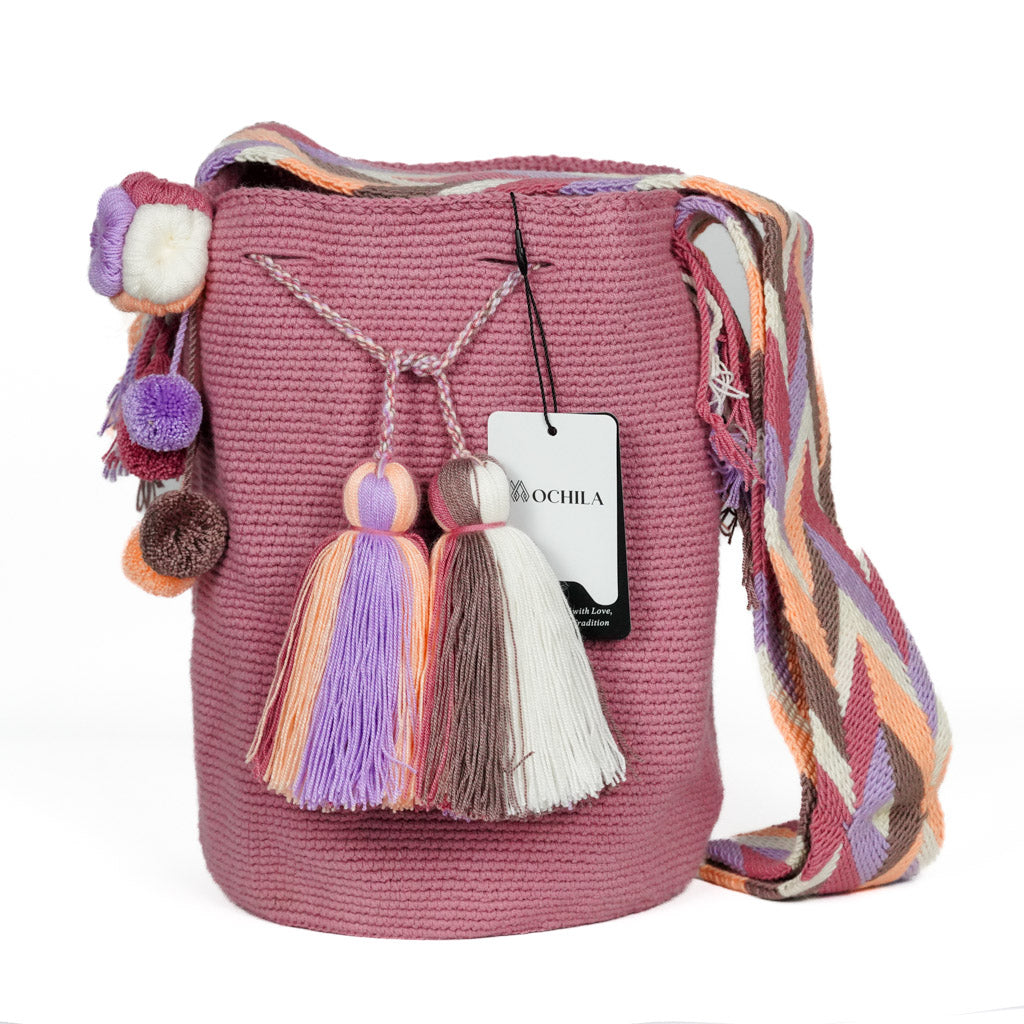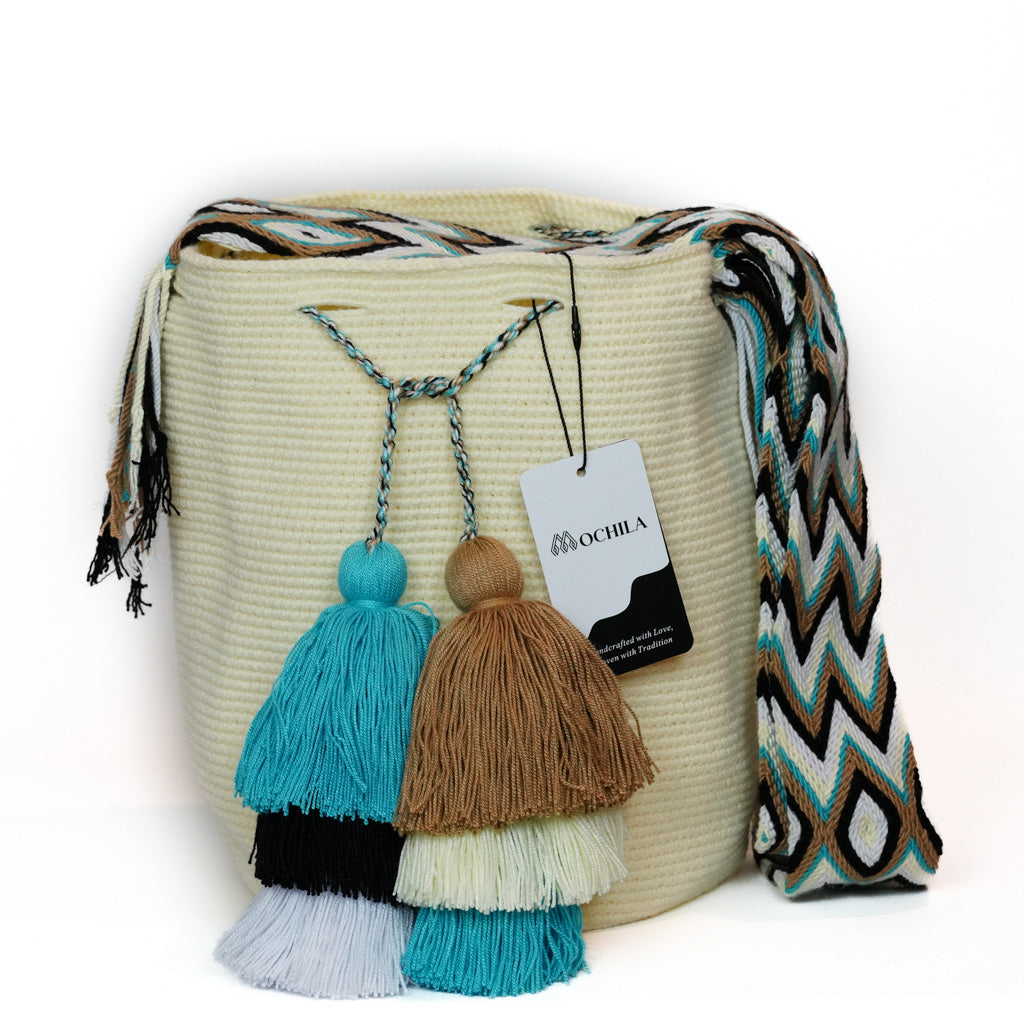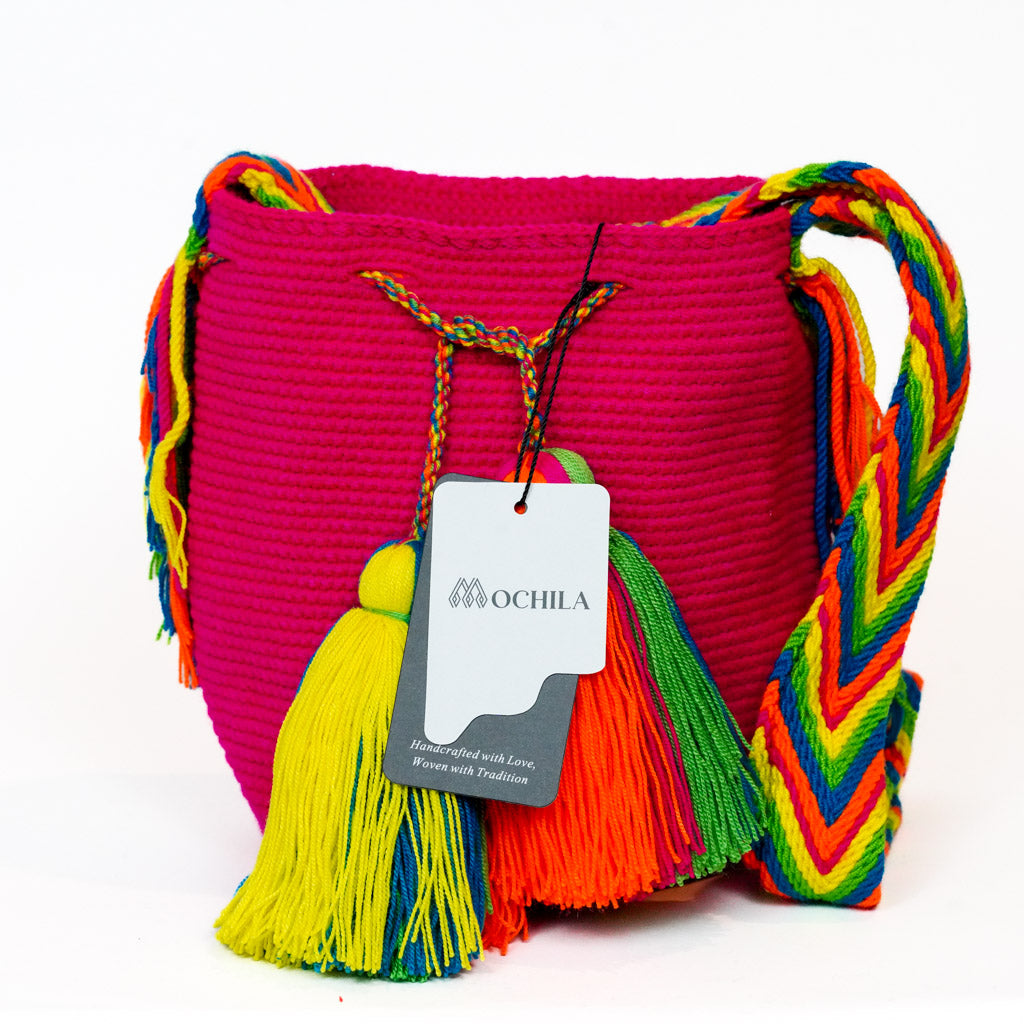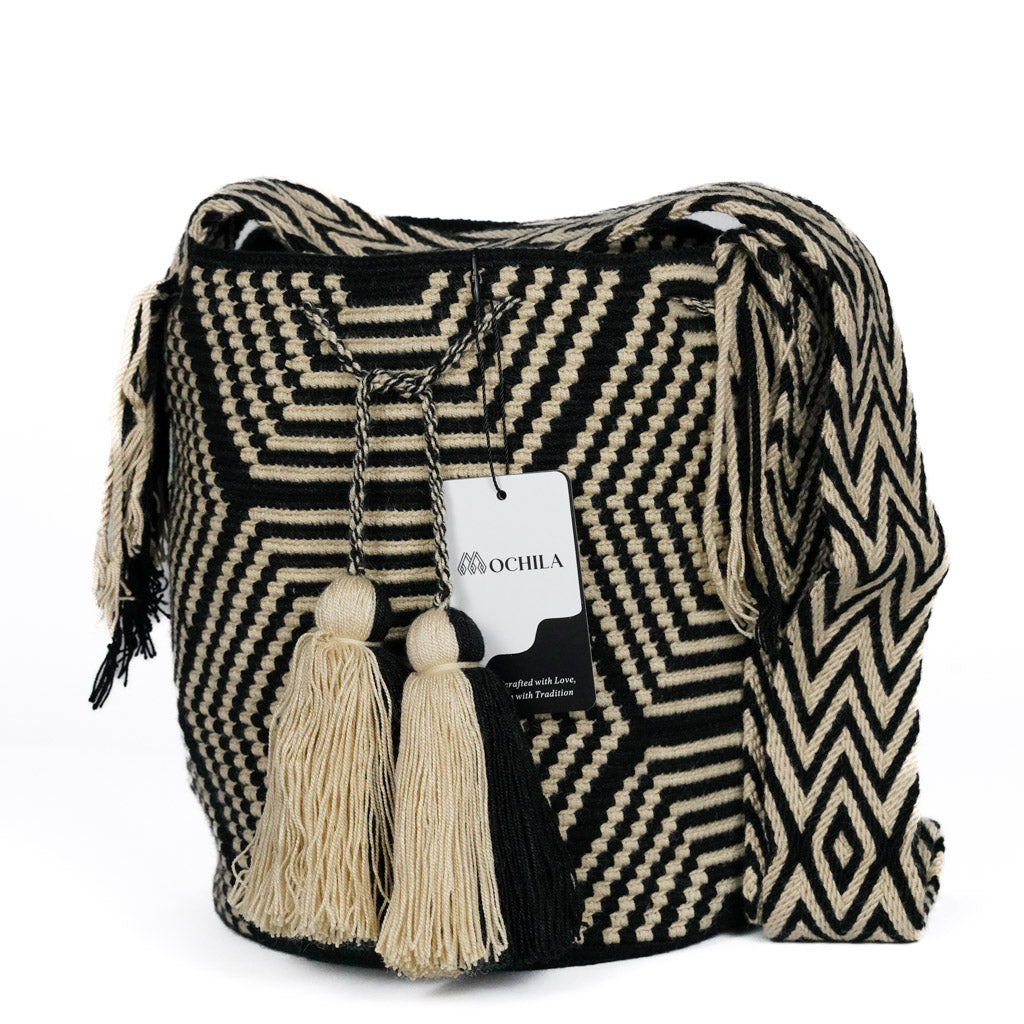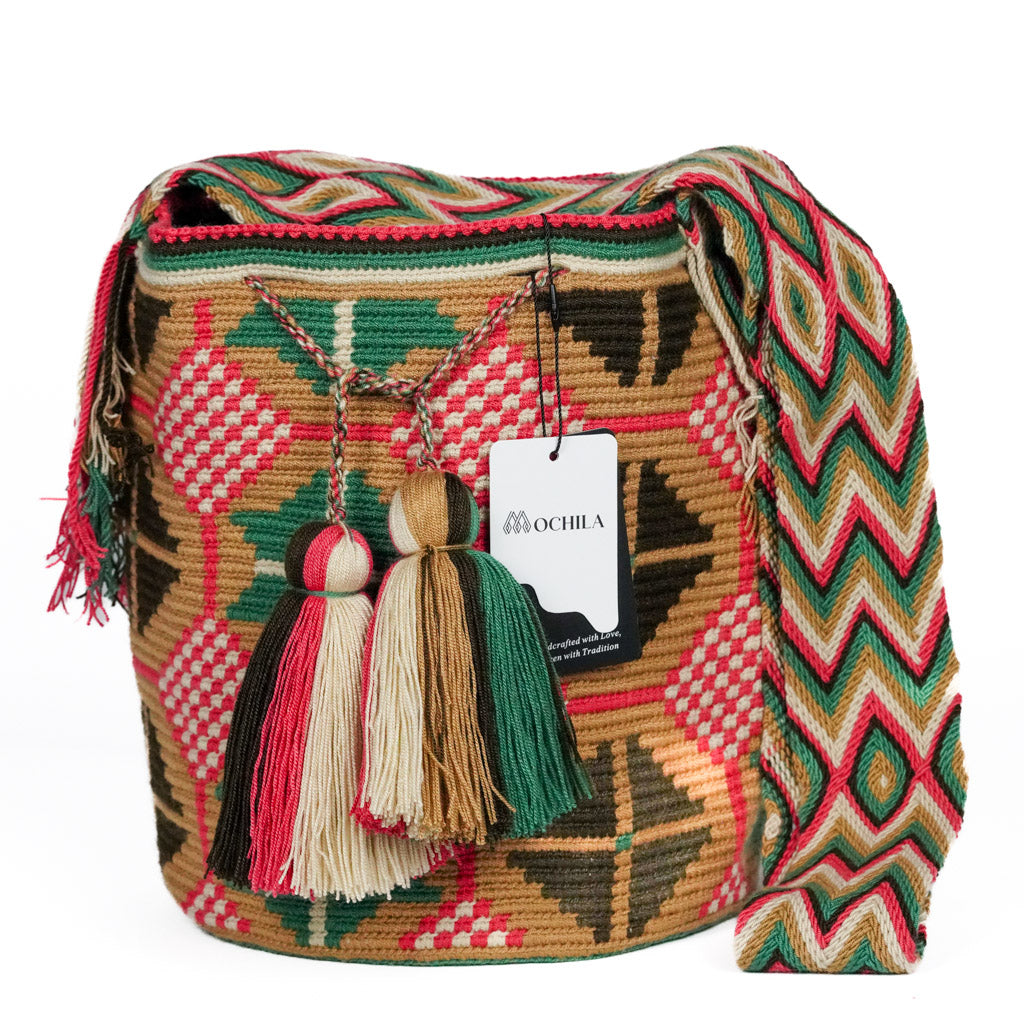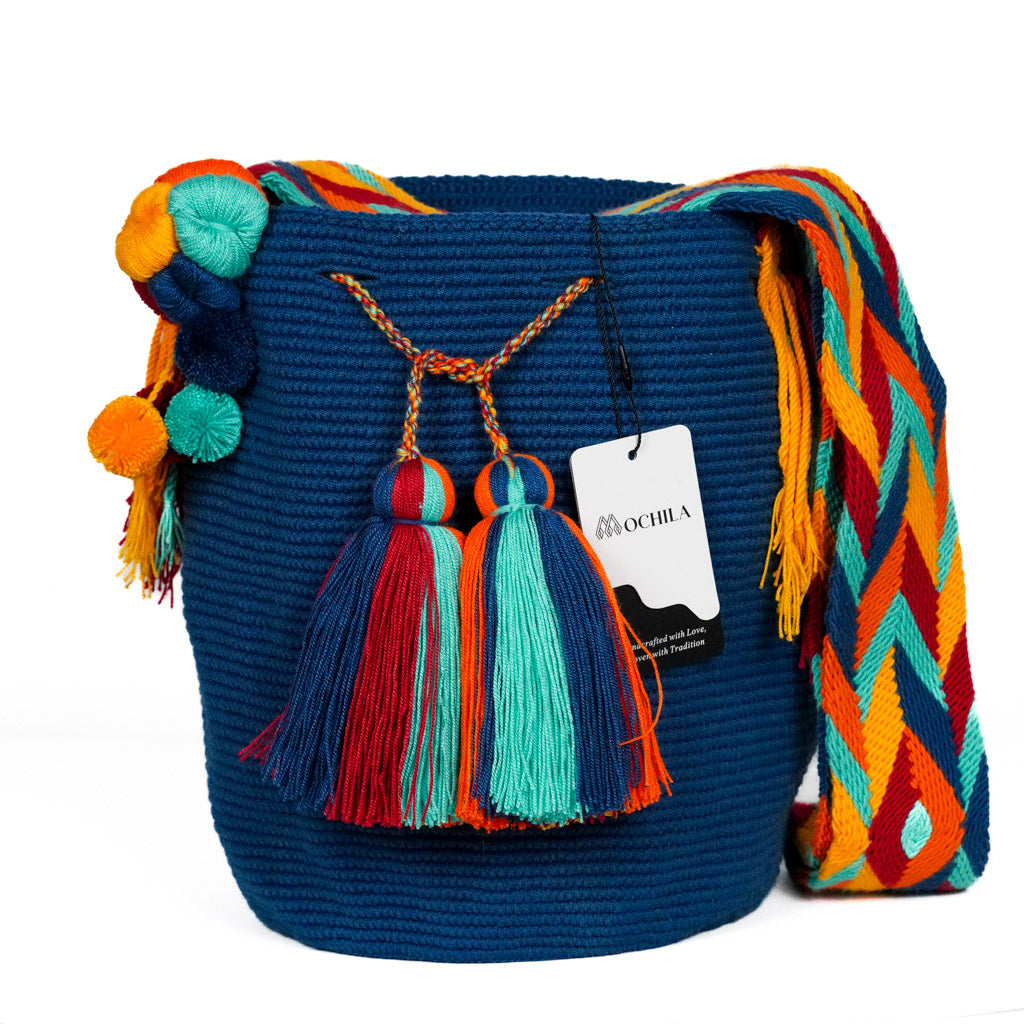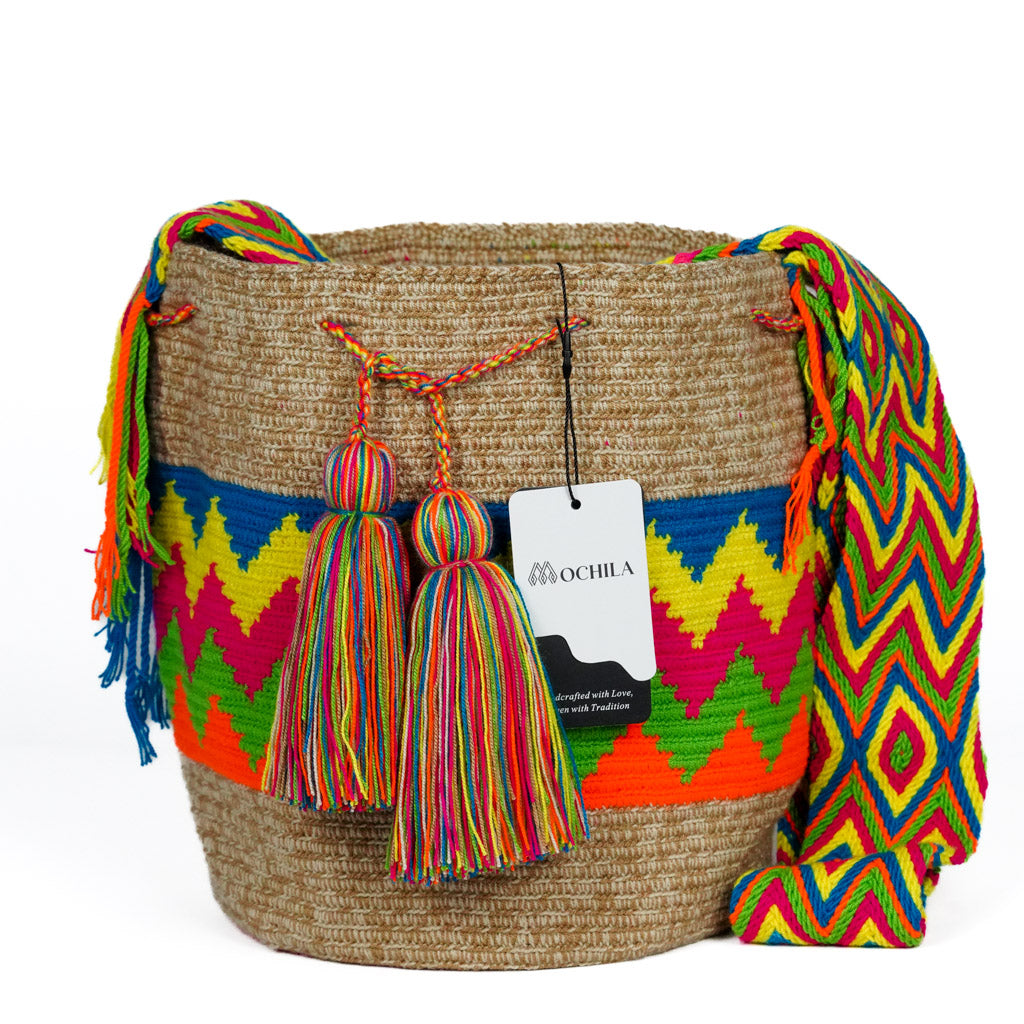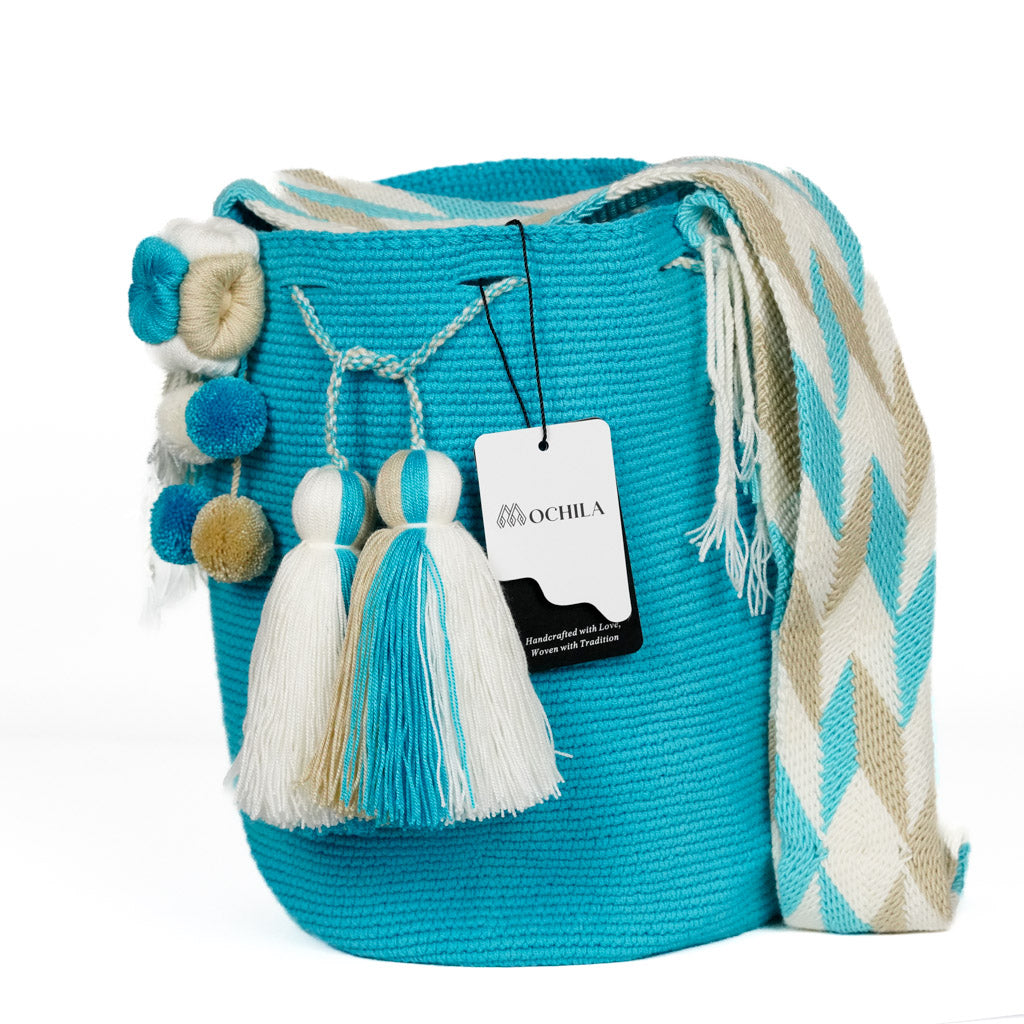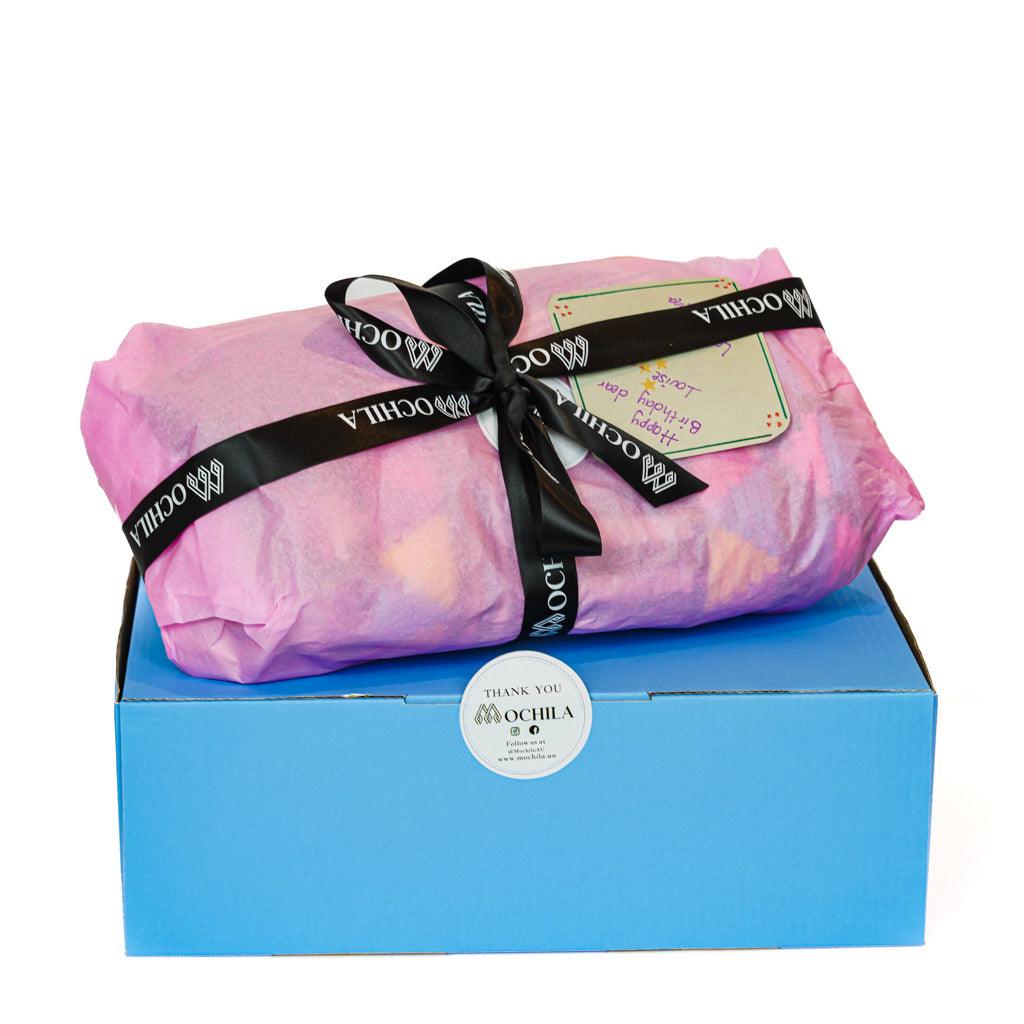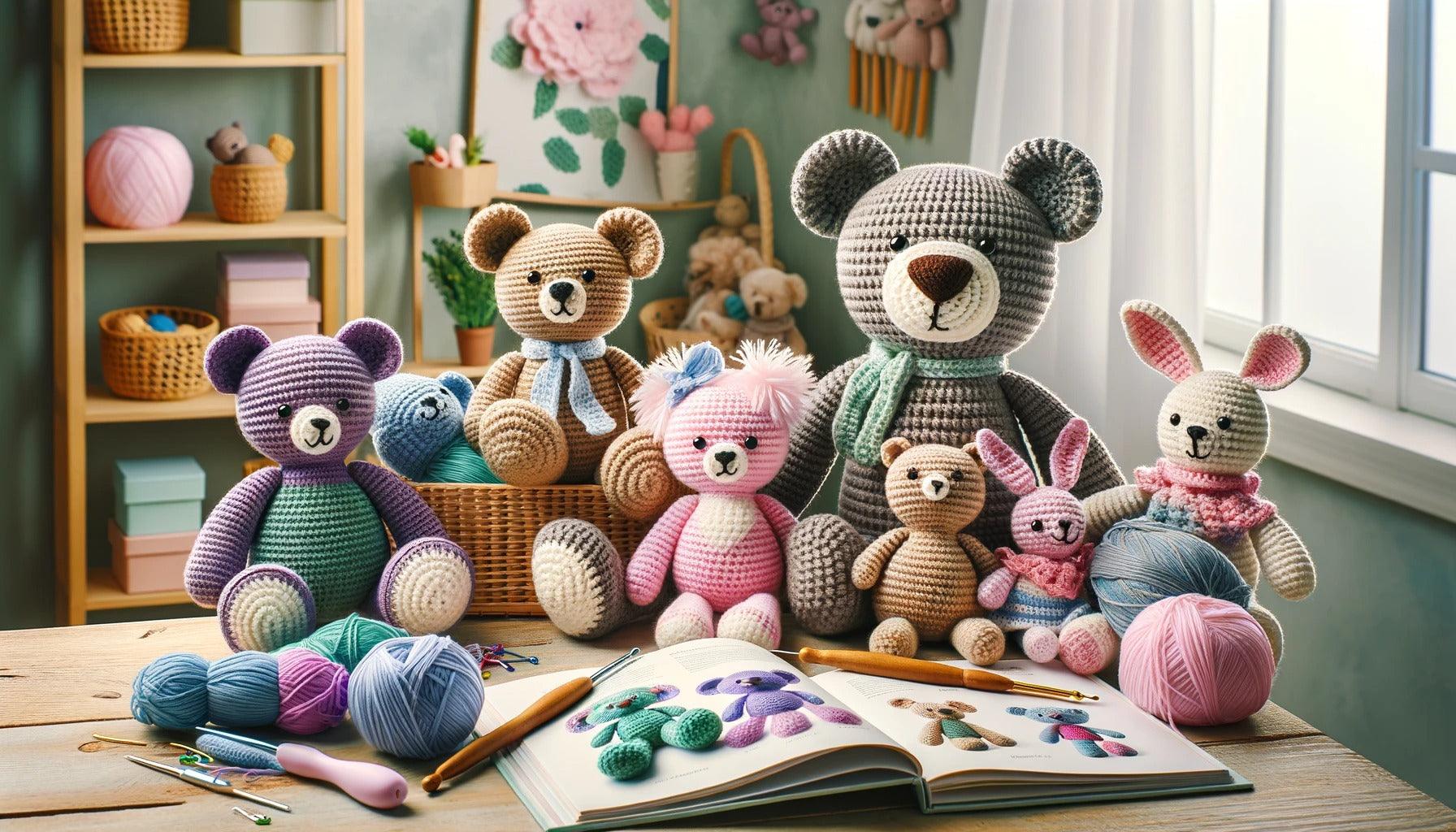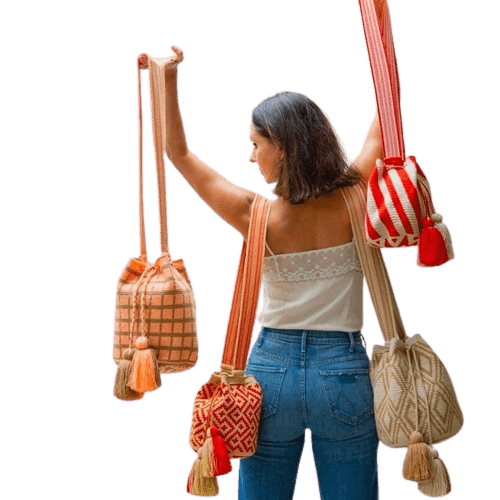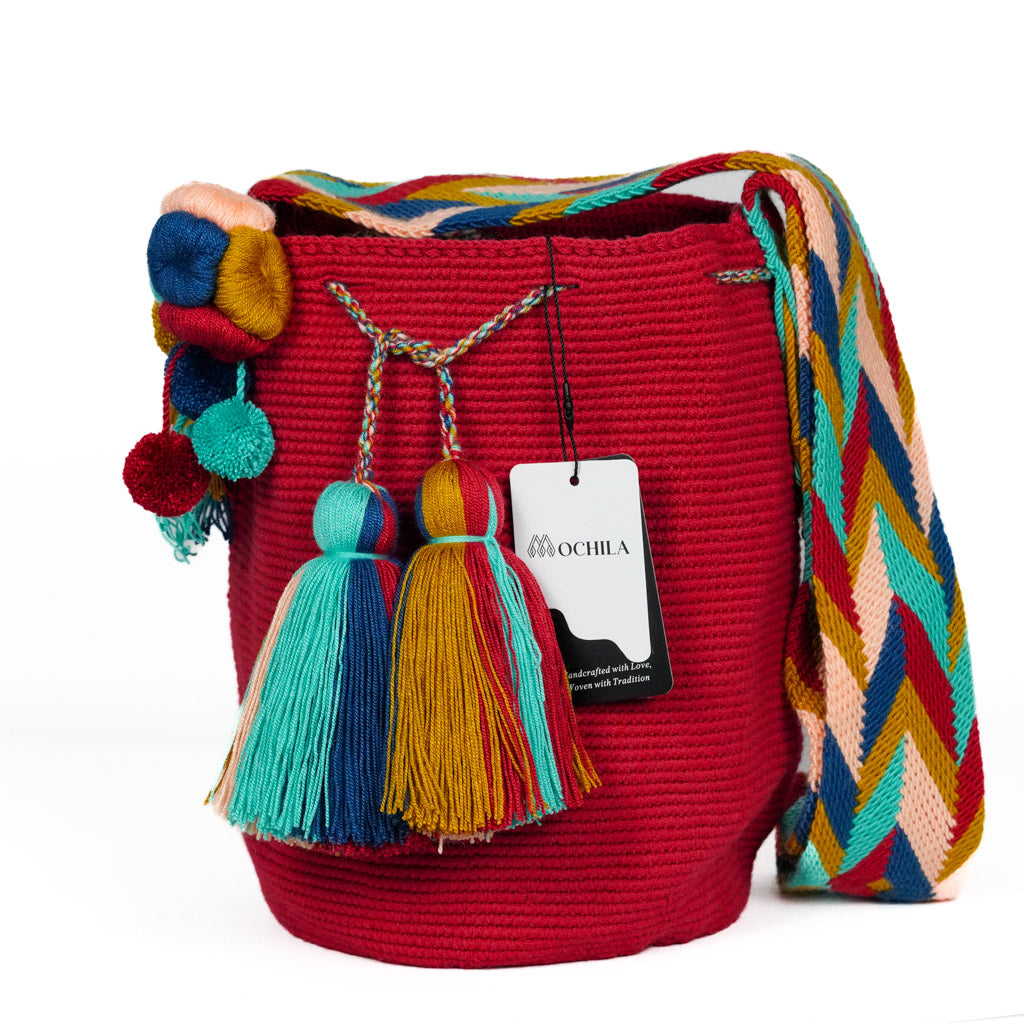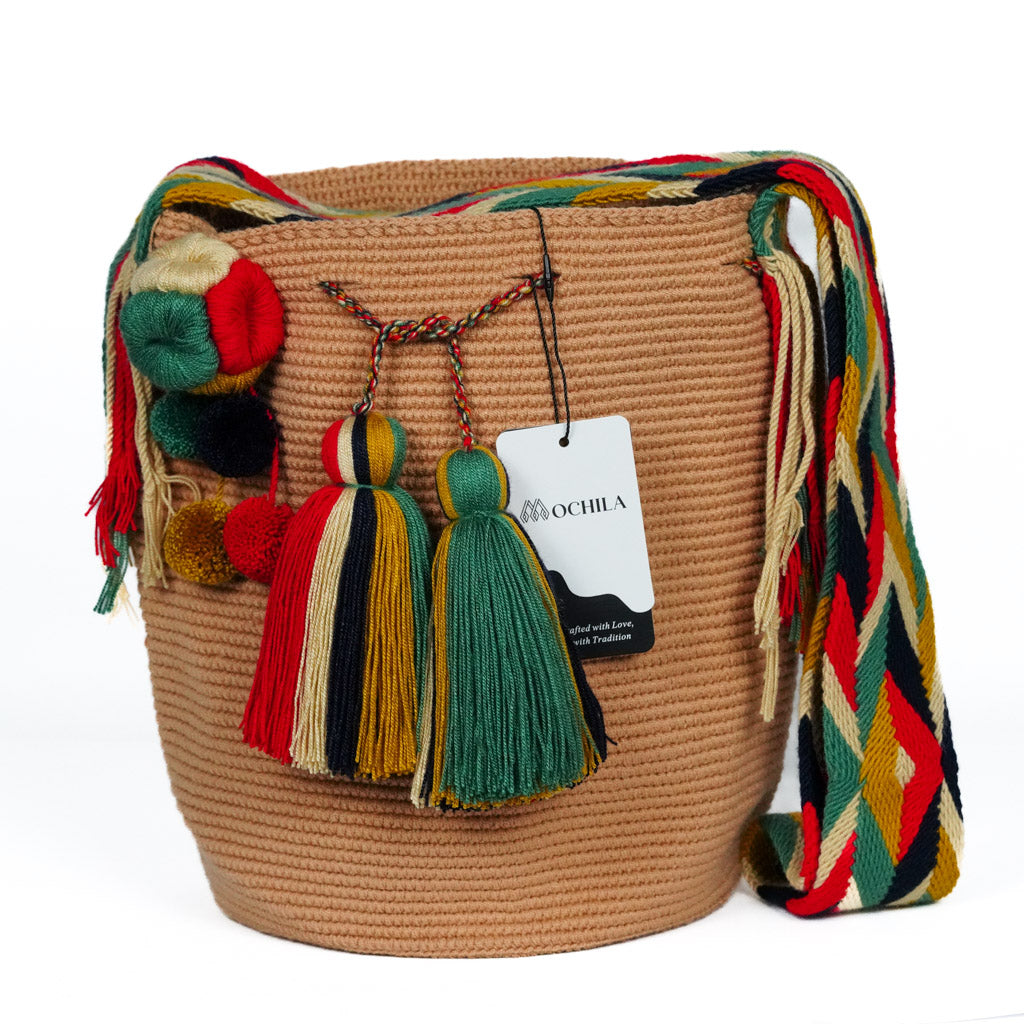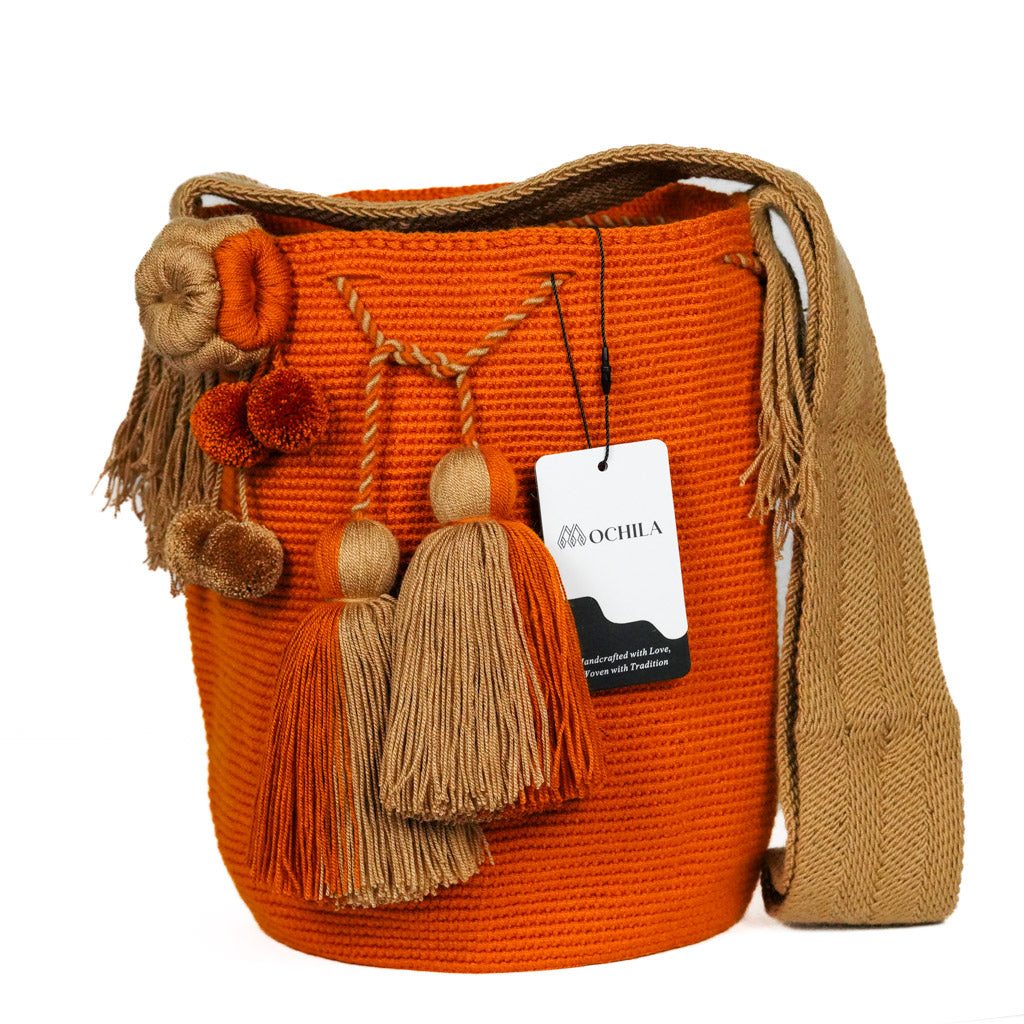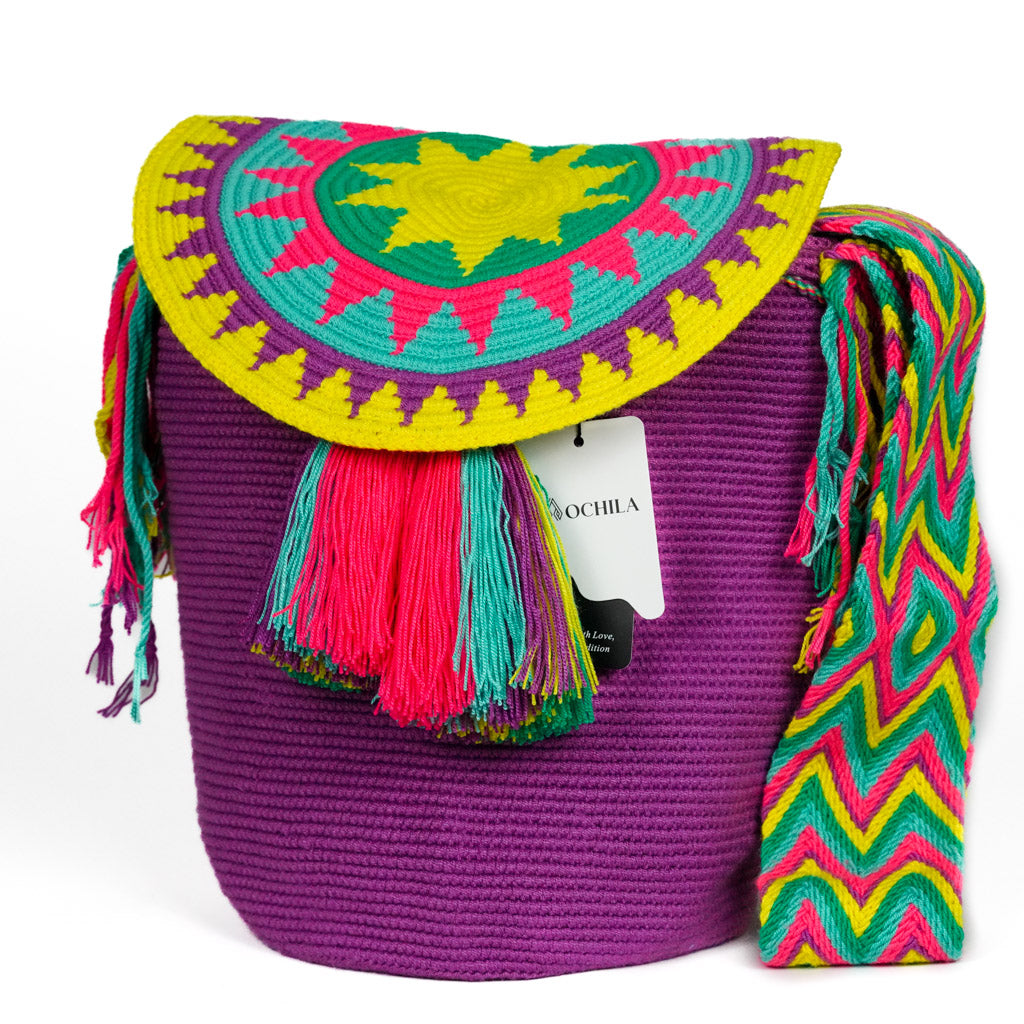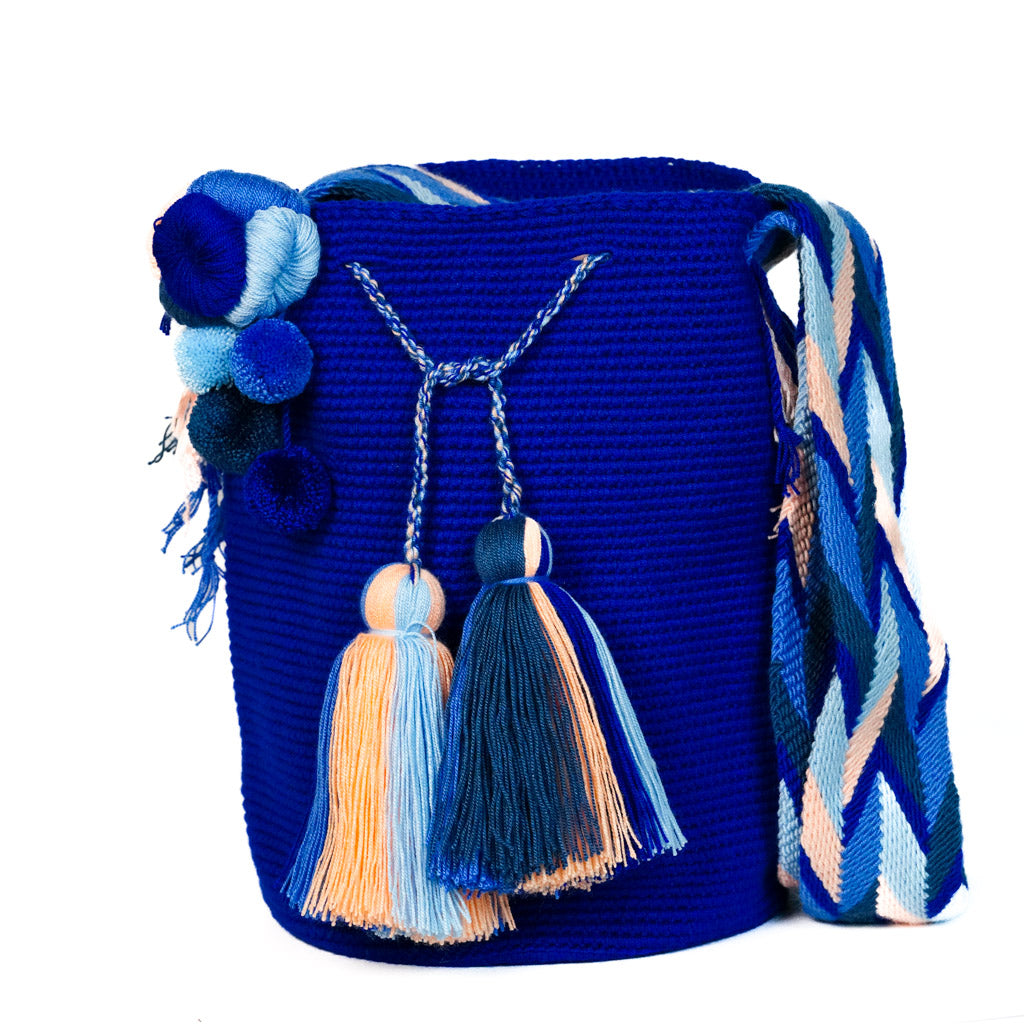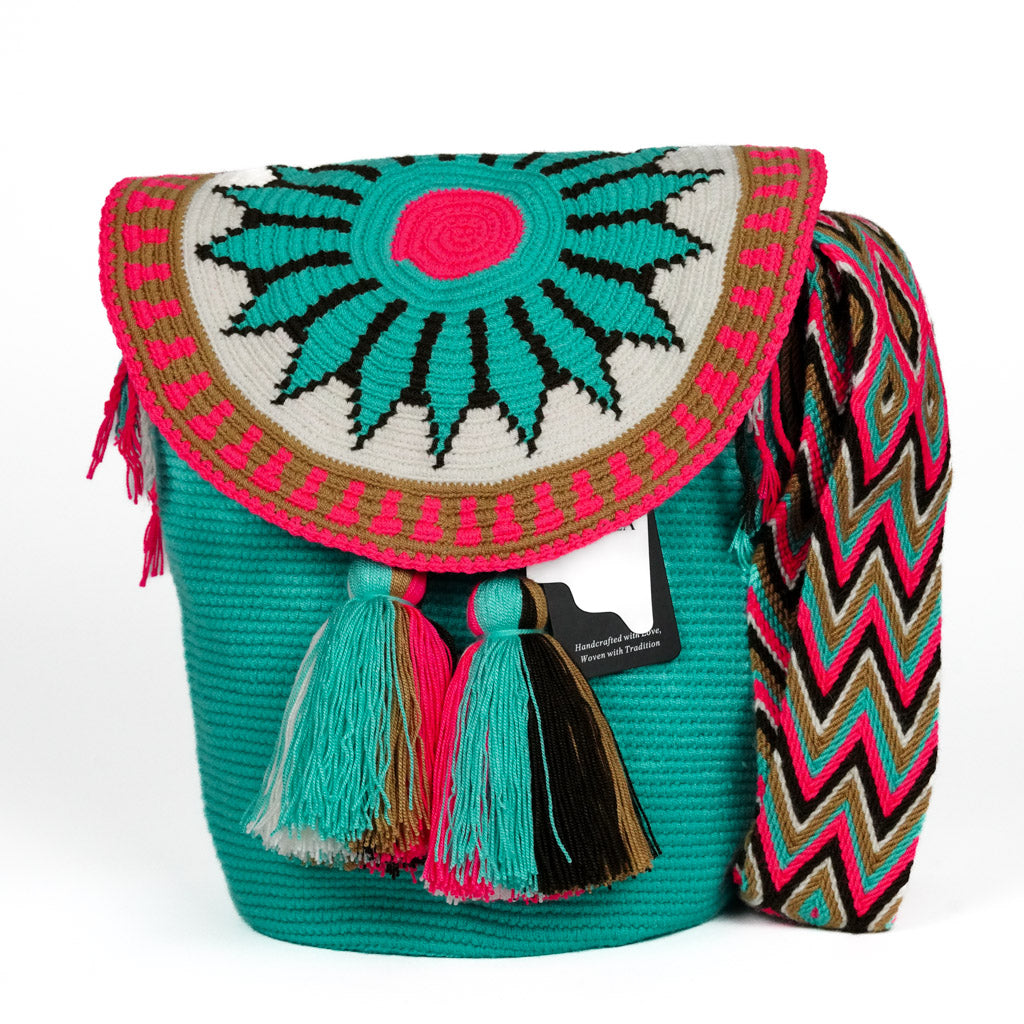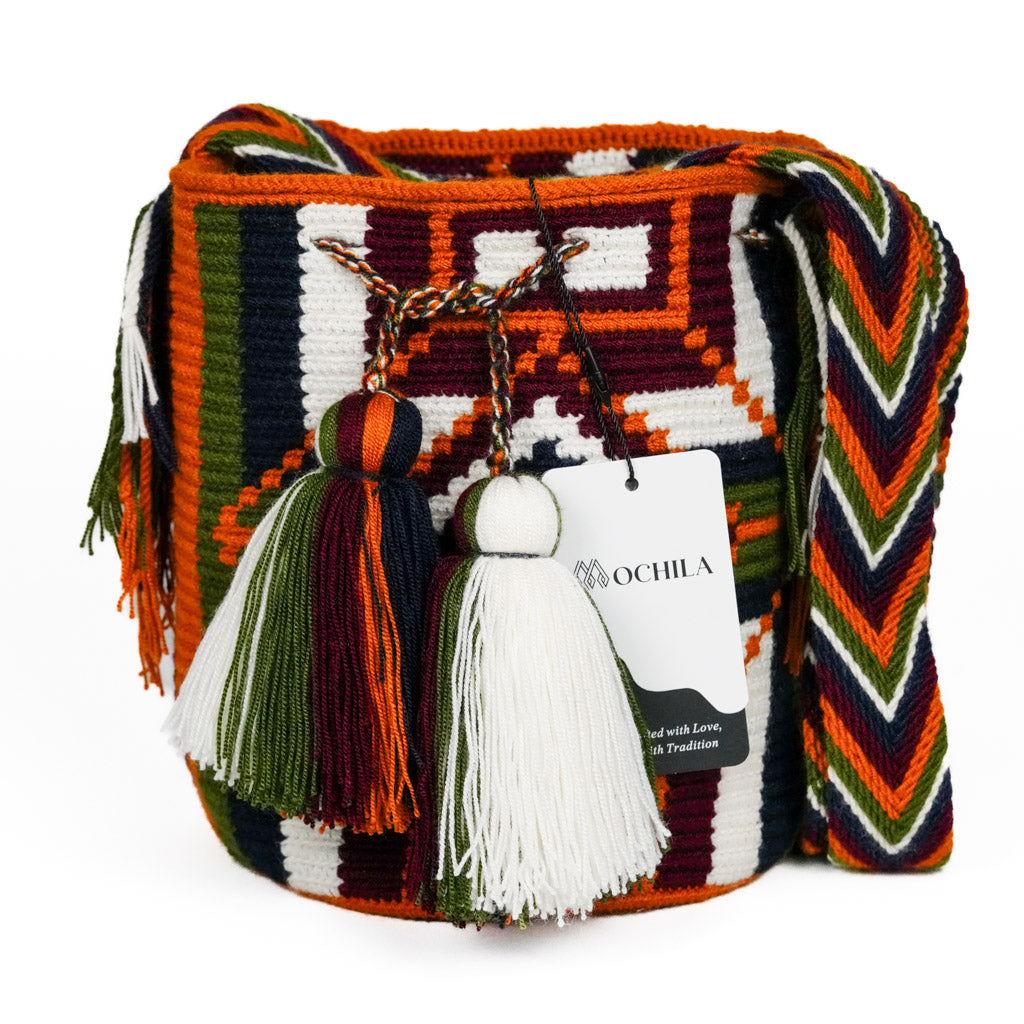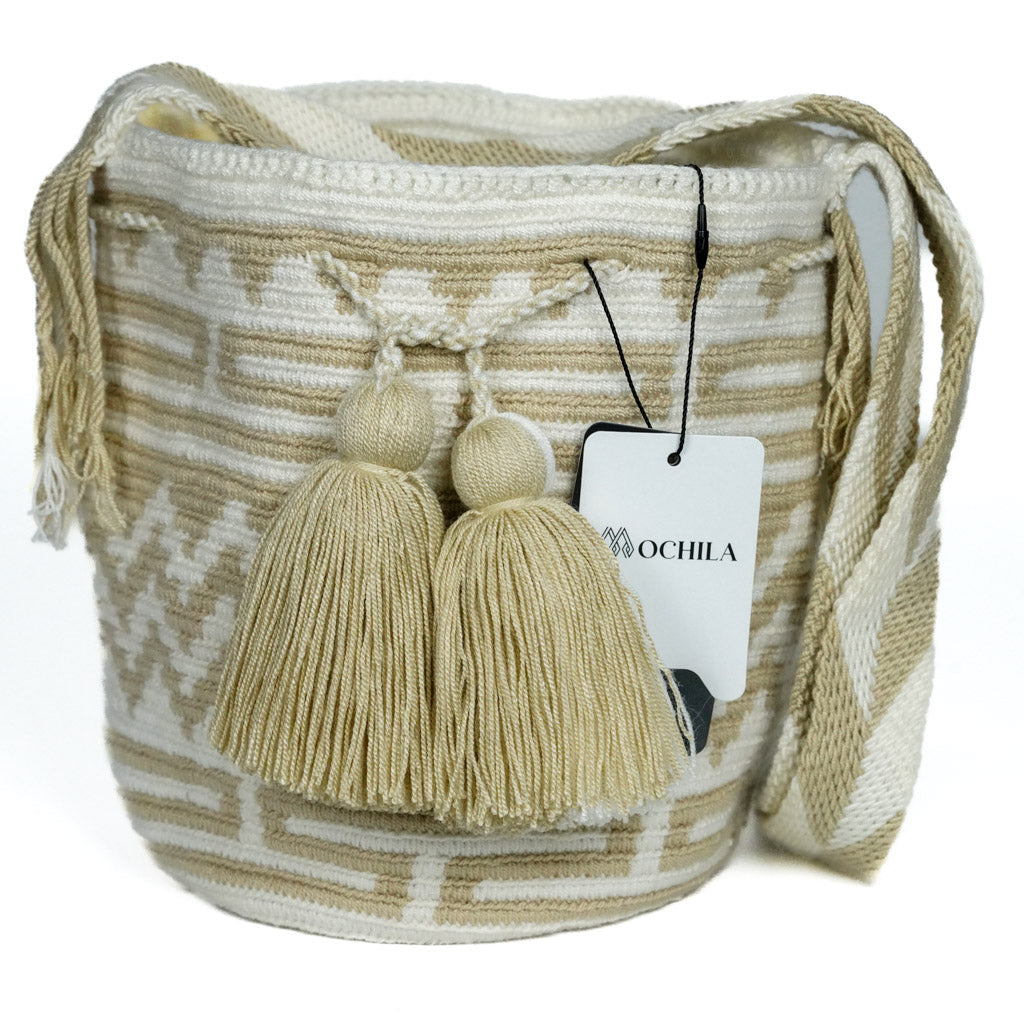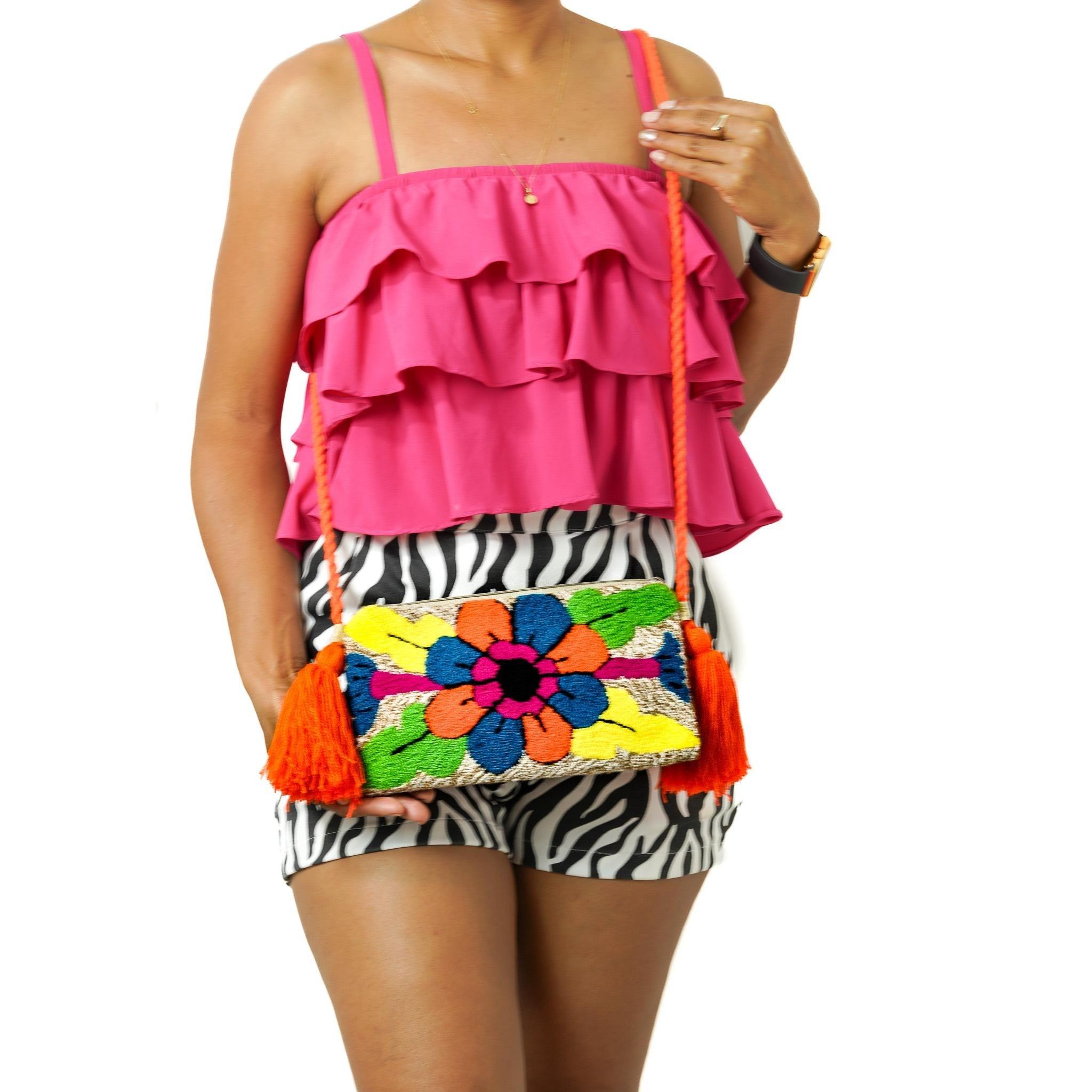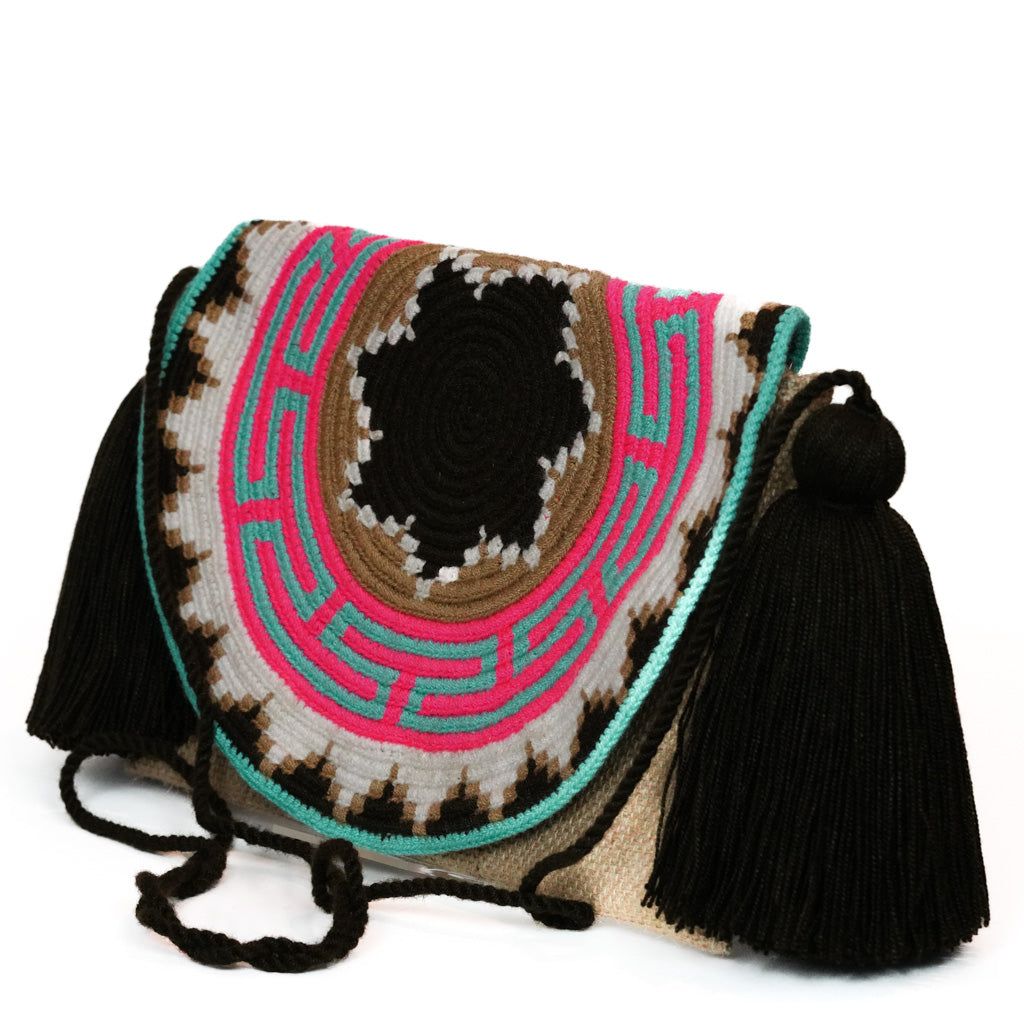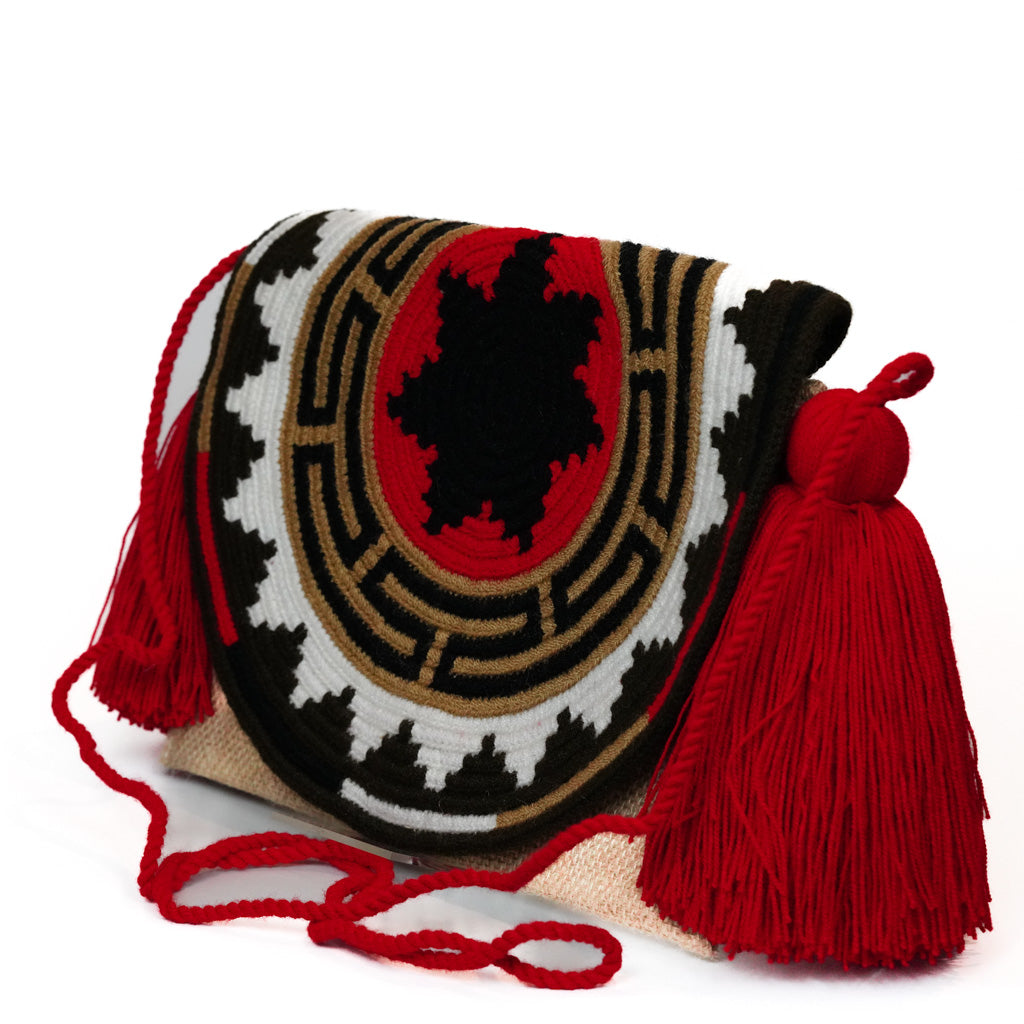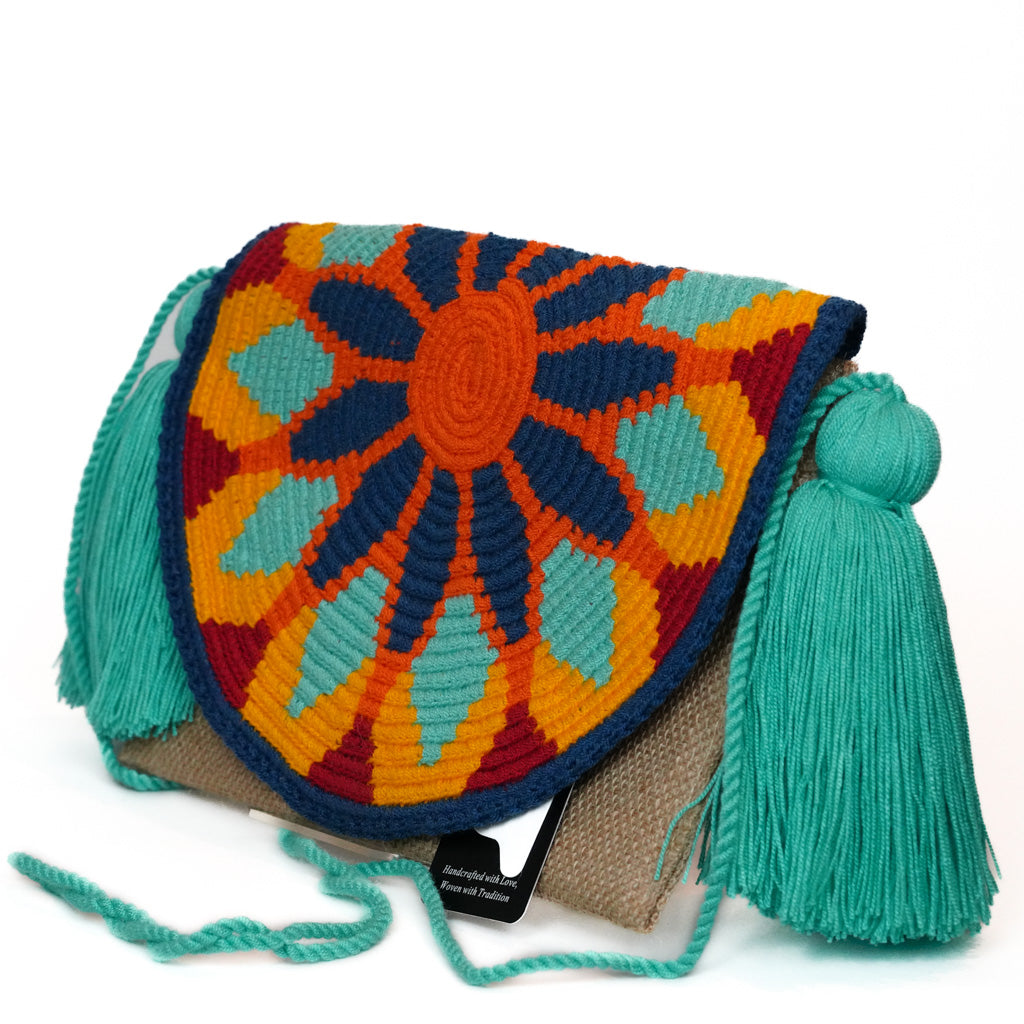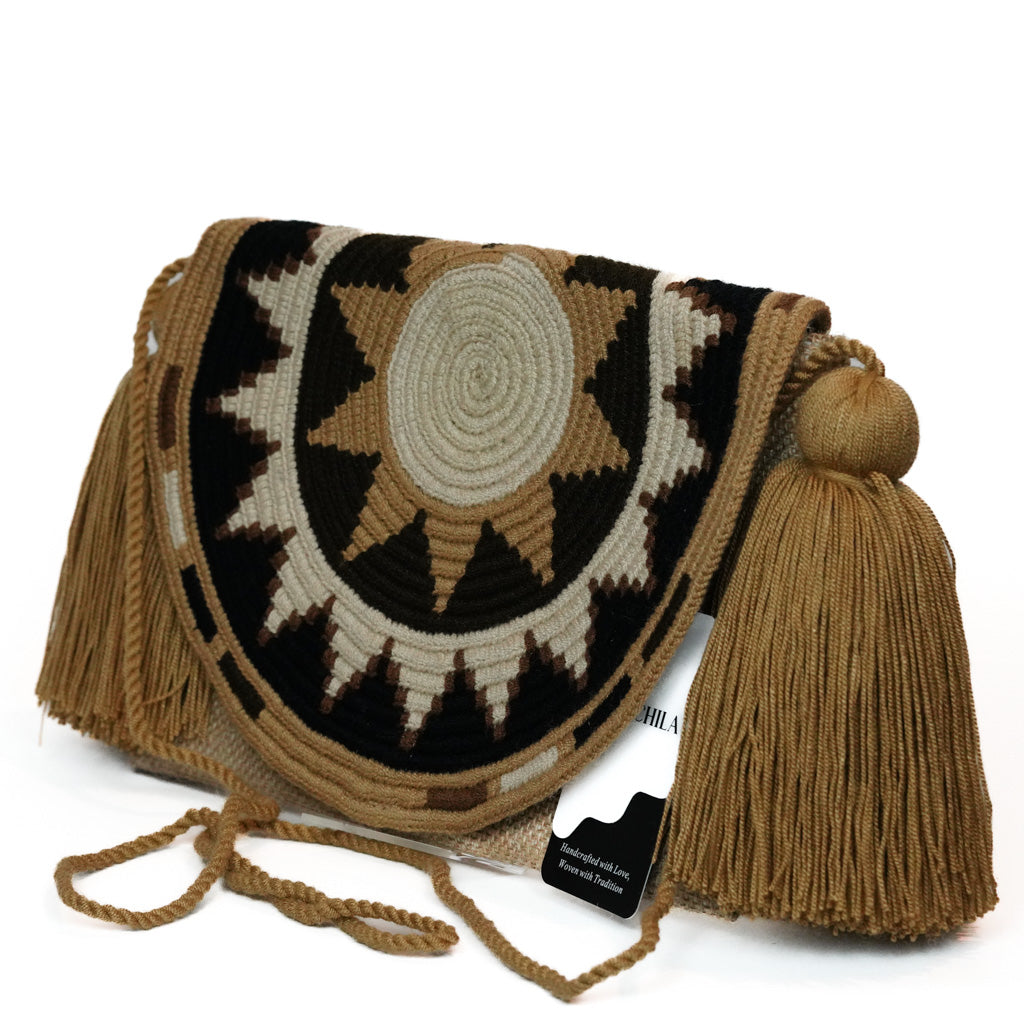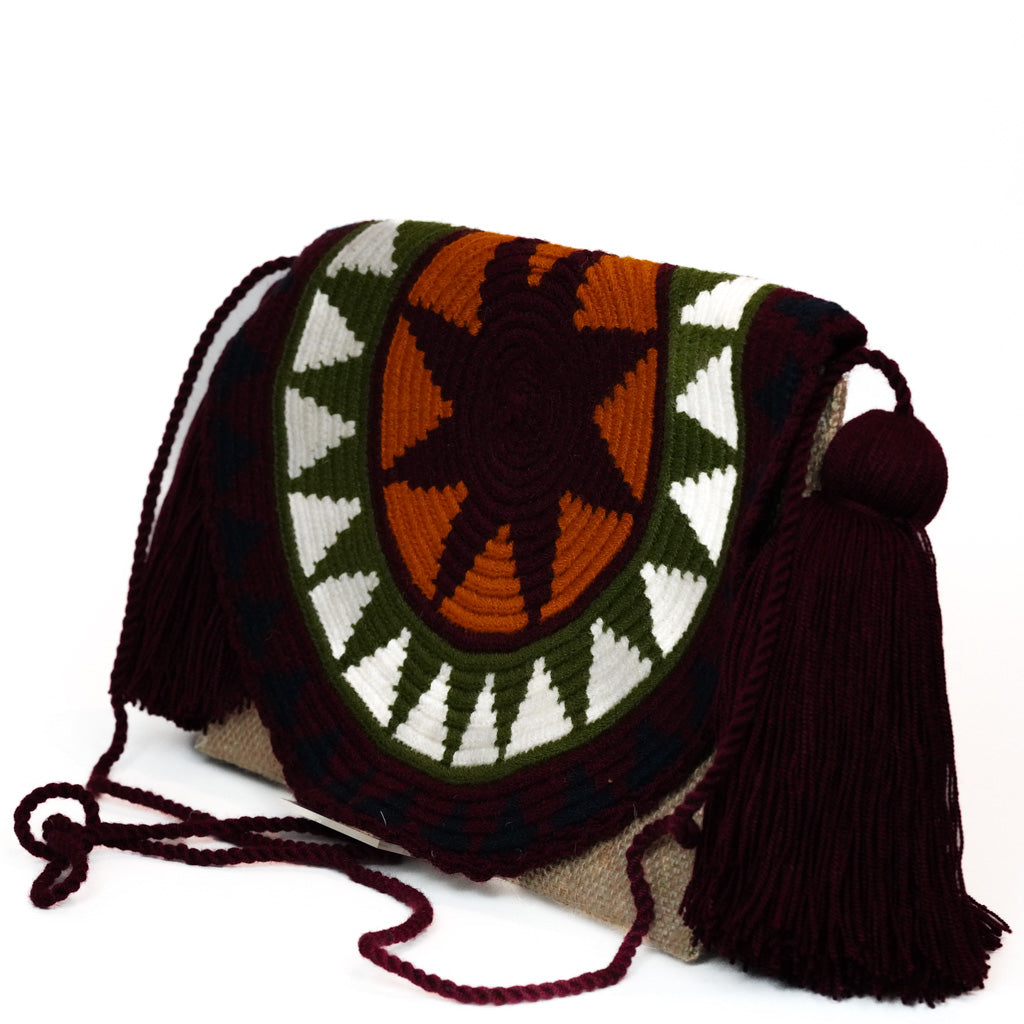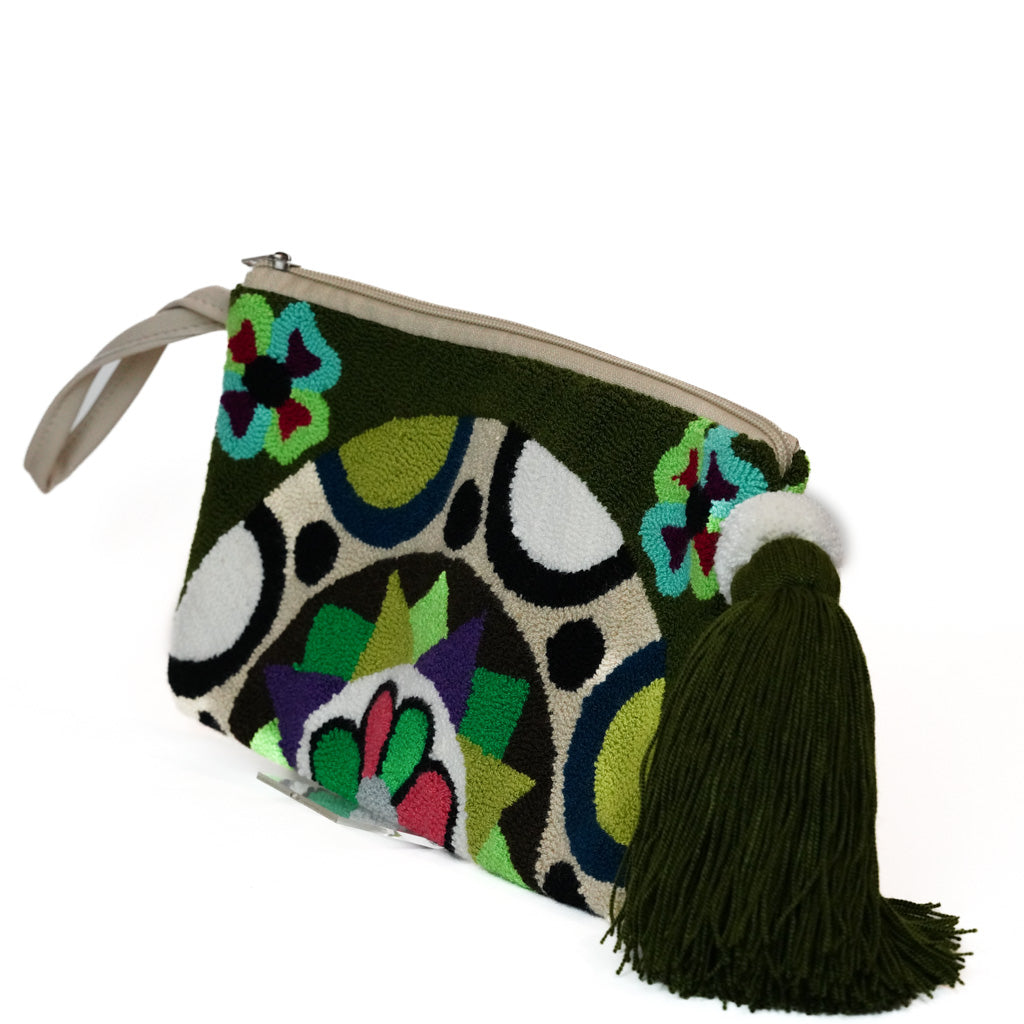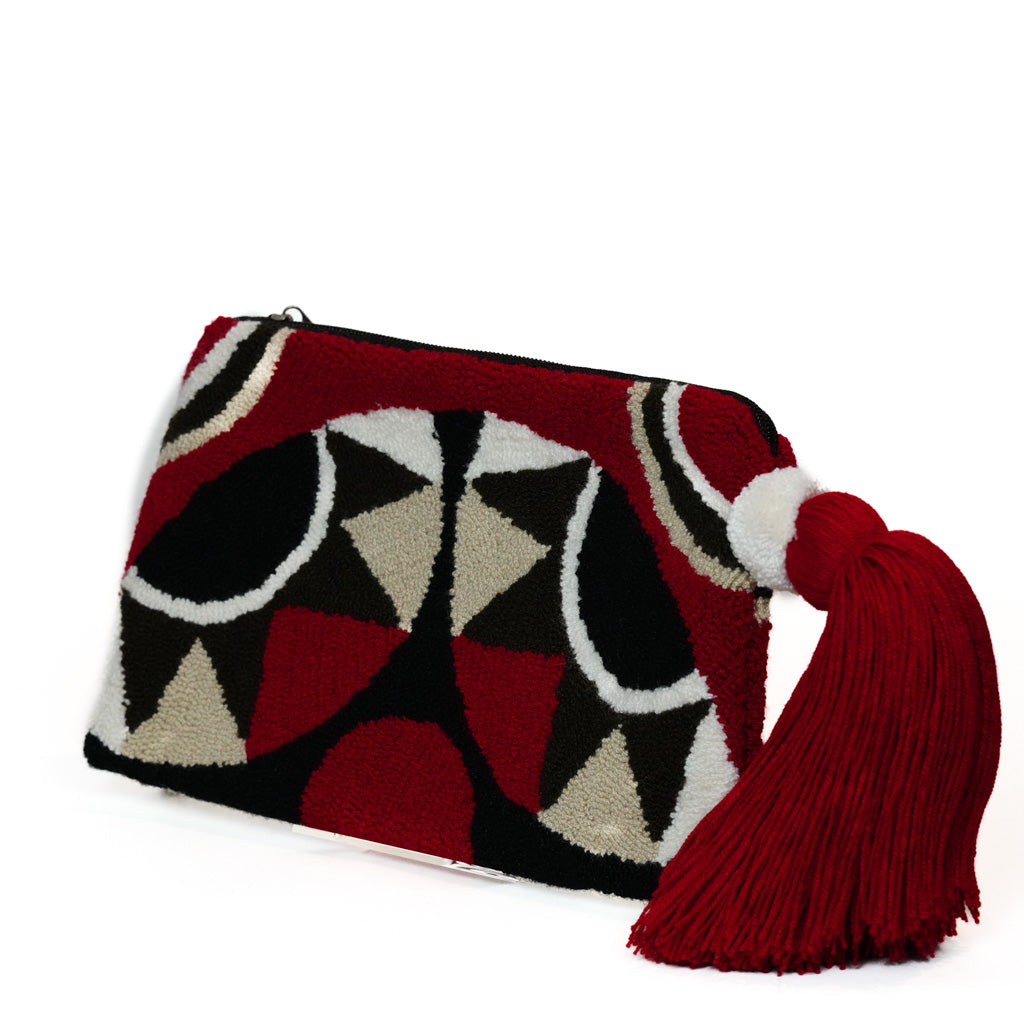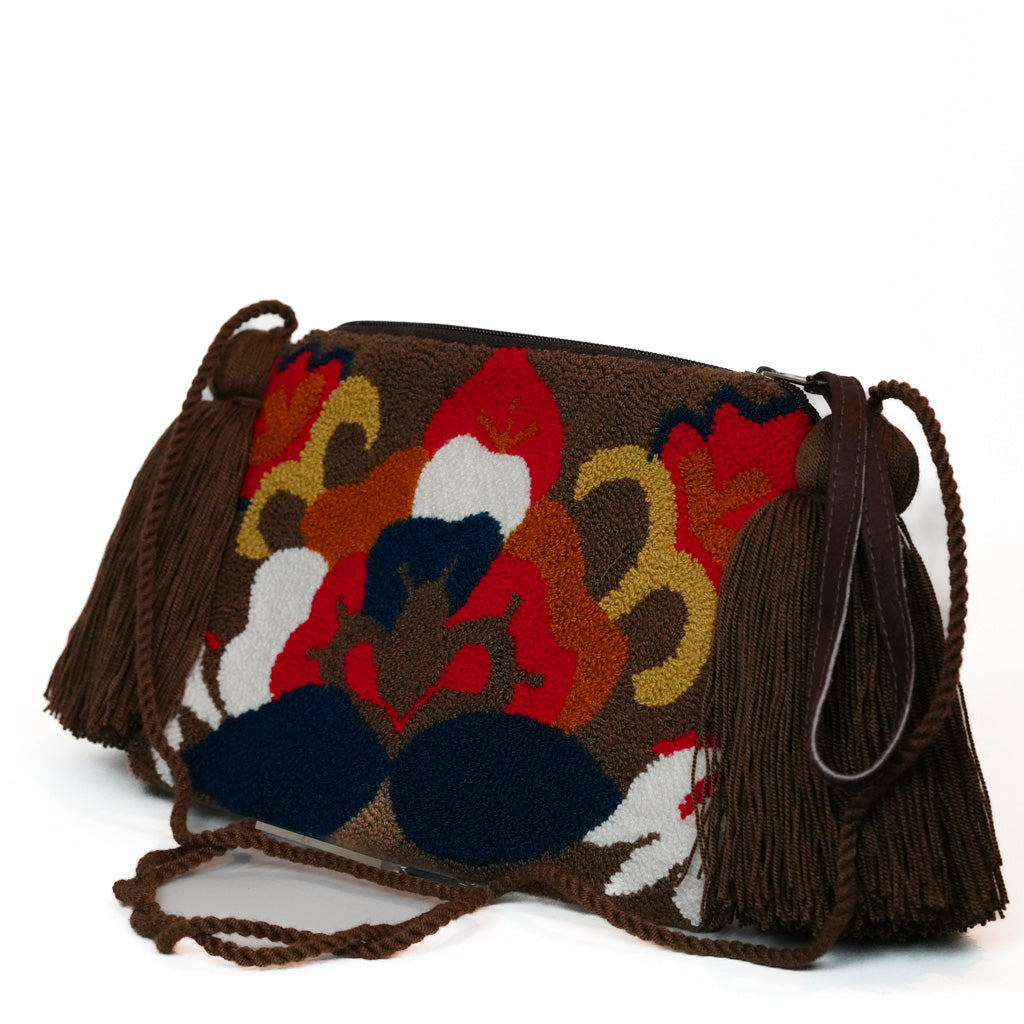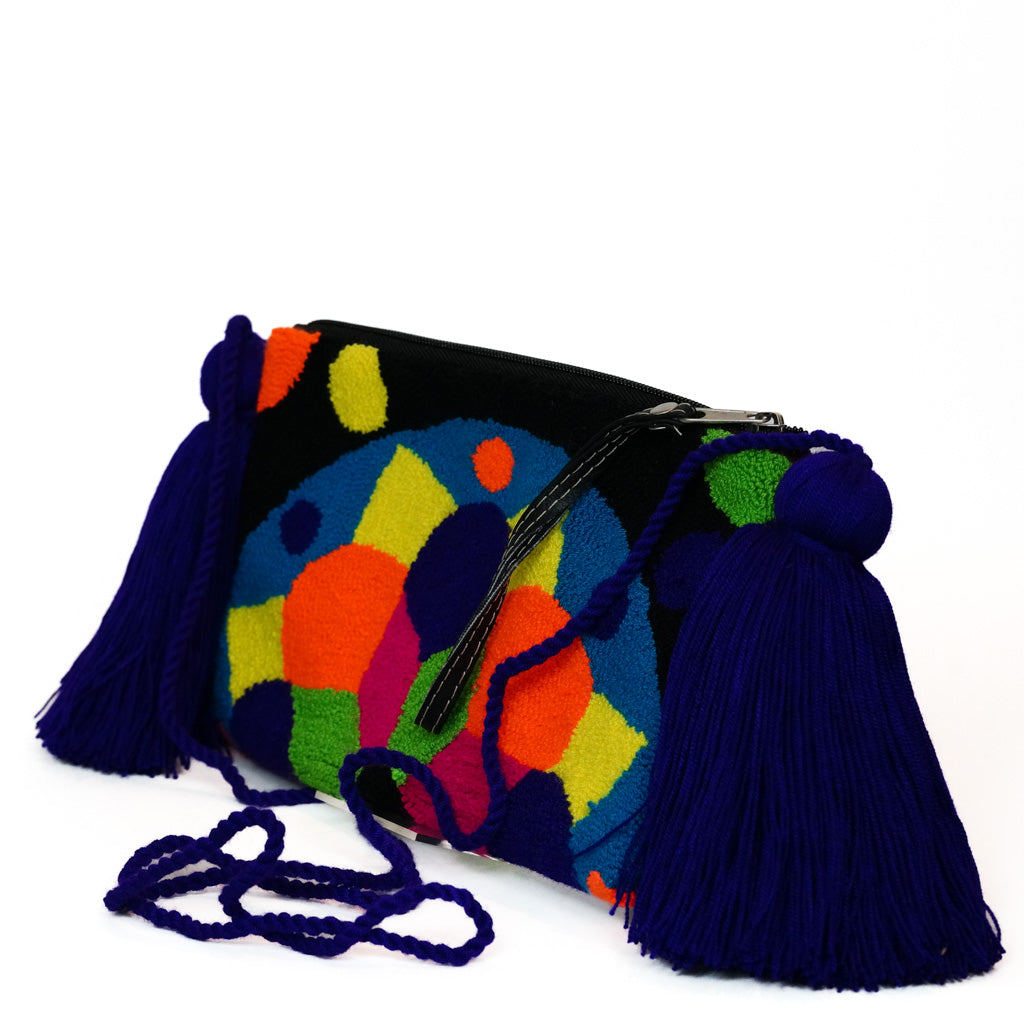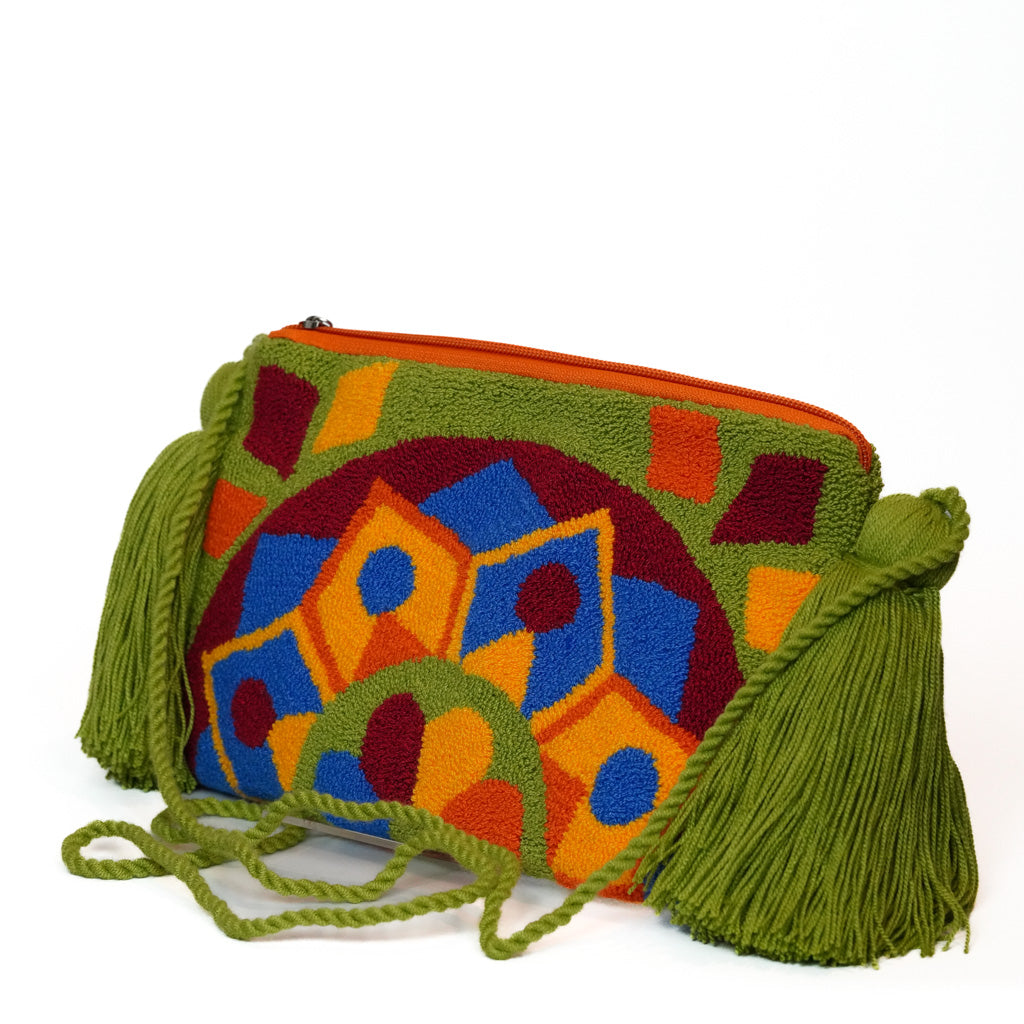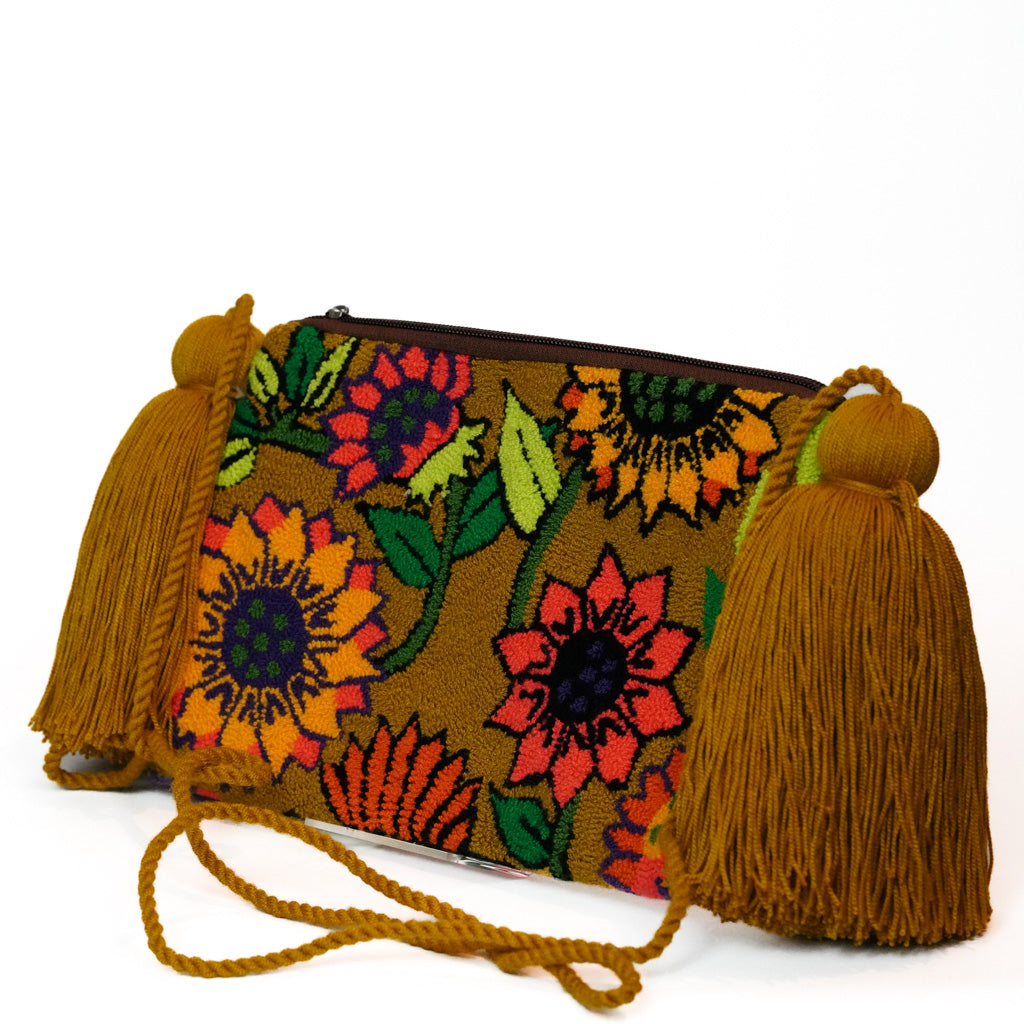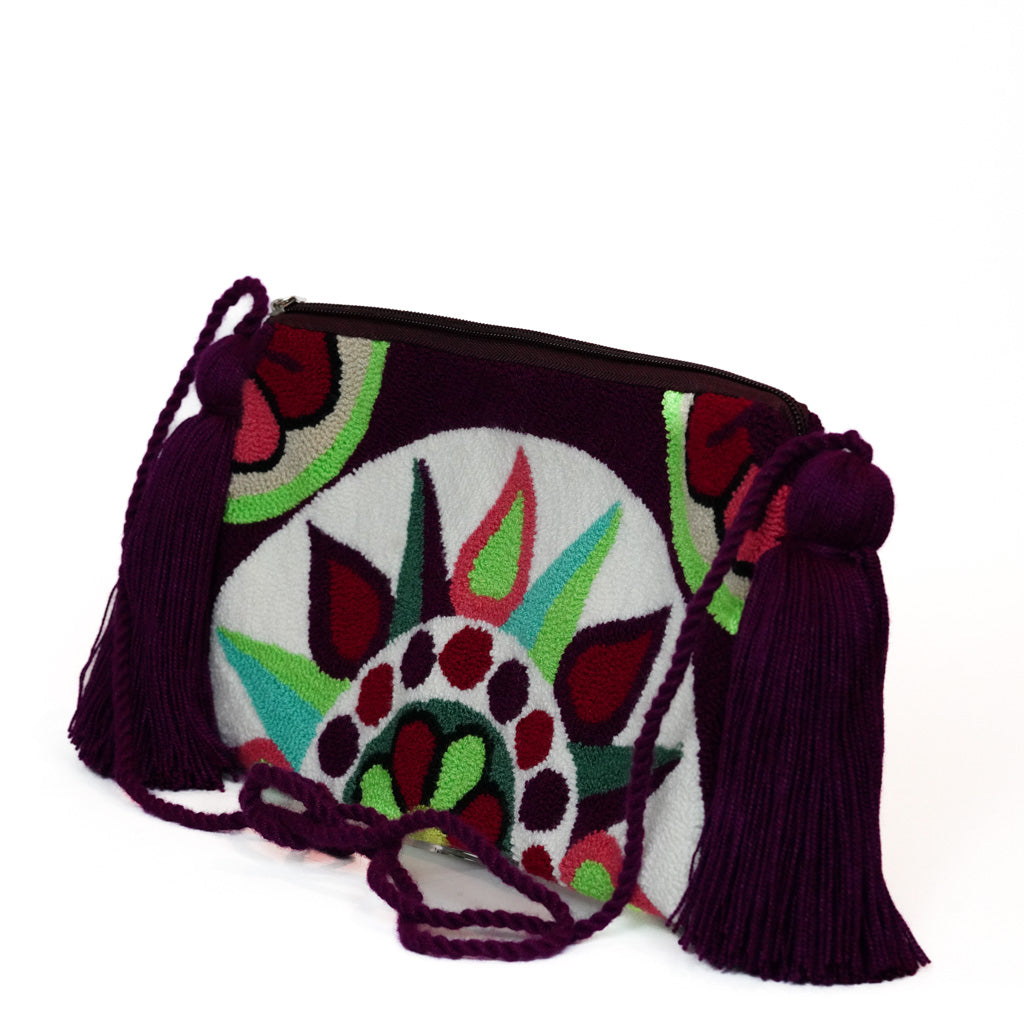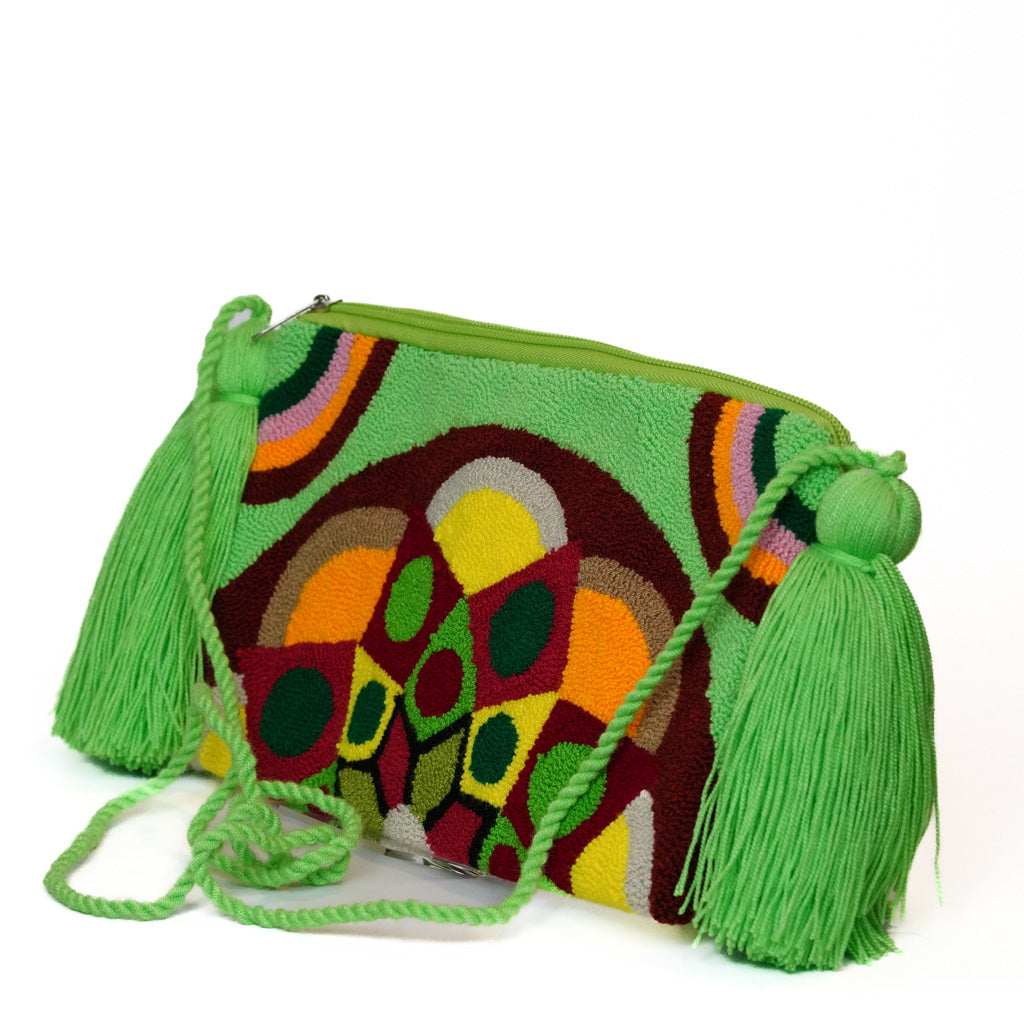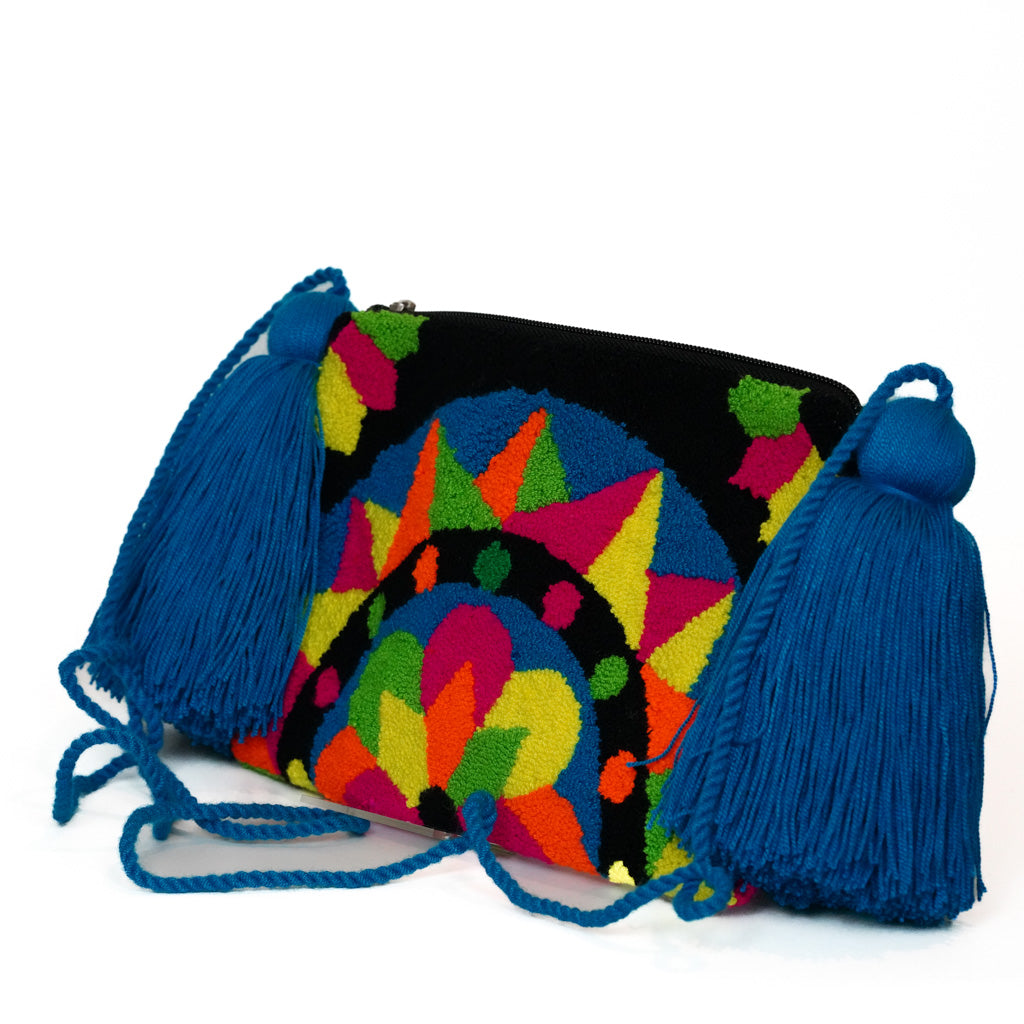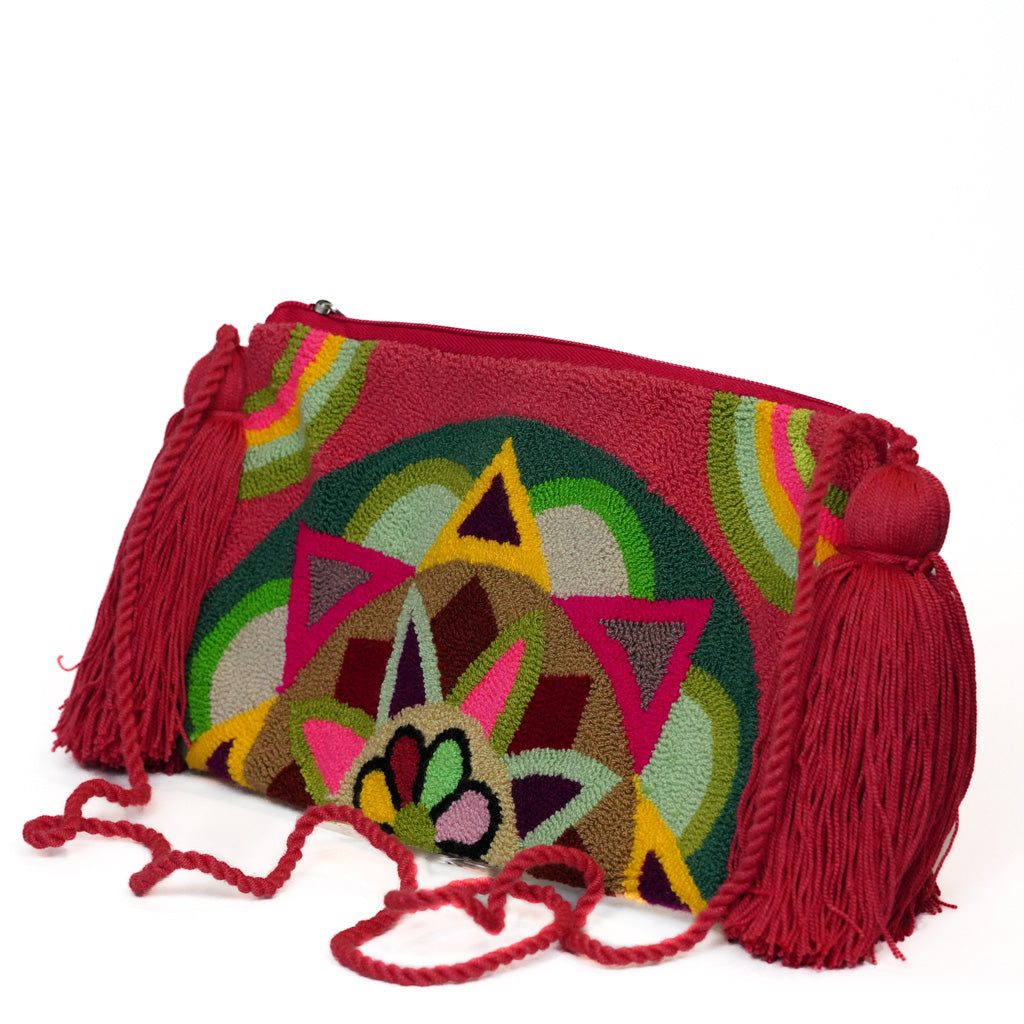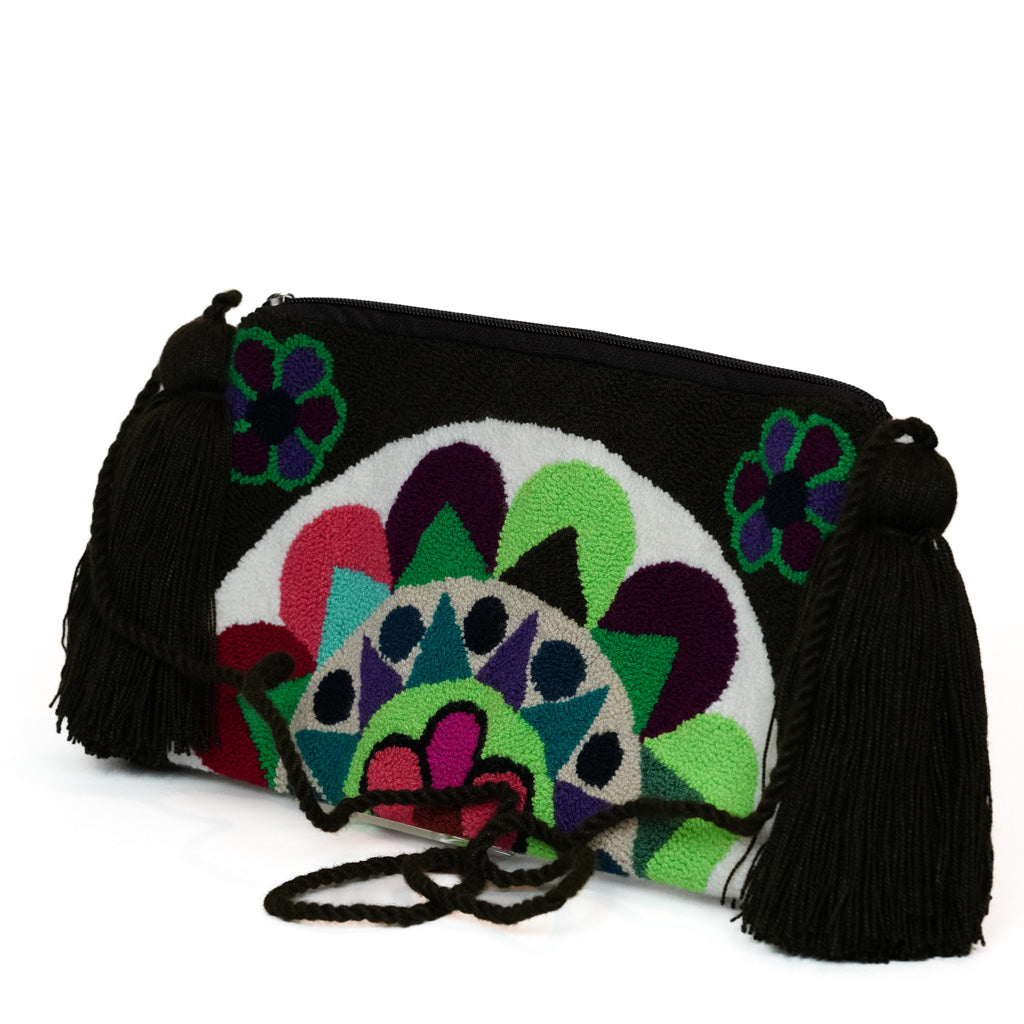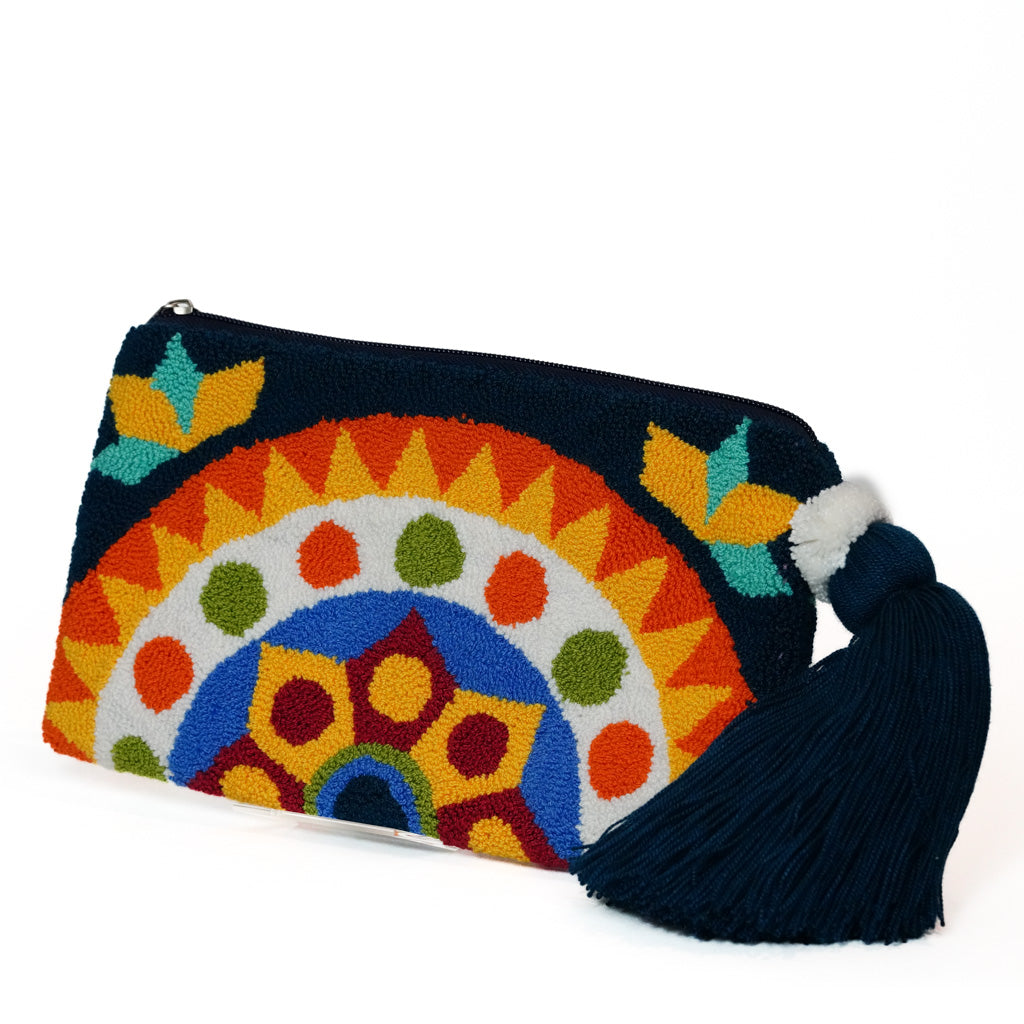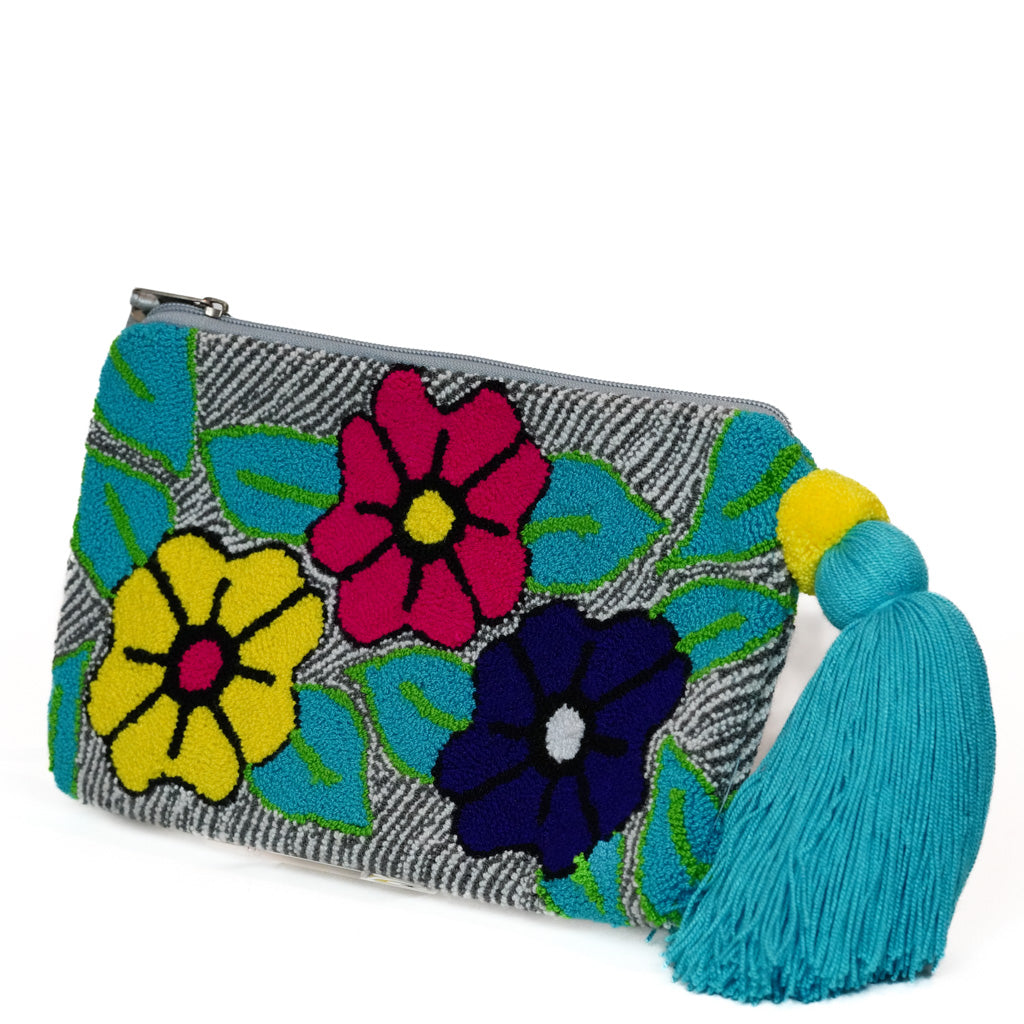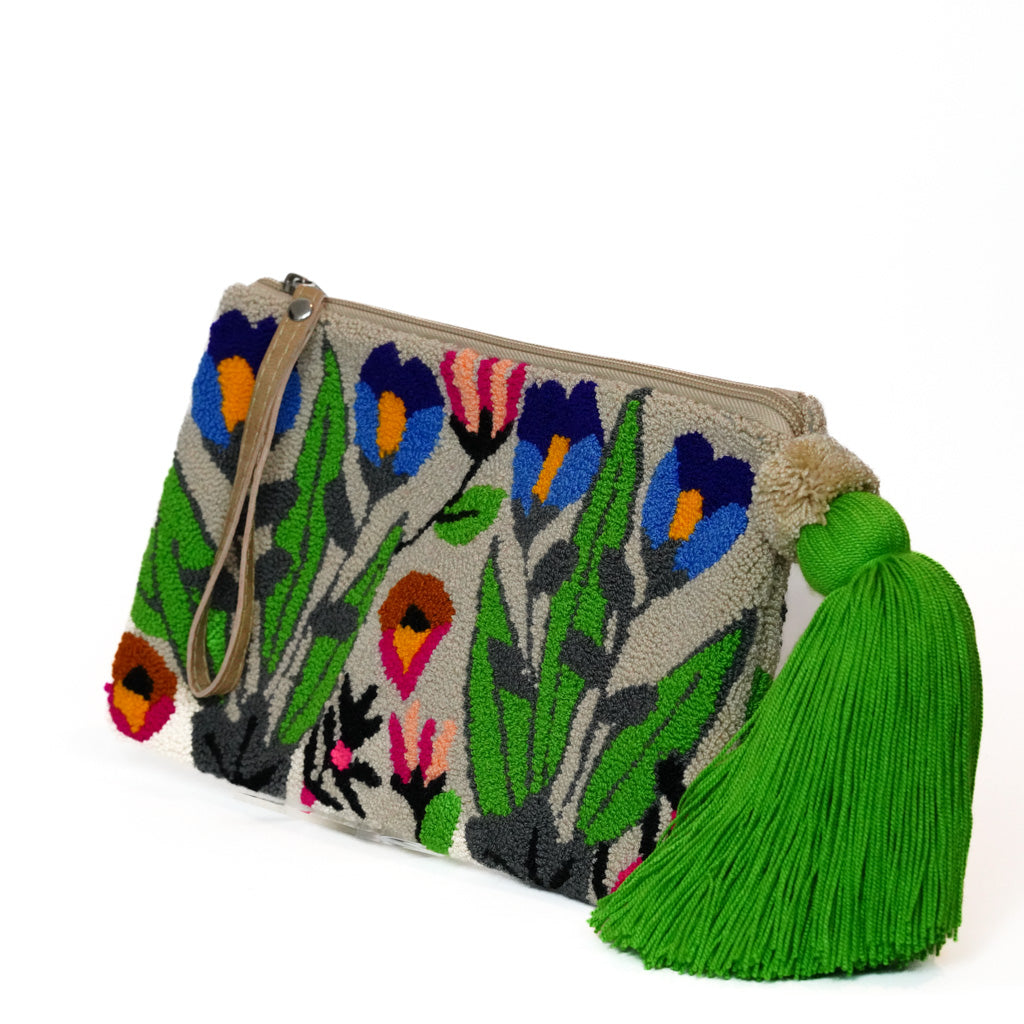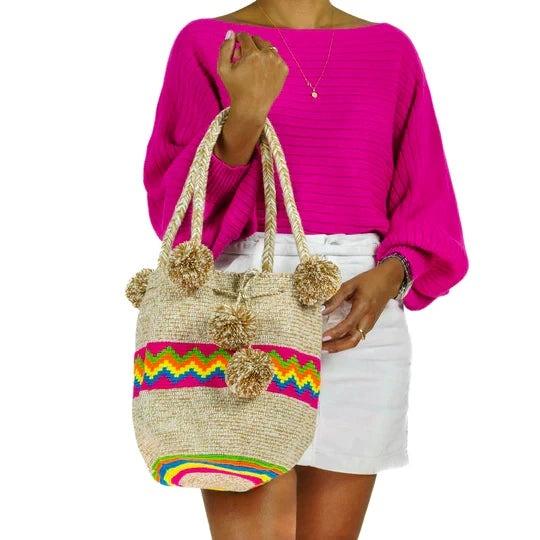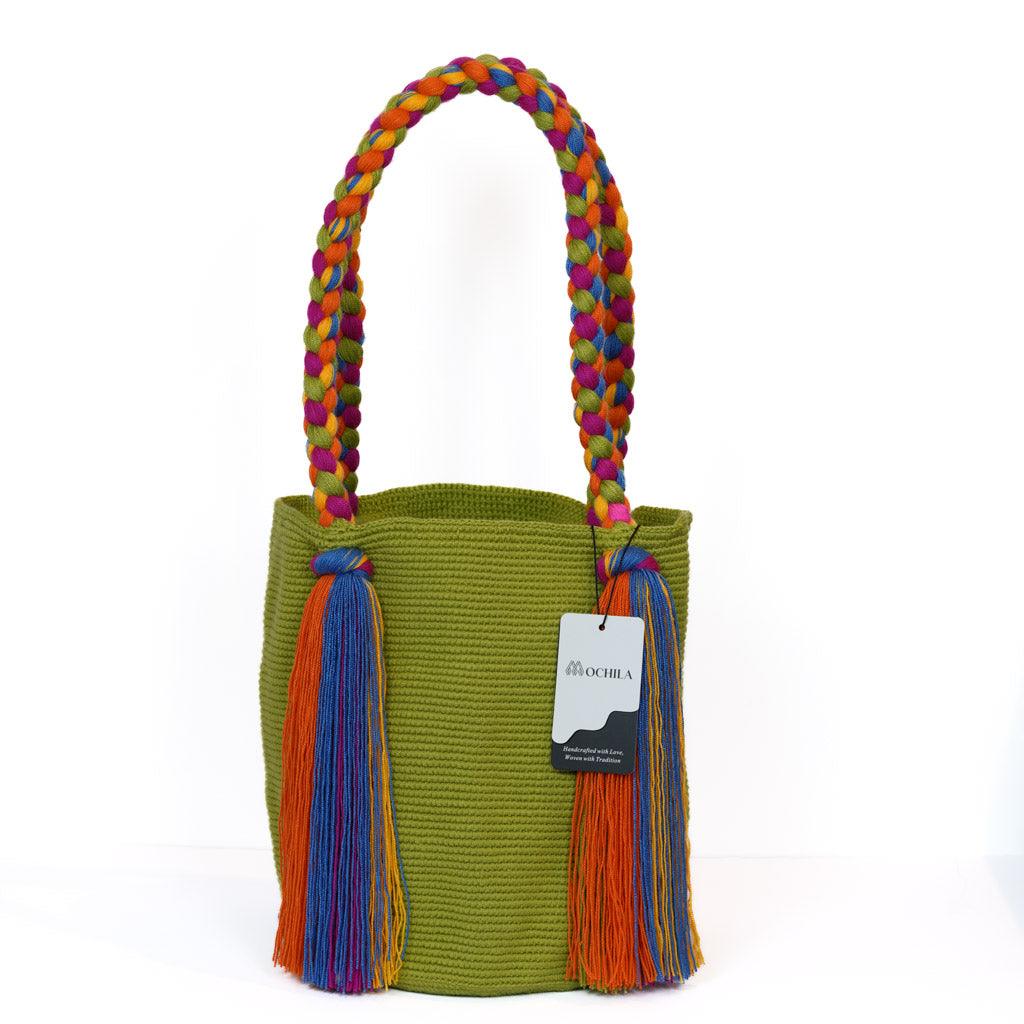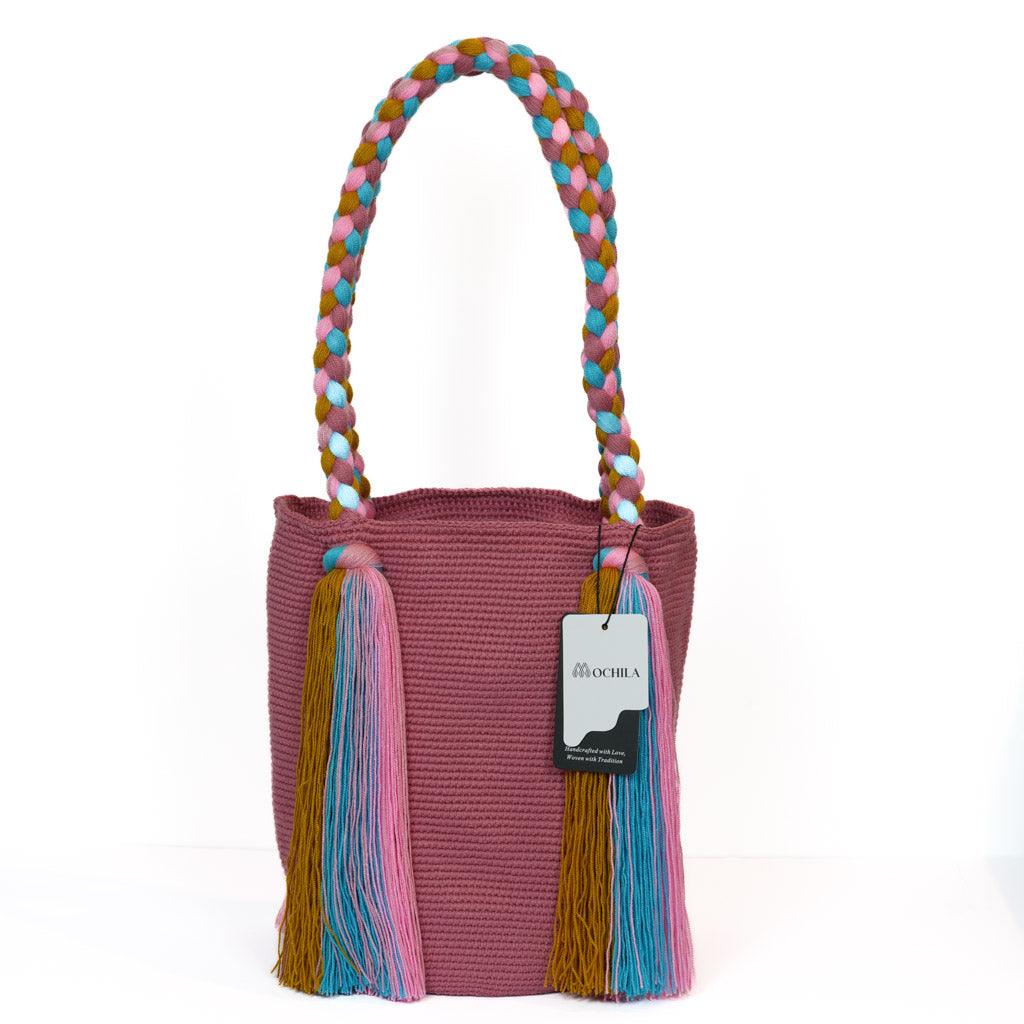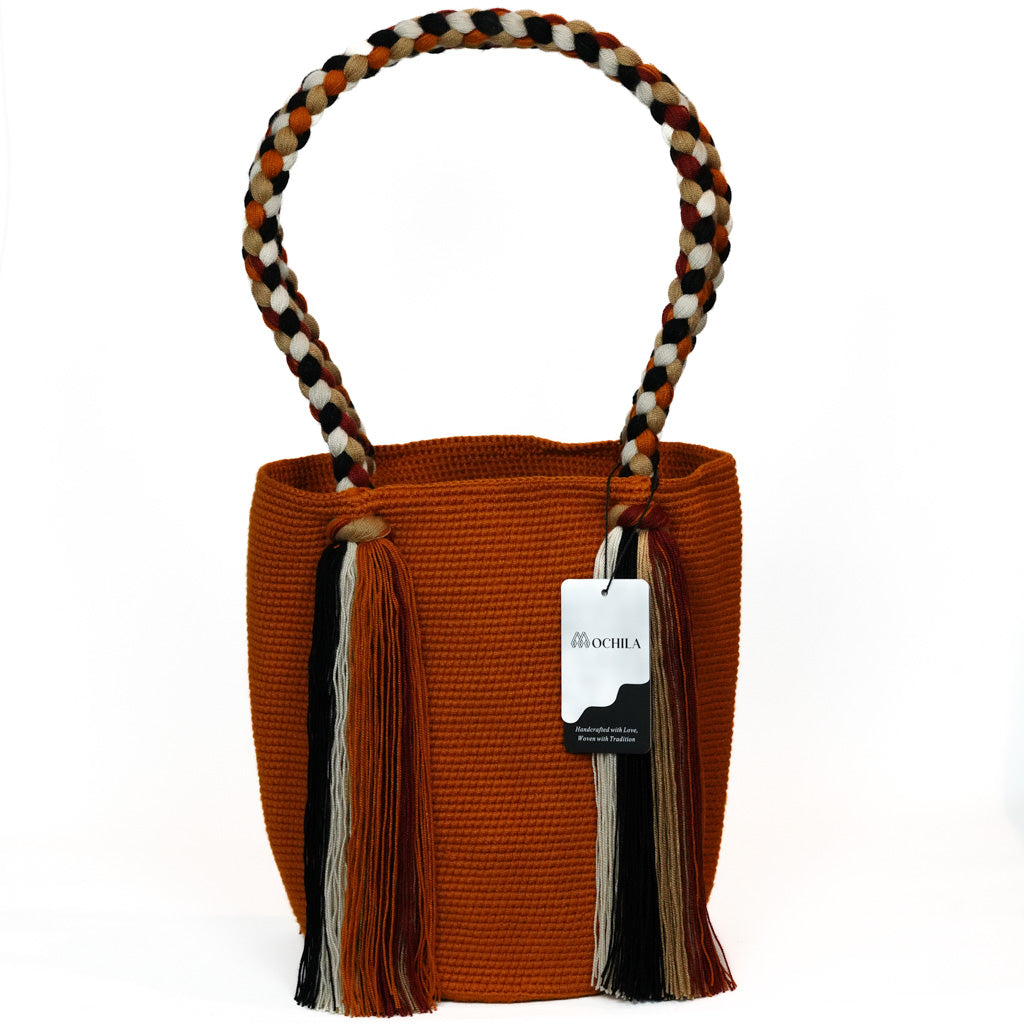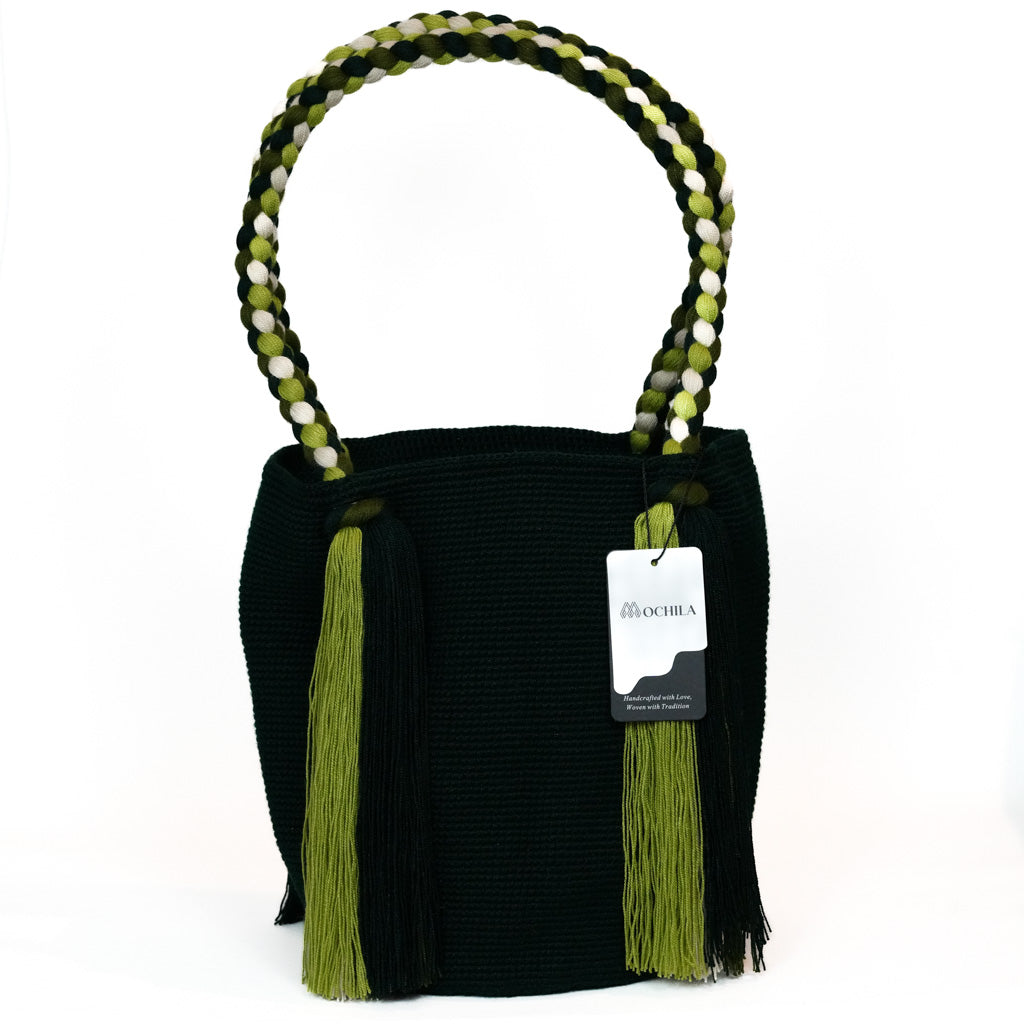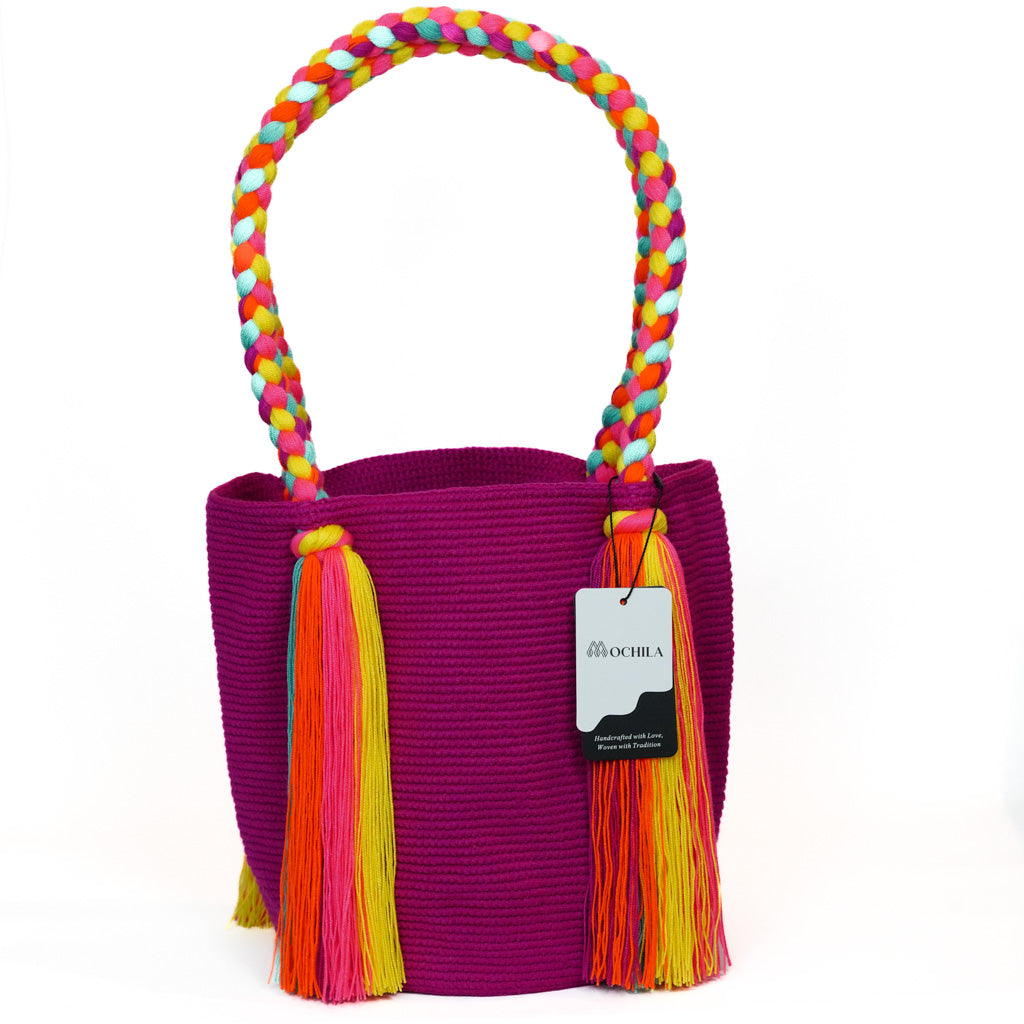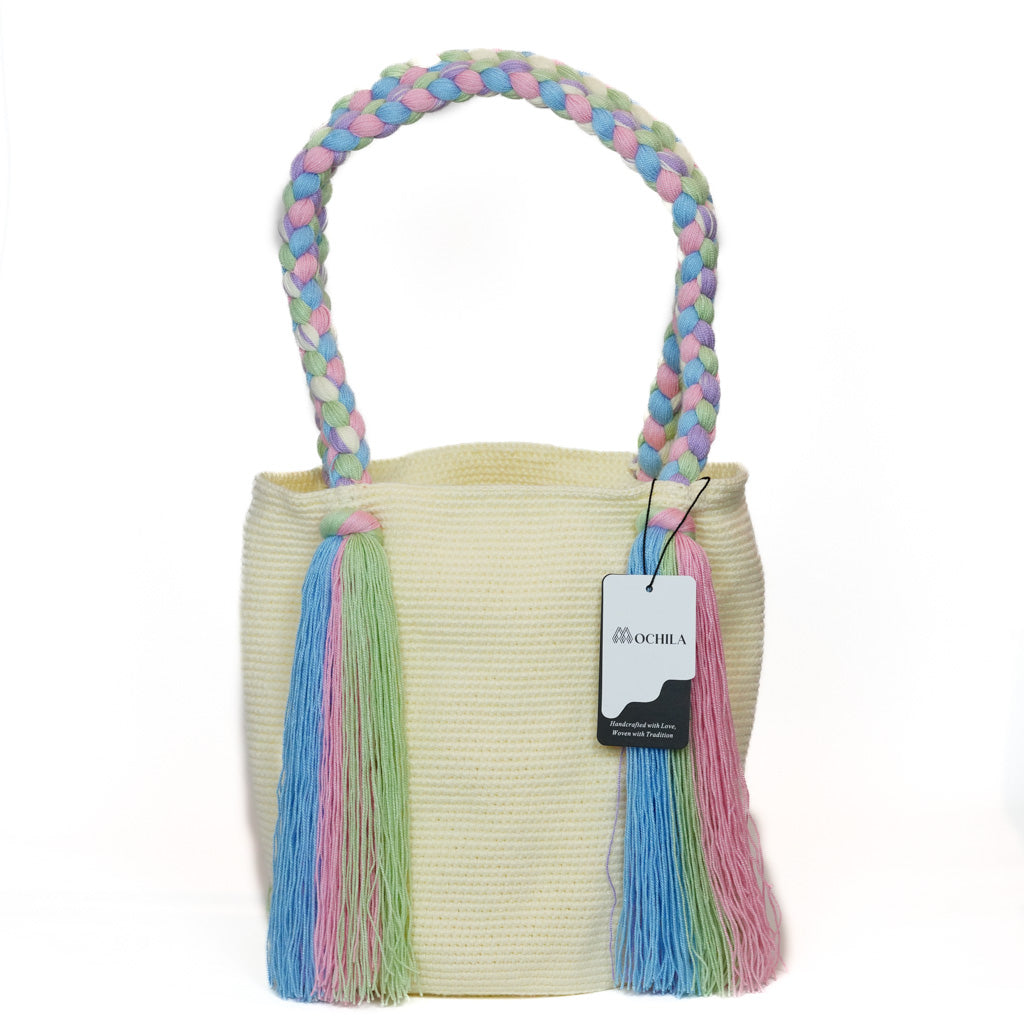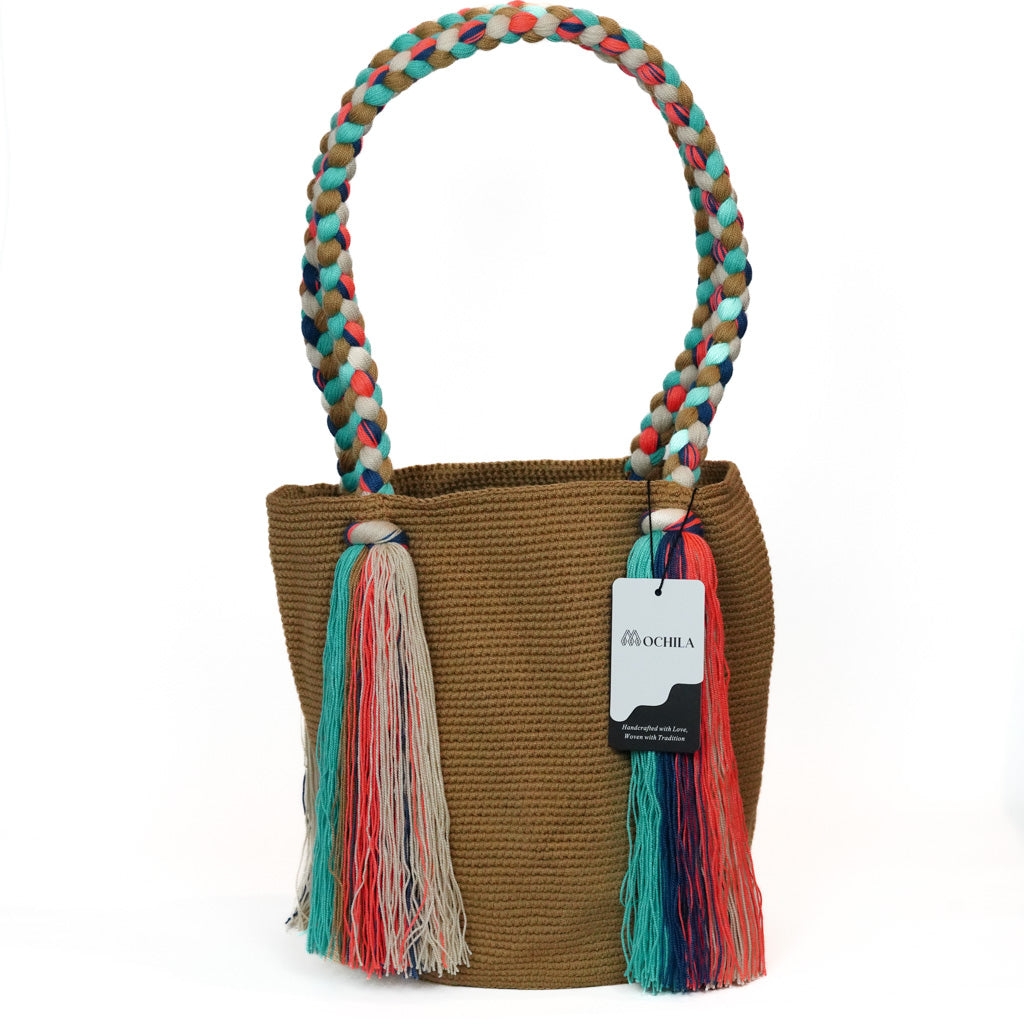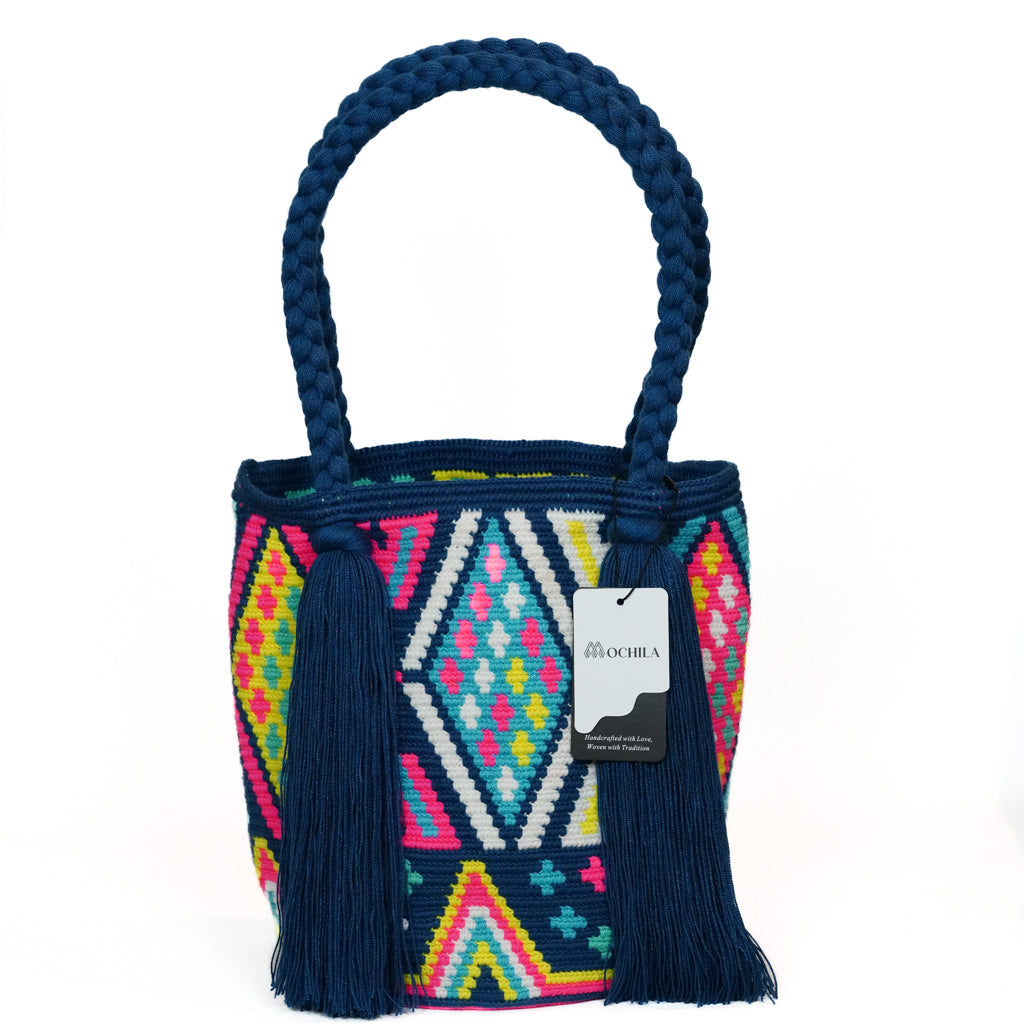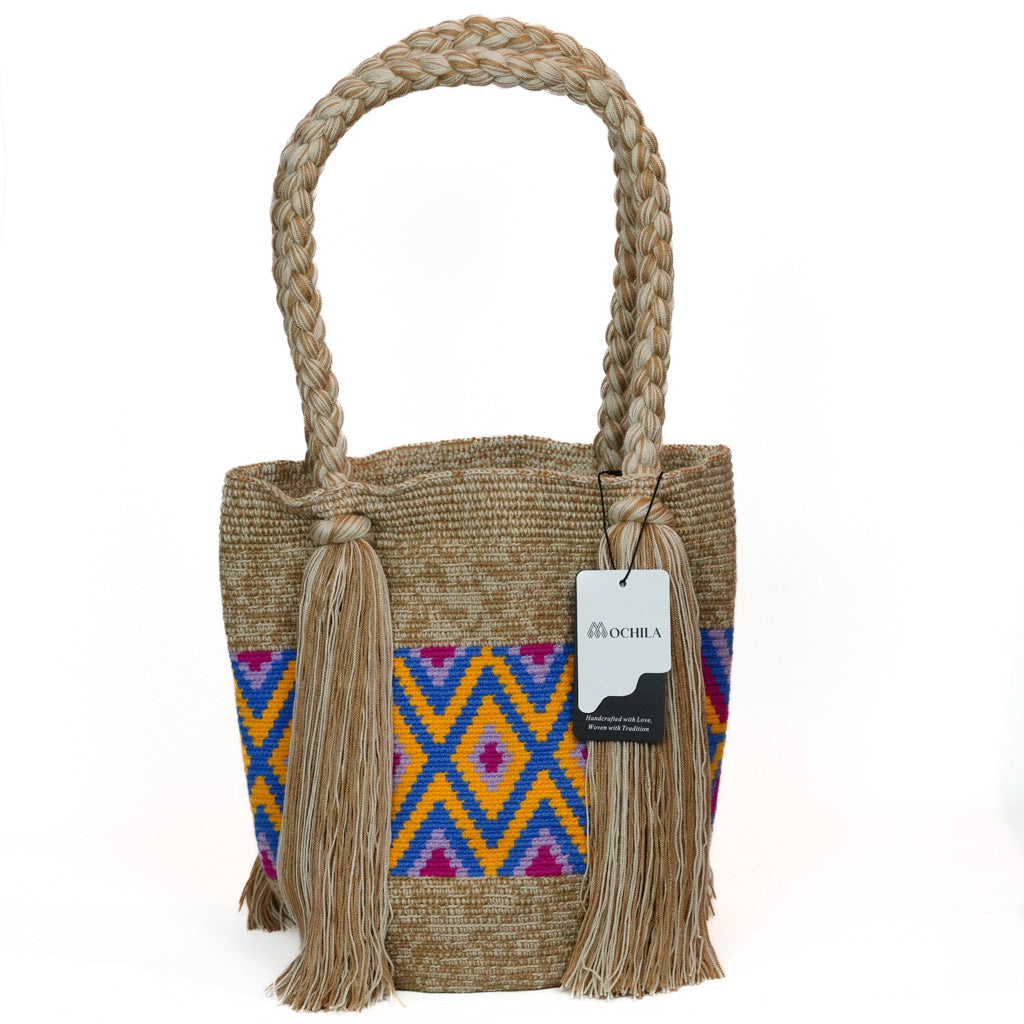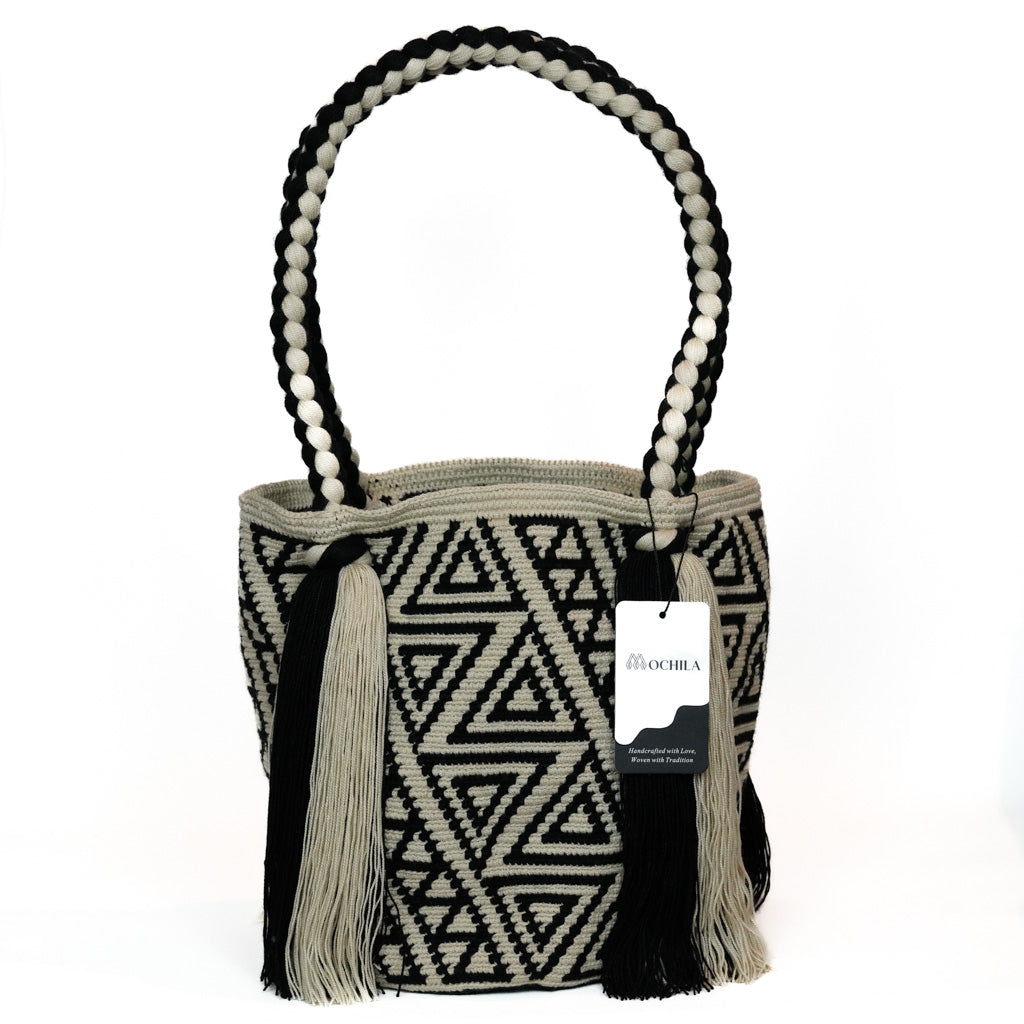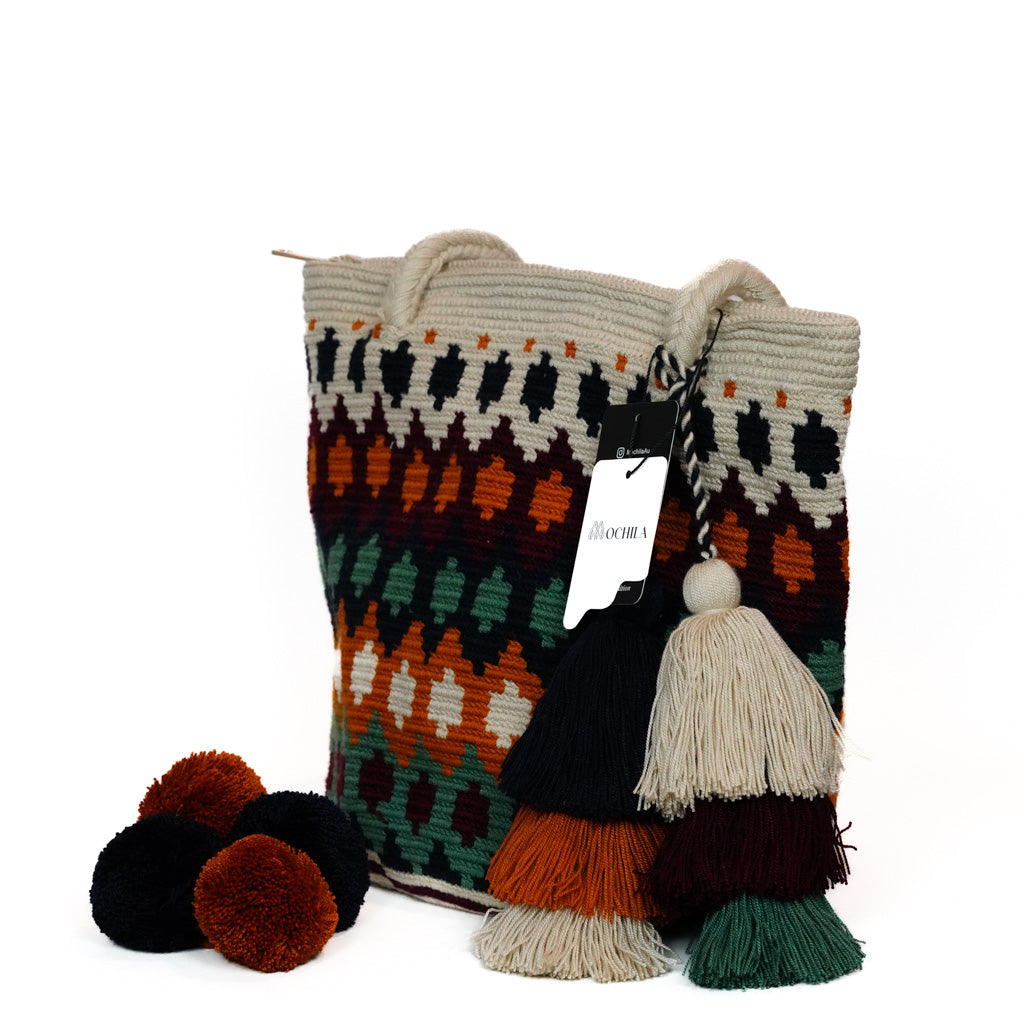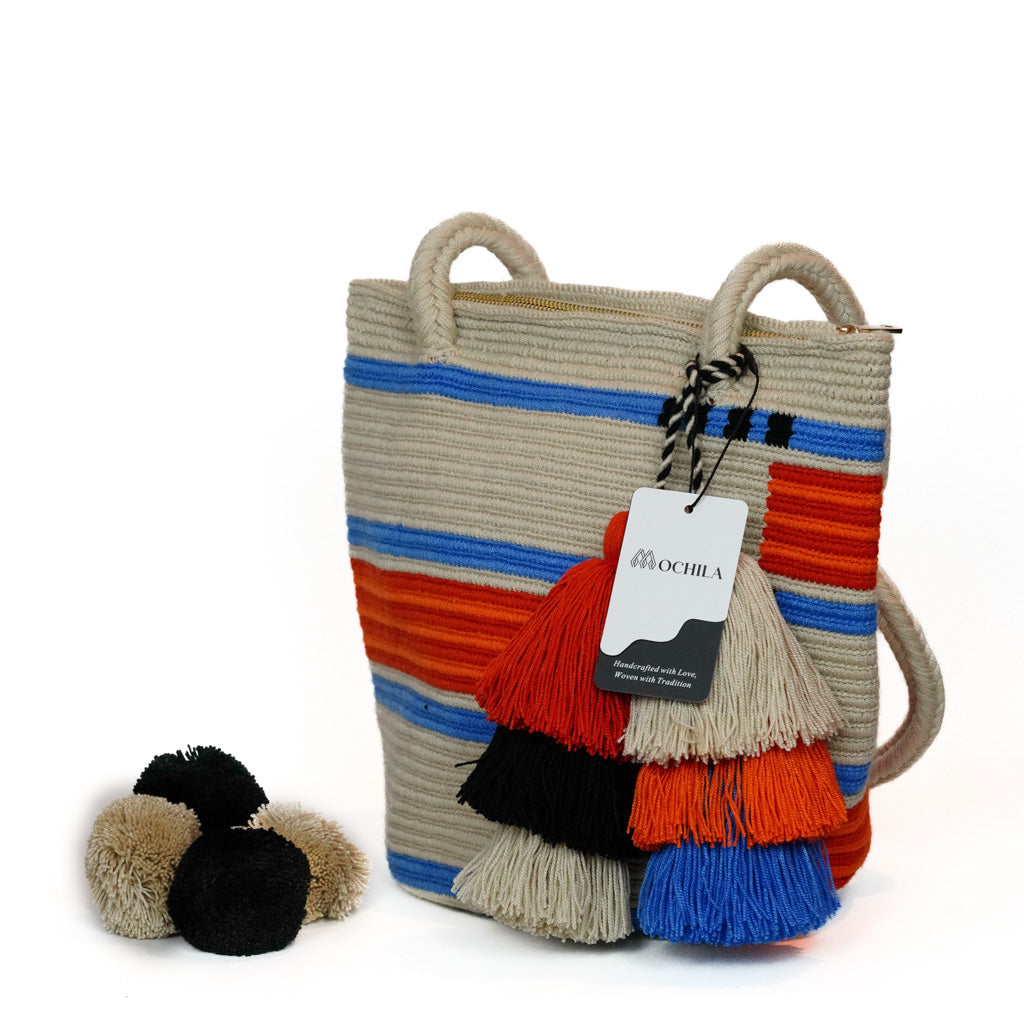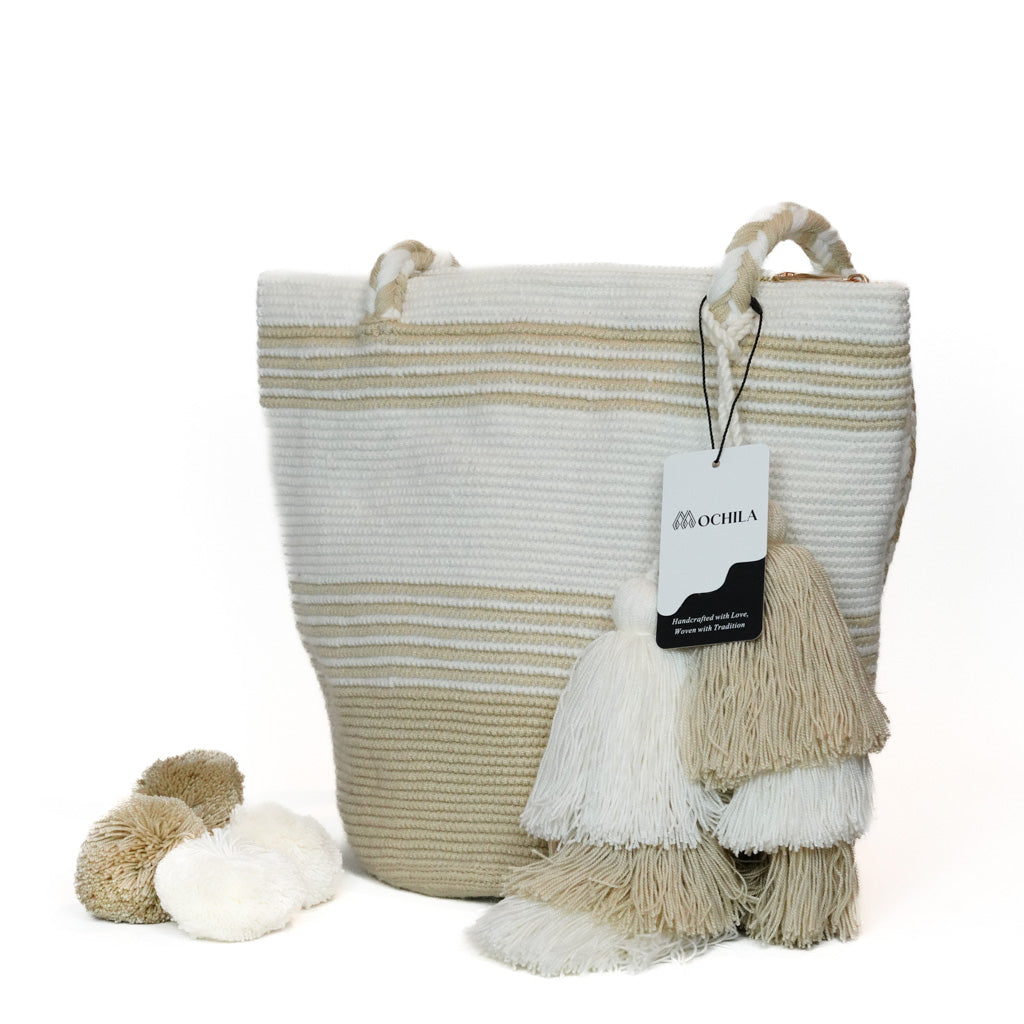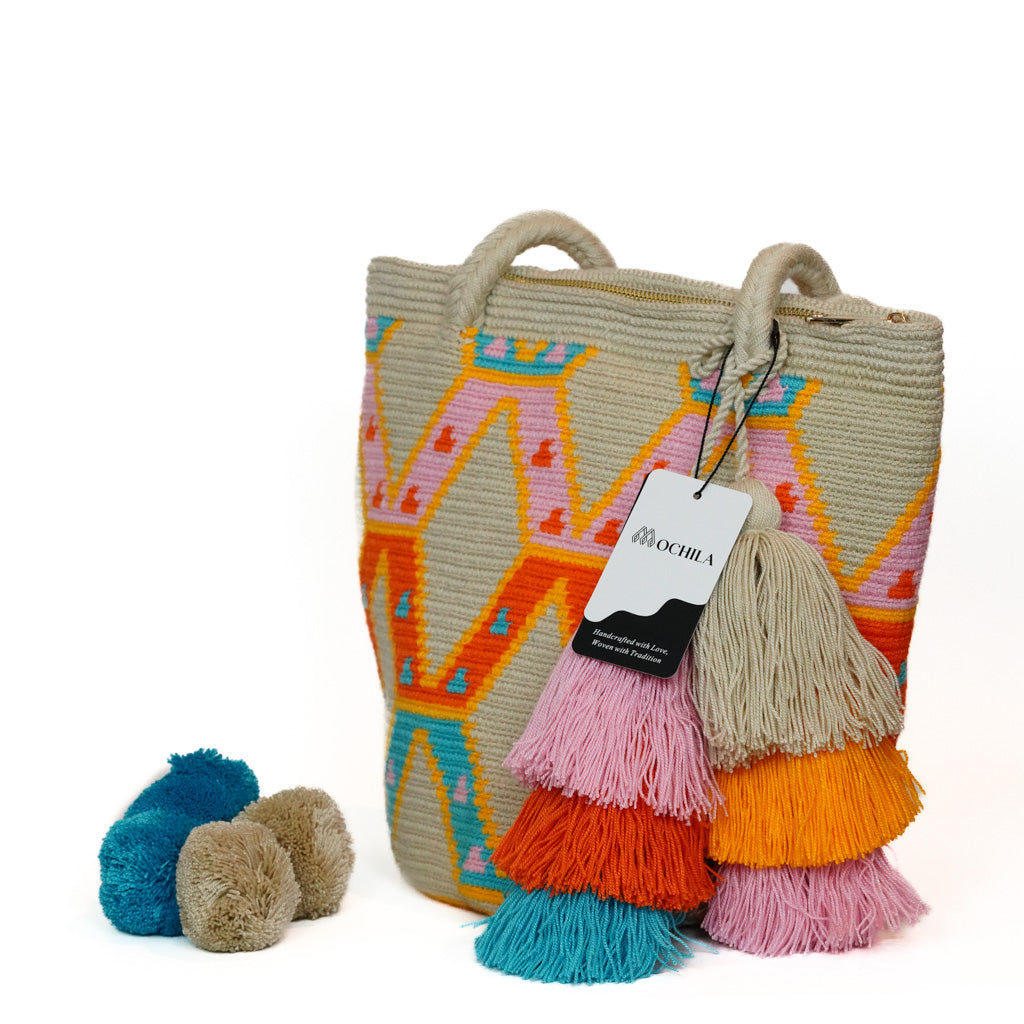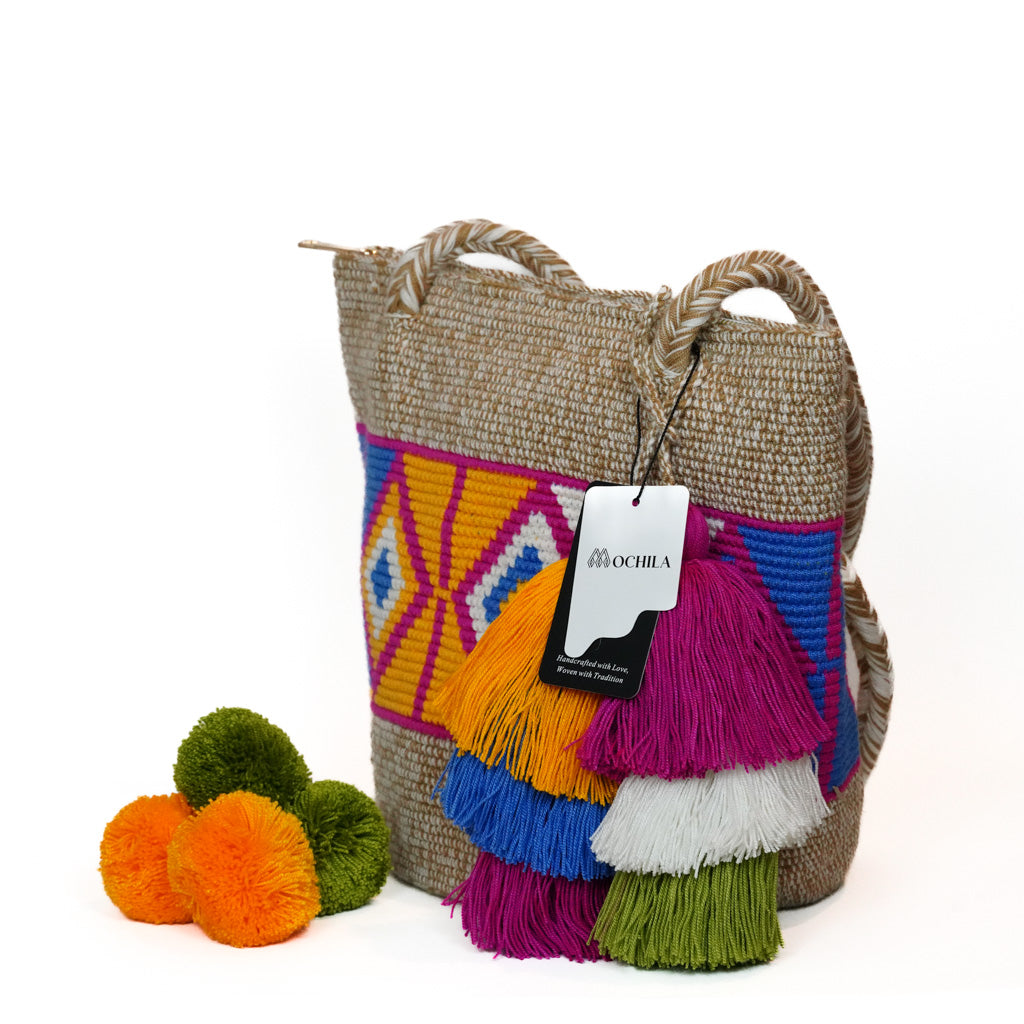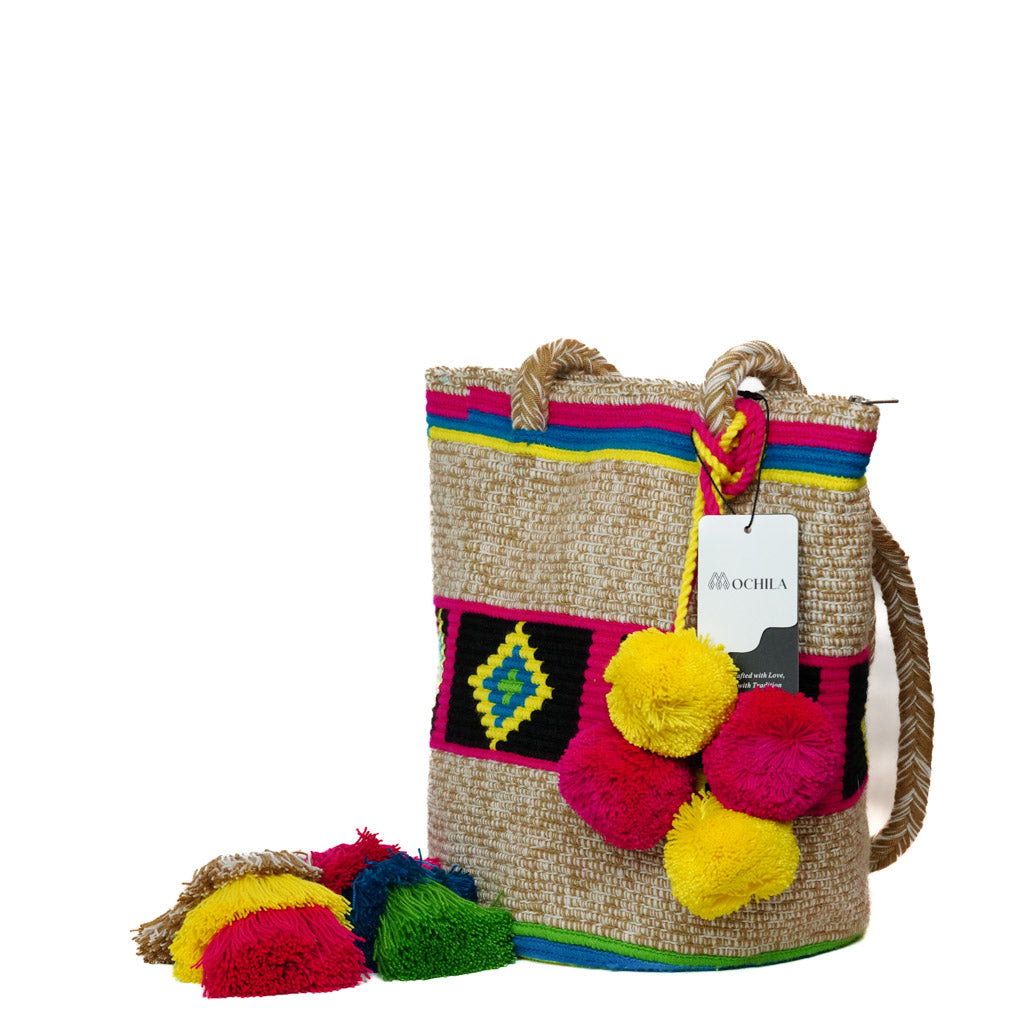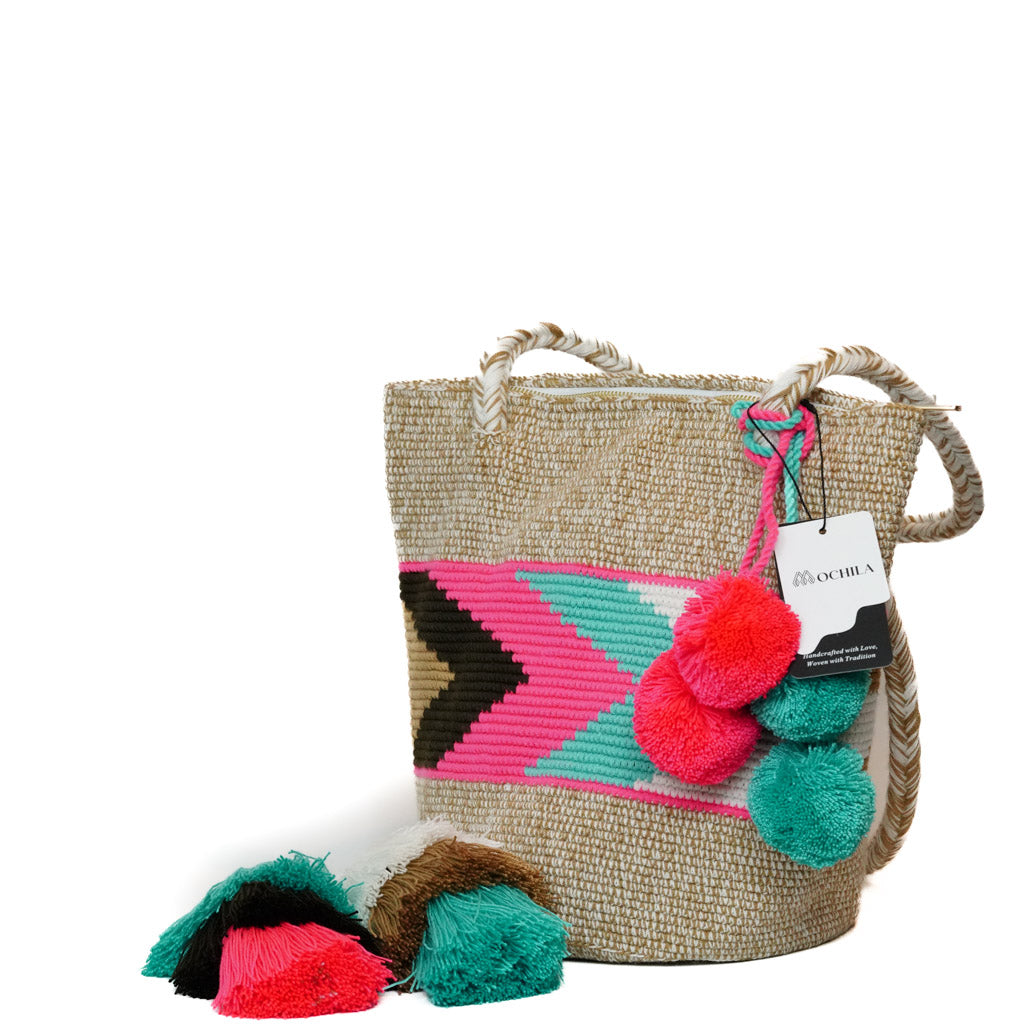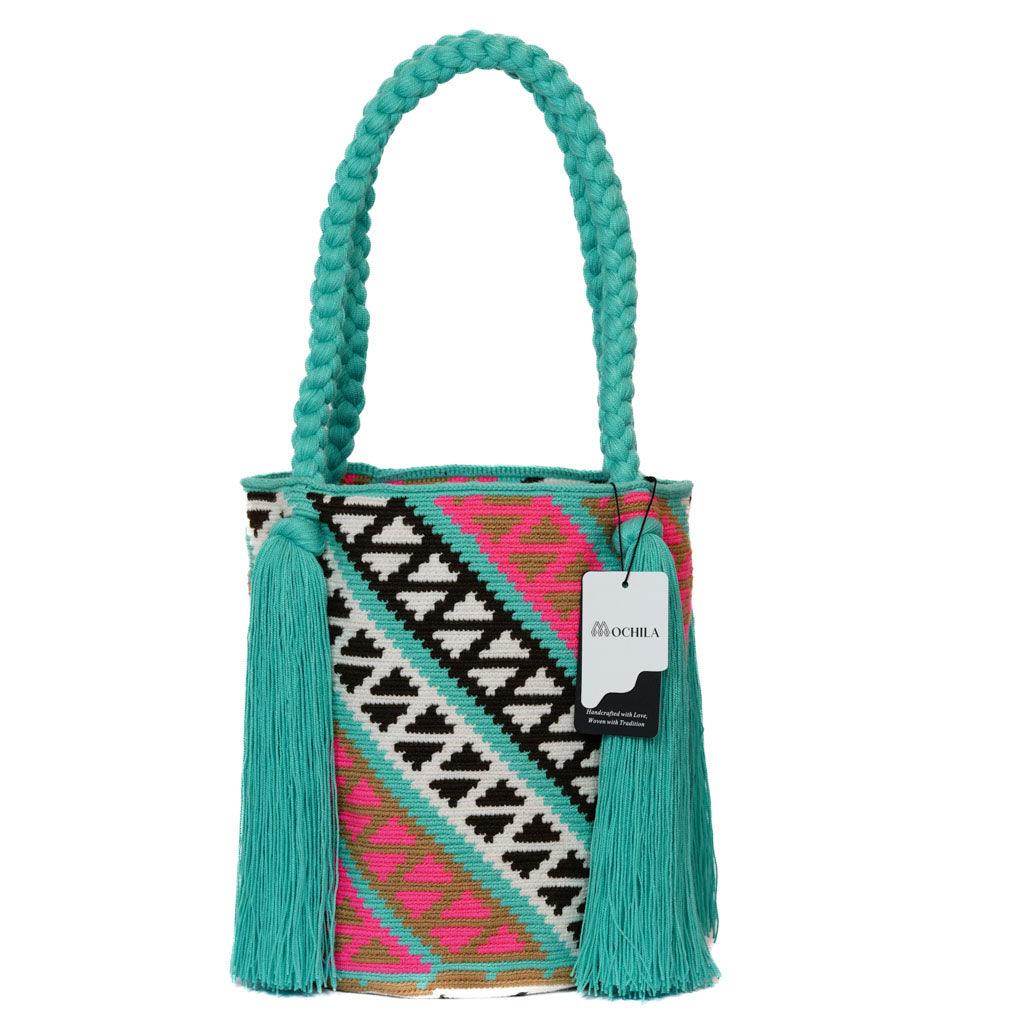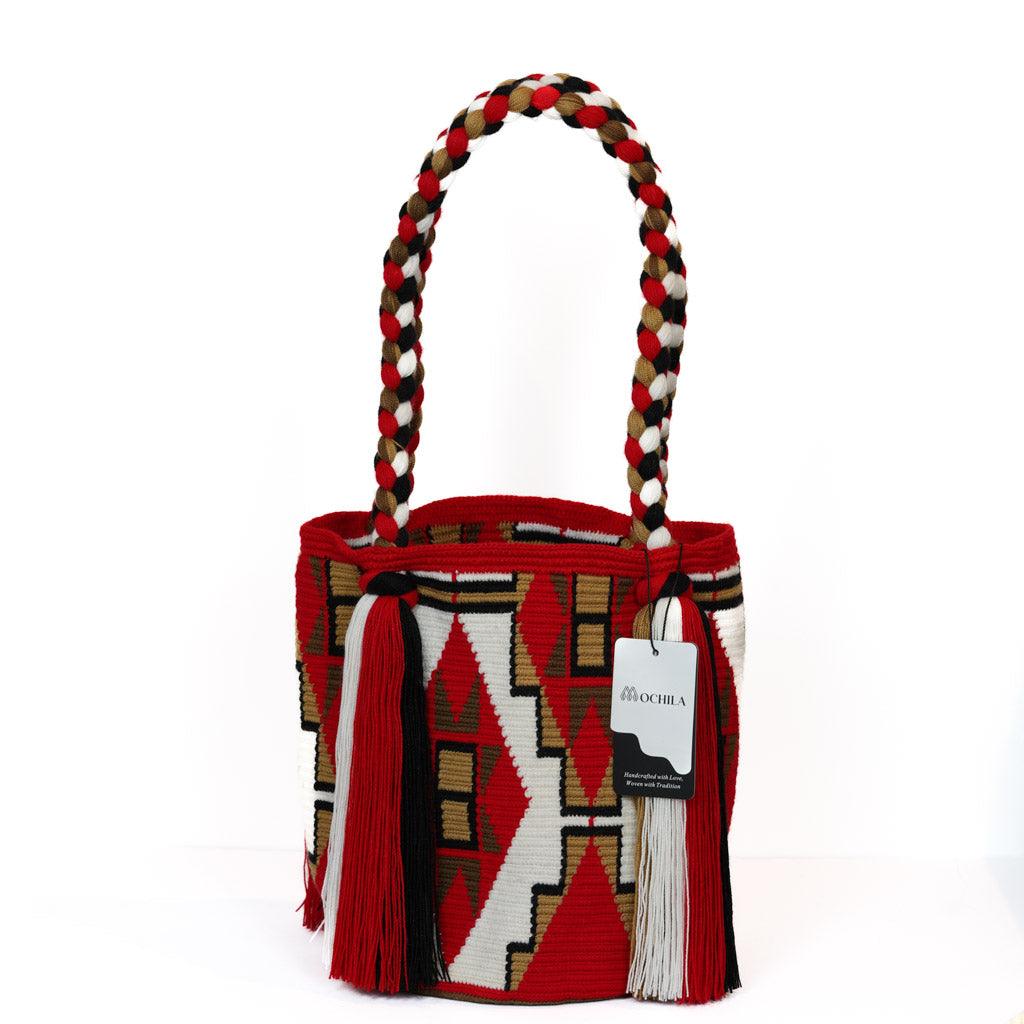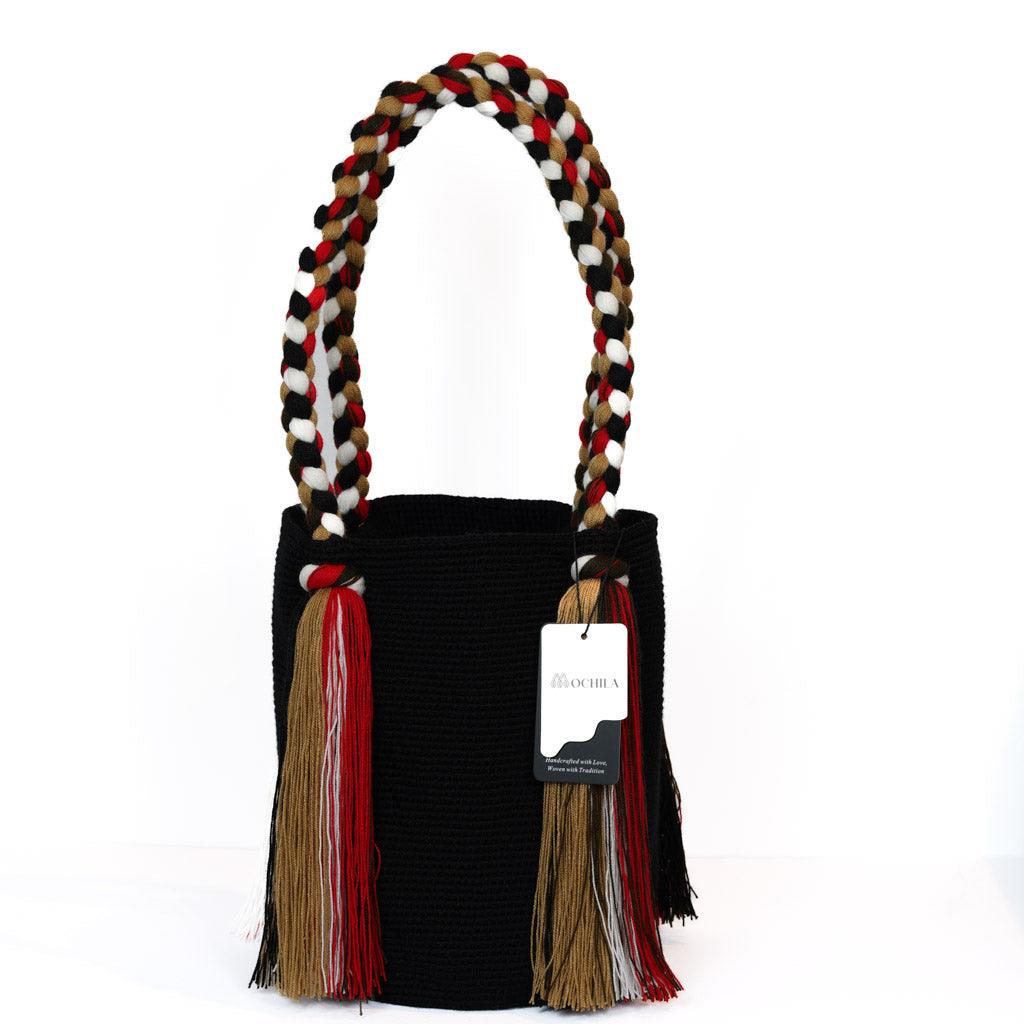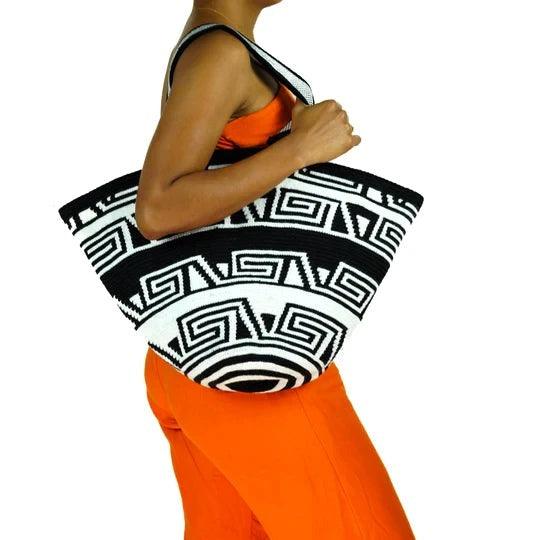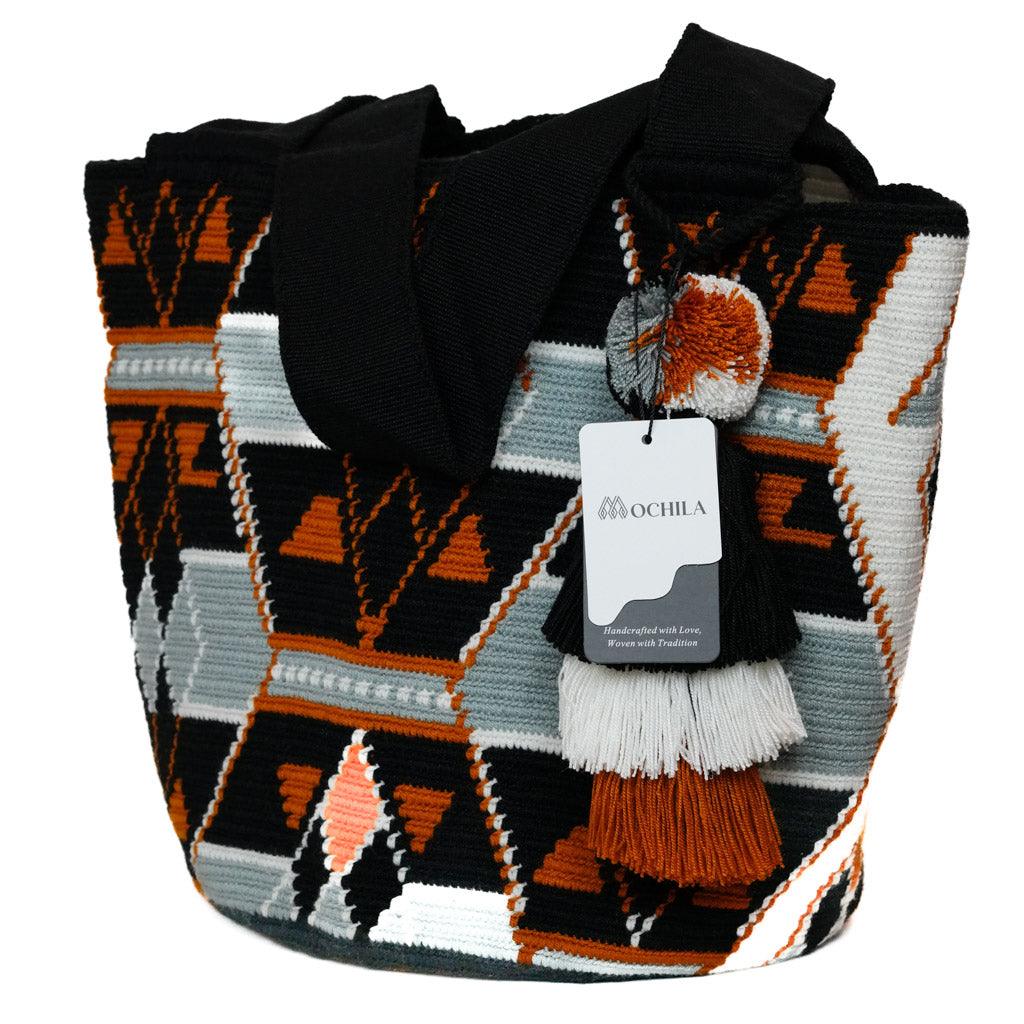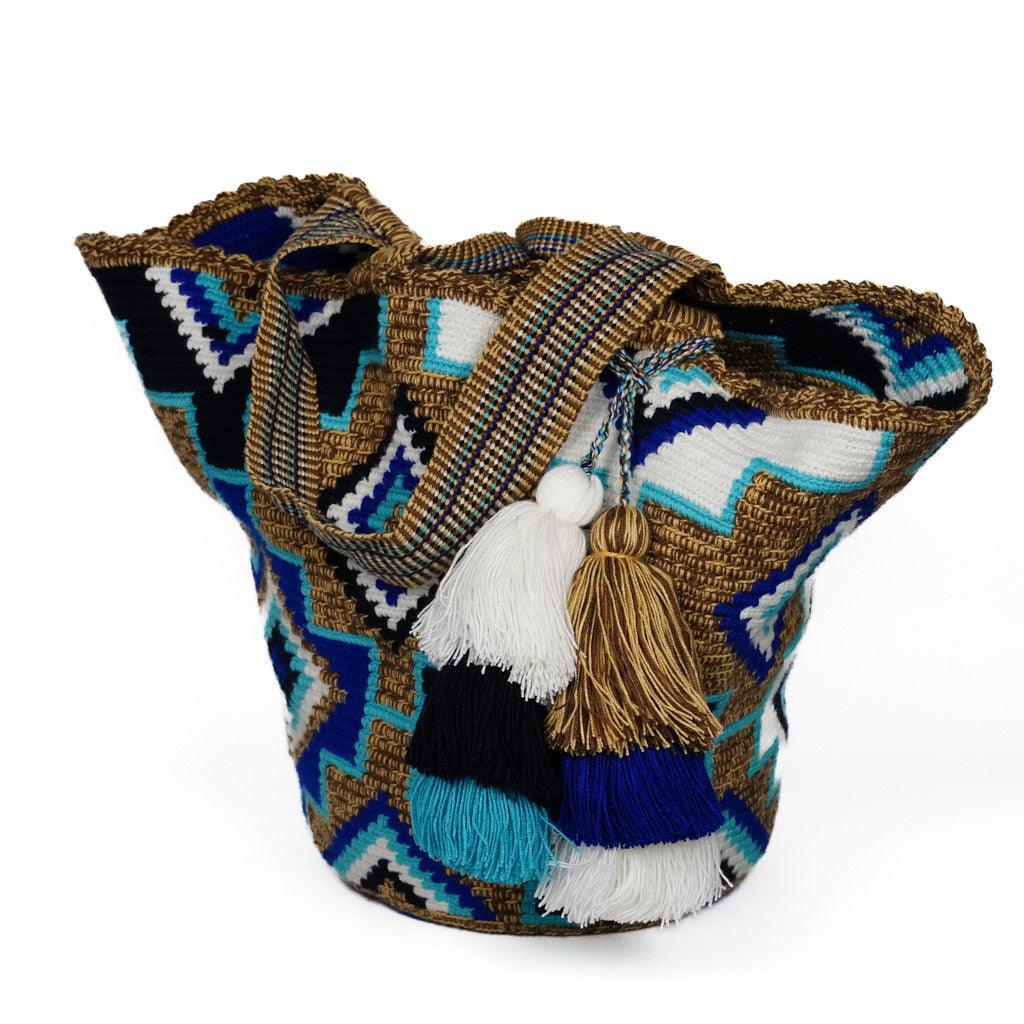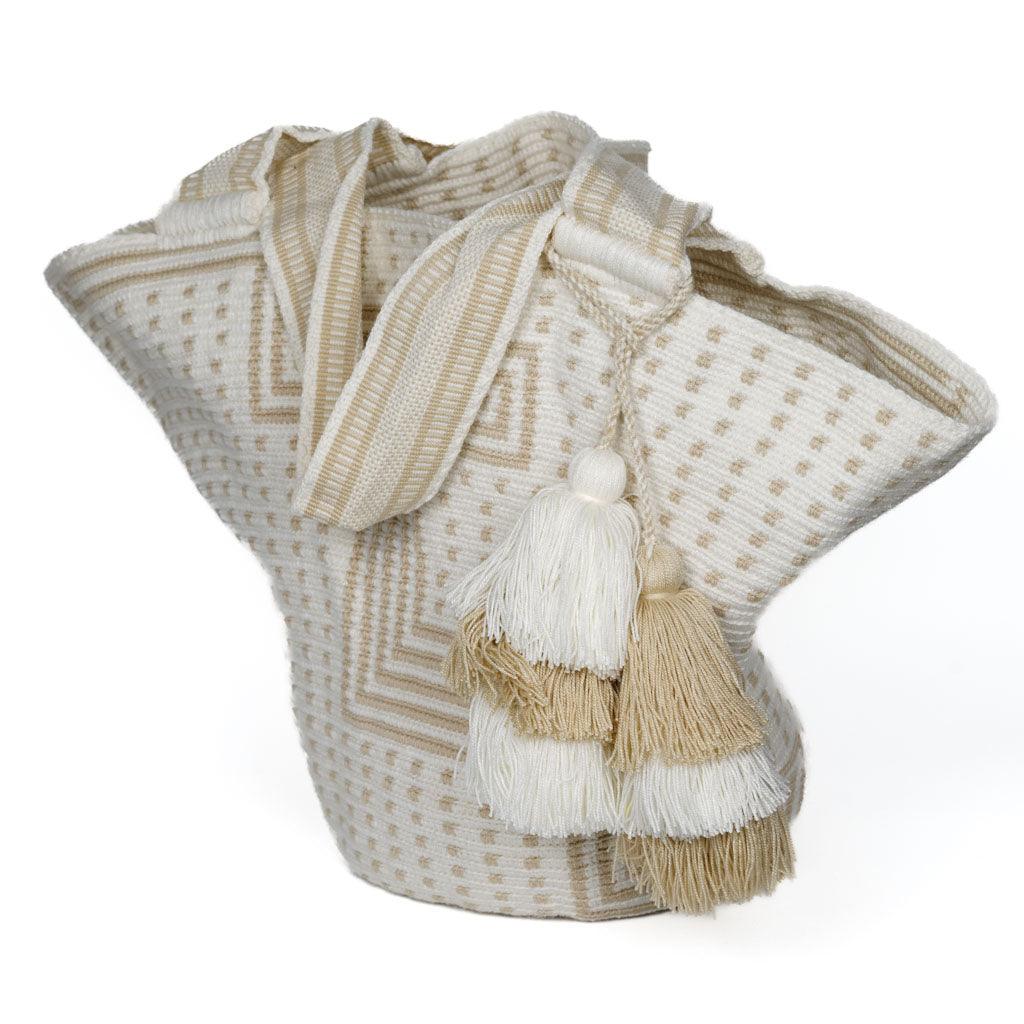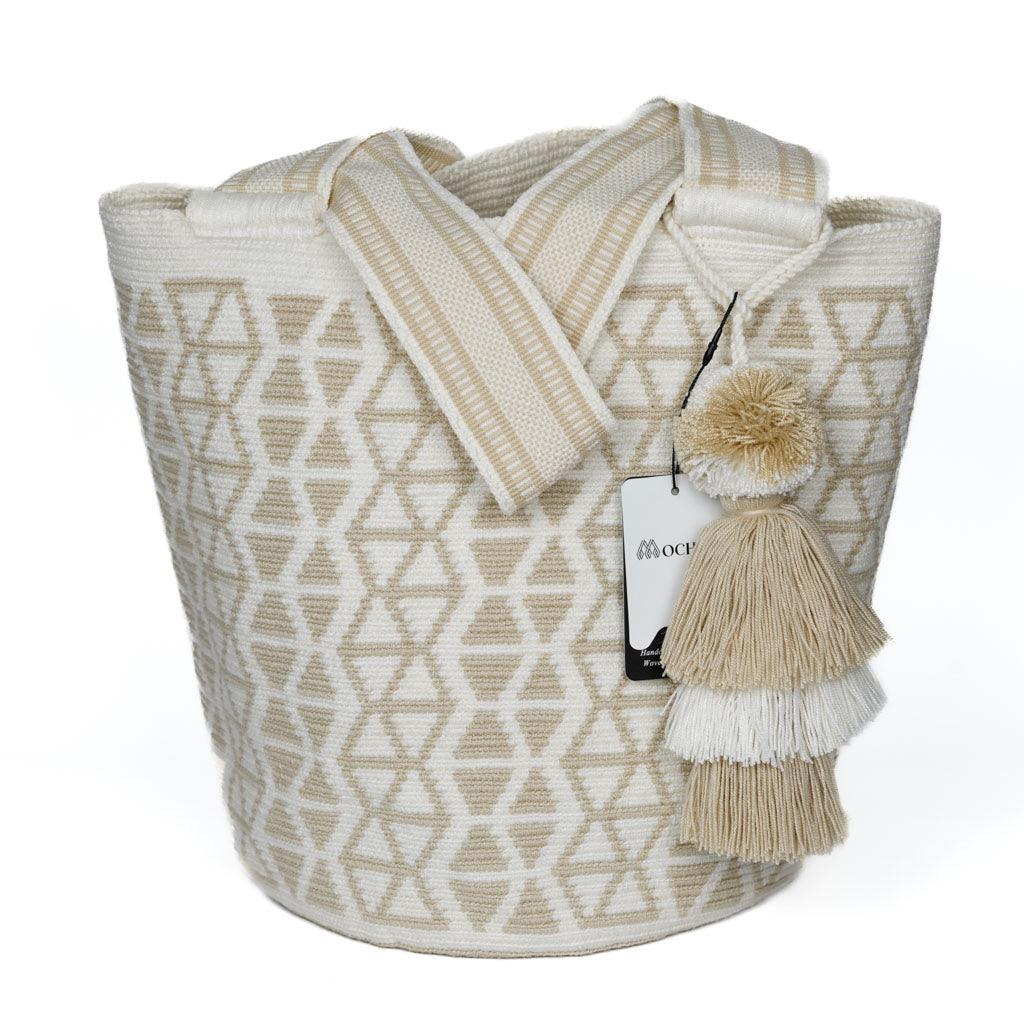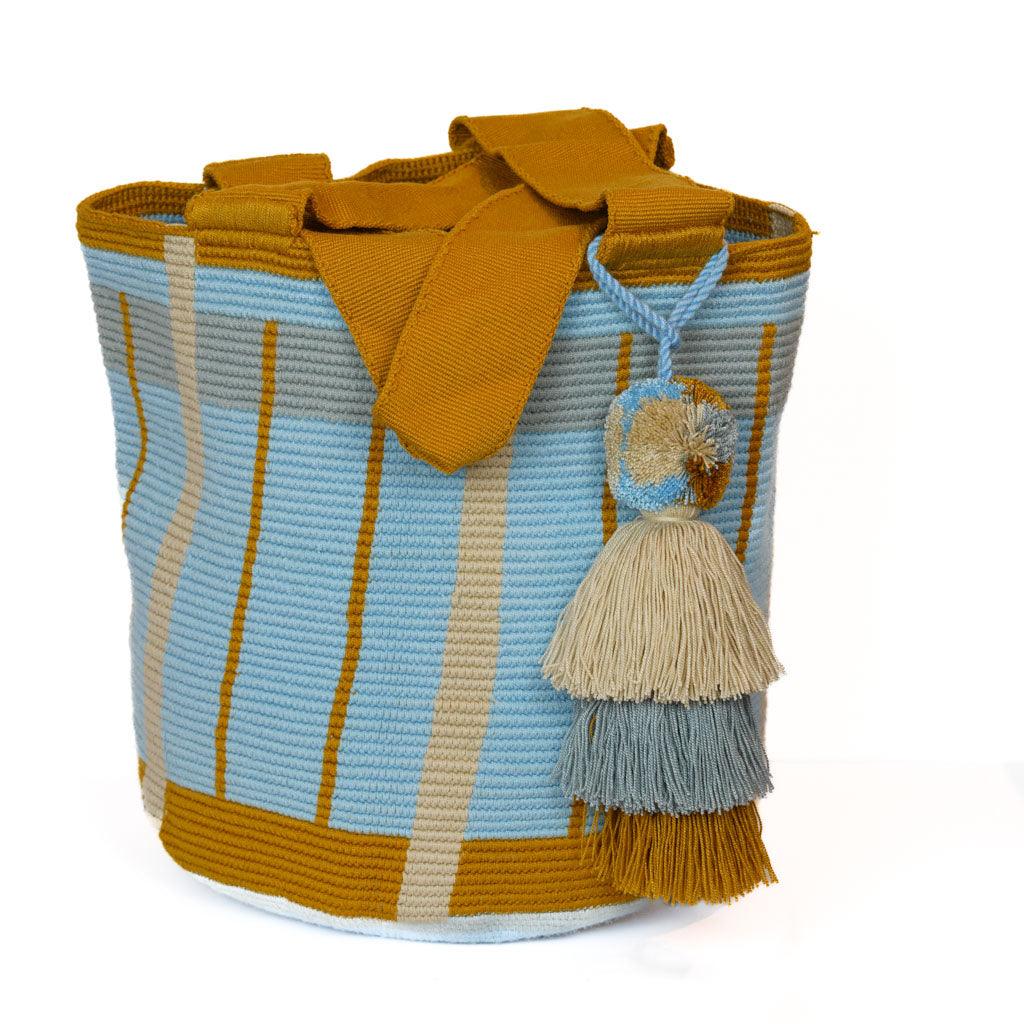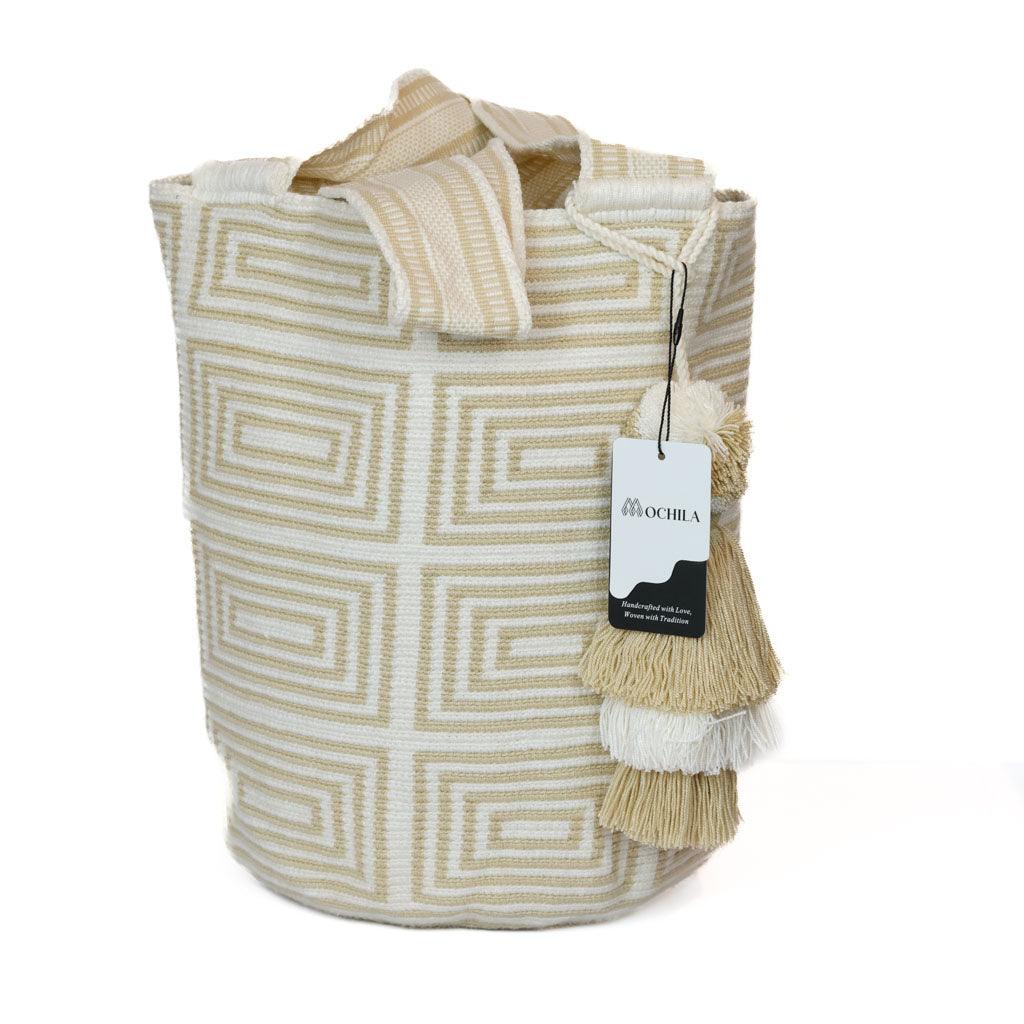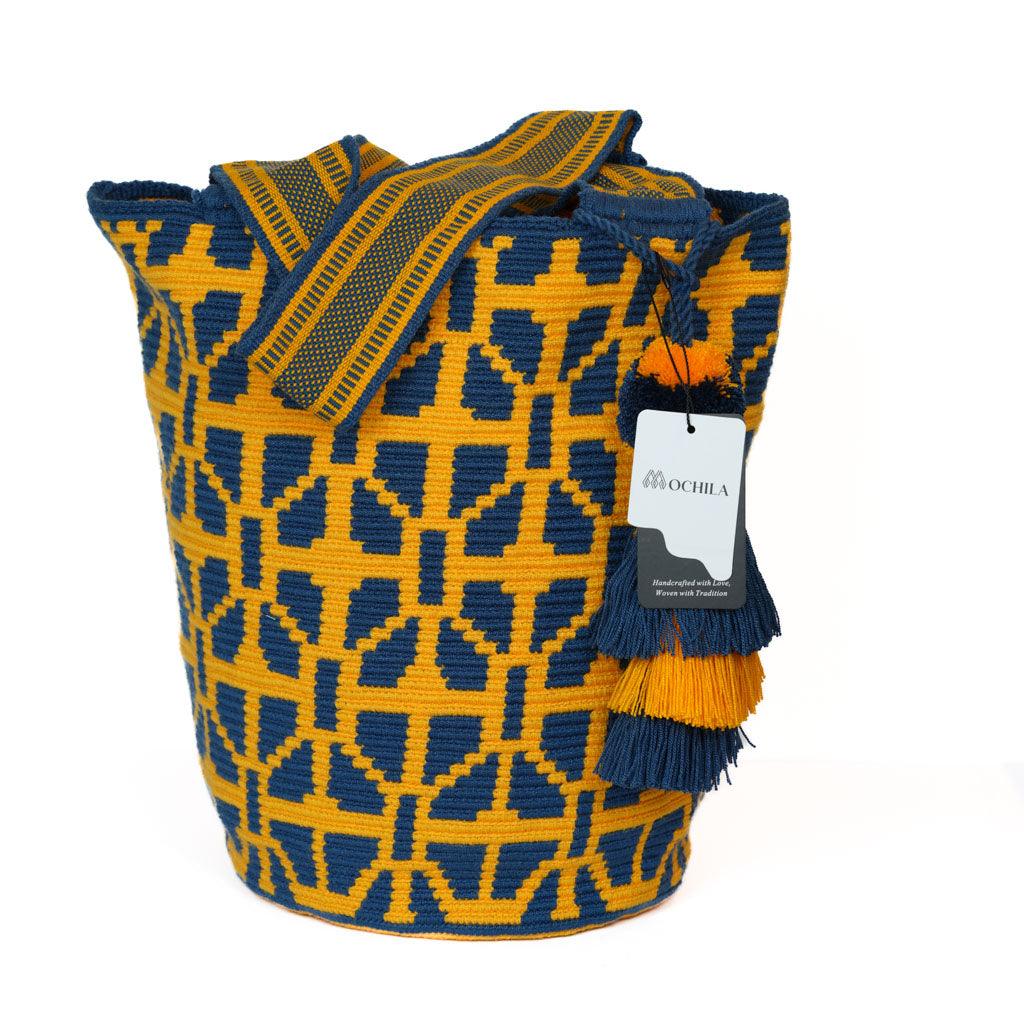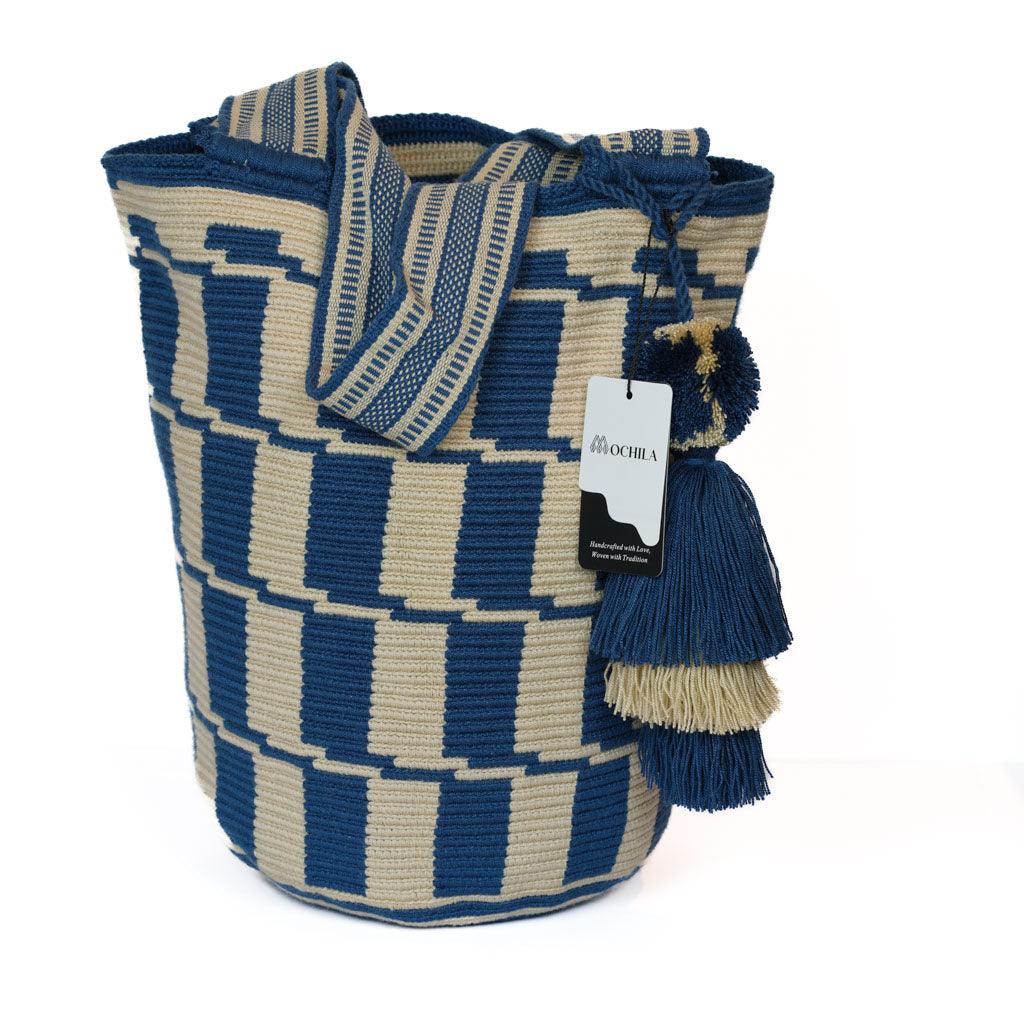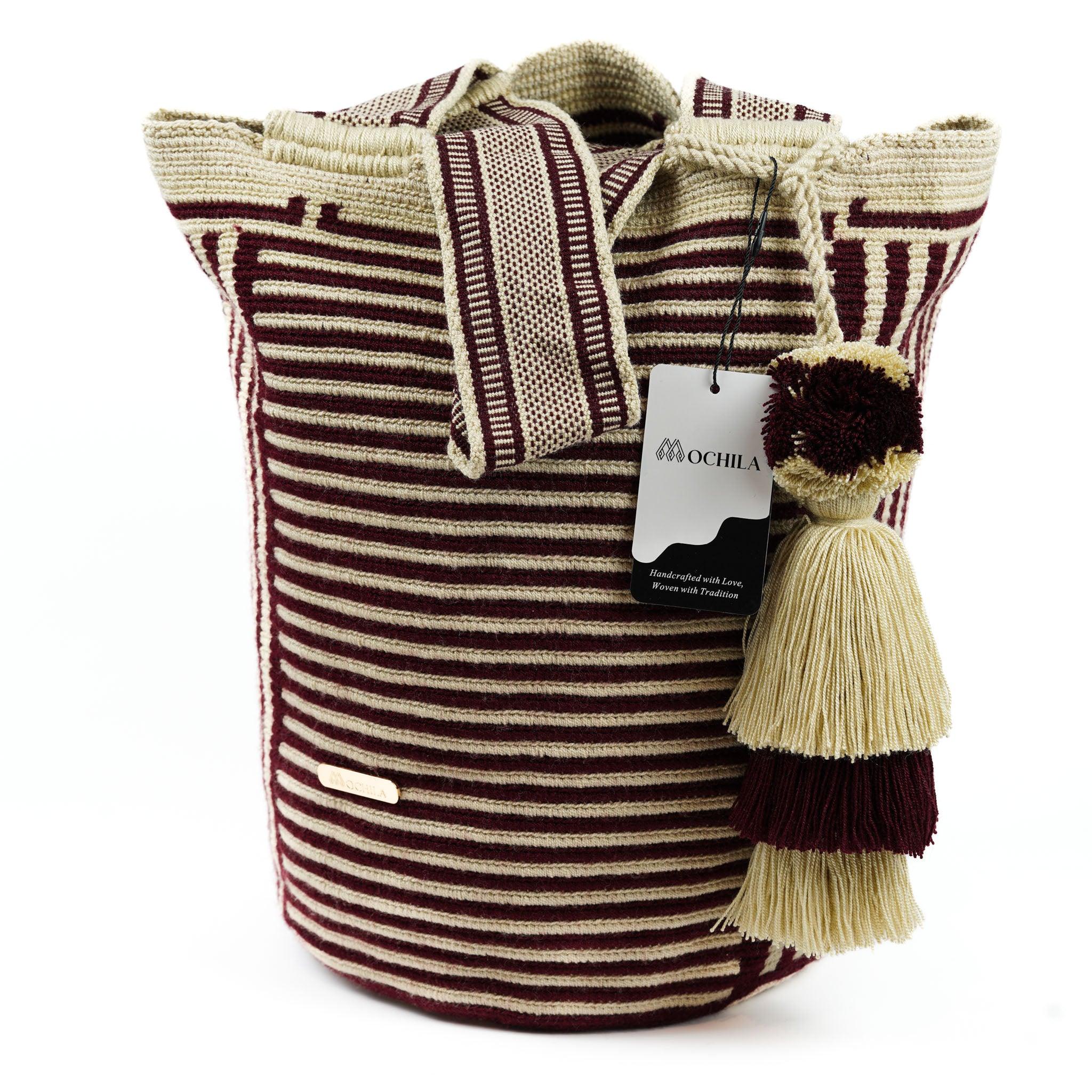The Joy of Crocheting Stuffed Animals
Crocheting stuffed animals, often referred to as amigurumi, can be an incredibly rewarding hobby. Whether you're a seasoned crochet enthusiast or a beginner looking to take on a fun, new project, learning how to crochet stuffed animals can bring a unique sense of accomplishment and joy.
What Makes Crocheting Stuffed Animals Special?
The art of crocheting stuffed animals is special for many reasons. First, these small, adorable creatures can be personalized to reflect the creator's unique style or even mimic the likeness of beloved pets or favorite animals. The use of different stitches, colors, and embellishments can drastically change the look and feel of the finished toy, making each project unique.
Second, the act of crocheting stuffed animals provides an opportunity for creativity and self-expression. While some may enjoy creating realistic animals, others might prefer whimsical or fantastical creatures. The patterns and techniques used can range from simple and straightforward to complex and intricate, appealing to a wide range of skill levels.
Finally, crocheted stuffed animals can hold significant sentimental value. They can serve as cherished keepsakes, heartfelt gifts, or even heirlooms to be passed down through generations.
Benefits of Crocheting Your Own Stuffed Animals
By learning how to crochet your own stuffed animals, you gain several benefits. Here are a few:
Skill Development: Crocheting stuffed animals can help improve your crocheting skills. Completing these projects often involves different stitches and techniques, providing a platform to hone your abilities. Find out more about these stitches in our article on how to crochet stitches.
Therapeutic Benefits: Many find the act of crocheting to be calming and therapeutic. The repetitive motions can help reduce stress, promote relaxation, and provide a sense of accomplishment when the project is complete.
Customization: When you make your own stuffed animals, you have complete control over the design. From the colors and patterns to the animal's features and size, you can customize every aspect to suit your preferences or the preferences of the person you're gifting it to.
Budget-Friendly: Homemade stuffed animals can be a cost-effective alternative to store-bought toys. You can choose materials that suit your budget and still create a high-quality, durable toy.
Sustainability: By making your own stuffed animals, you contribute to sustainability. Homemade toys often have a longer lifespan than mass-produced ones and can be made from recycled or eco-friendly materials.
As you can see, crocheting stuffed animals is more than just a hobby. It's a creative outlet, a stress-reliever, and a means of producing personalized, meaningful toys. So why not pick up your crochet hook, select some yarn, and start exploring the world of amigurumi? You never know, you might just find a new passion! For beginners, check out our guide on how to crochet for beginners.
Basic Crocheting Techniques for Stuffed Animals
To successfully crochet a stuffed animal, understanding the basics of crocheting is vital. Here, we delve into the fundamental stitches and techniques needed to create the perfect shapes for your stuffed friends.
Understanding Crochet Stitches
Learning the essential crochet stitches forms the foundation of your how to crochet stuffed animals journey.
The most commonly used stitches in crocheting stuffed animals include:
Single Crochet (sc): This is the most basic and frequently used stitch in crocheting stuffed animals. It creates a dense, tight fabric, perfect for ensuring the stuffing doesn't peek out.
Increase (inc): This involves making two single crochets in the same stitch. It's used to widen or shape your piece.
Decrease (dec): This stitch combines two stitches into one, narrowing your piece.
Slip Stitch (sl st): This is often used to join rounds when crocheting in the round.
Magic Circle (mc): This technique is used to start a piece that is crocheted in the round, like the head or body of a stuffed animal. It creates a tight, adjustable circle with no hole in the center.
If you're unfamiliar with these stitches, check out our beginner's guide on how to crochet stitches.
Creating Perfect Shapes
Creating the perfect shapes forms the backbone of crocheting stuffed animals. Here are some fundamental shapes you'll need to master:
Ball or Sphere: The most common shape in stuffed animals, forming bodies, heads, or limbs. It's created by crocheting in the round, increasing stitches evenly to form a half-circle, then decreasing stitches to close the shape.
Oval: This shape is also crocheted in the round. It starts with a foundation chain, then increases are added at both ends of the chain.
Cylinder: This forms the arms and legs of many stuffed animals. It's created by crocheting a tube with no increases or decreases, just a consistent number of stitches in each round.
Cone: This shape is used for animal noses or unicorn horns. It's crocheted in the round, starting with a small number of stitches and increasing each round.
As with any skill, practice is key to mastering these shapes. Once you're comfortable with these basic forms, you can start combining them to create a variety of stuffed animals. For step-by-step tutorials and patterns, check out our guides on how to crochet for beginners.
Advanced Techniques for Stuffed Animals
Once you've mastered the basic techniques of crocheting, you can start exploring more advanced techniques to enhance your creations. Adding details and personality to your stuffed animals, as well as ensuring they are soft and cuddly, can take your crochet projects to the next level.
How to Add Details and Personality
One of the great things about creating your own stuffed animals is the ability to customize them. To add personality, consider incorporating different colors and patterns into your design. For example, alternating between two colors can give your stuffed animal a striped pattern, while using a variegated yarn can create a multi-colored effect.
Additional details such as embroidered facial features, crochet accessories like bows or hats, and different types of stitches can also add character to your stuffed animal. For instance, using bobble stitches can create a textured pattern that's perfect for creating a furry effect.
To get inspiration, you can experiment with different techniques from our guides on how to crochet flowers or how to crochet amigurumi dolls. These techniques can be adapted to create unique features for your stuffed animals.
Techniques for Making the Animals Soft and Cuddly
The choice of yarn plays a significant role in how soft and cuddly your stuffed animal will be. Yarns that are soft to touch, such as those made from cotton or acrylic, are ideal for this purpose. To ensure your stuffed animal is plush and huggable, it's also important to use the right amount of stuffing. Too little stuffing can make your stuffed animal limp and shapeless, while too much stuffing can make it stiff and rigid.
The way you crochet can also affect the softness of your stuffed animal. Using a looser tension can make your stuffed animal more squishable, while a tighter tension can make it firmer. Experiment with different tensions to find the one that gives you the desired result.
For more advanced crochet techniques, check out our articles on how to crochet stitches and how to crochet for beginners. By mastering these techniques and applying them to your projects, you'll be well on your way to creating stuffed animals that are not only adorable but also soft and cuddly.
Handy Tips for Crocheting Stuffed Animals
When you're learning how to crochet stuffed animals, there are several crucial factors to consider. Chief among them are choosing the right yarn and having the appropriate tools on hand.
How to Choose the Right Yarn
The yarn you choose for your stuffed animal can significantly influence the final product's appearance and texture. Here are some things to keep in mind:
Material: Acrylic and cotton are the most common choices when it comes to crocheting stuffed animals. Acrylic yarn is soft, durable, and easy to clean, making it ideal for toys that will be well-loved and frequently handled. Cotton yarn, on the other hand, gives a more natural and sturdy finish but may not be as cuddly.
Weight: Medium-weight yarn, often labeled as worsted, is a popular choice for stuffed animals. It's thick enough to make sturdy stitches but thin enough to work with comfortably.
Color and texture: The color should match or complement the animal you're making. As for texture, smooth yarn is typically easier to work with and gives a neater finish.
Remember, the yarn's texture and color can bring your crocheted creature to life, so choose wisely!
Tools Needed for Crocheting Stuffed Animals
Having the right tools can make your crocheting experience much smoother. Here are some essential tools for crocheting stuffed animals:
Crochet hooks: The size of the hook you'll need will depend on the weight of your yarn. Check the yarn label for a recommended hook size, or read our guide on how to determine crochet hook sizes.
Stitch markers: These are invaluable for marking the start of a round or where you need to increase or decrease stitches.
Yarn needle: You'll need this for sewing parts together and weaving in ends.
Scissors: A good pair of scissors is a must for cutting yarn.
Safety eyes and noses: Safety eyes and noses give your stuffed animals a professional finish. Make sure to get ones that are suitable for the size of your animal.
Stuffing: Polyester fiberfill is a common choice for stuffing as it's lightweight and washable.
Here's a simple table summarizing these tools:
| Tool | Use |
|---|---|
| Crochet hooks | To make stitches |
| Stitch markers | To mark important stitches |
| Yarn needle | To sew parts together |
| Scissors | To cut yarn |
| Safety eyes and noses | To add details |
| Stuffing | To fill the stuffed animal |
By choosing the right yarn and tools, you'll be well on your way to creating adorable, huggable, crocheted stuffed animals. For more tips, tricks, and patterns to help you along the way, check out our articles on how to crochet.
Step-by-Step Guide to Crocheting a Simple Stuffed Animal
Embarking on your journey of how to crochet stuffed animals can be an exciting adventure. With a little patience and practice, you can create adorable, cuddly creatures that bring joy to both the maker and receiver. Here is a basic guide to creating a simple stuffed animal.
Creating the Body
The body of the stuffed animal is generally the largest part and provides the basic shape of the creature. To start, create a magic ring and crochet six single crochets (sc) into the ring.
In the second round, increase each stitch by making two single crochets into each stitch from the previous round. This will give you a total of 12 stitches.
For the third round, alternate between one single crochet and an increase (two single crochets in the same stitch) around the circle. Repeat this pattern, adding one more single crochet between each increase in each subsequent round until you reach the desired size for the body of your stuffed animal.
Once you have reached the desired size, continue to crochet without increasing to create the length of the body. When the body is as long as you want it to be, start decreasing in the same pattern you increased to close up the body.
Crocheting the Head
The head of the stuffed animal is created in a similar way to the body. Start with a magic ring and six single crochets into the ring.
Again, increase each stitch in the second round, giving you 12 stitches in total.
For the third round, alternate between one single crochet and an increase around the circle. Continue this pattern, adding one more single crochet between each increase in each subsequent round until the head is the size you want it to be.
Once you have reached the desired size, continue to crochet without increasing to create the length of the head. When the head is as long as you want it to be, start decreasing in the same pattern you increased to close up the head.
Adding Limbs and Features
The limbs of the stuffed animal can be created using smaller tubes of crochet. Start with a magic ring and six single crochets into the ring. Increase as needed in the second round, and then continue to crochet without increasing until the limb is the length you want it to be. Close up the limb by decreasing.
Once the limbs are created, they can be sewn onto the body using a yarn needle.
For features like eyes and noses, these can be created by crocheting small circles or ovals and sewing them onto the head. Alternatively, they can be embroidered directly onto the head using a yarn needle.
Remember, making stuffed animals is all about creativity and personalization. Feel free to experiment with different colors, patterns, and features to make your stuffed animal unique.
As you continue to practice and learn, you can venture into more complex animals and shapes. For more detailed instructions and patterns, check out our articles on how to crochet and how to crochet stitches.
Common Mistakes to Avoid
When learning how to crochet stuffed animals, it's crucial to be aware of common mistakes that could derail your project. Here, we will discuss three key errors to avoid: overstuffing the toy, misplacing features, and ignoring gauge and size.
Overstuffing the Toy
One common mistake beginners often make is overstuffing their crochet toys. When a toy is overstuffed, it can stretch and distort the crochet stitches, leading to a toy that's too firm and doesn't resemble the intended shape. Be mindful of the amount of stuffing you use and remember that less is often more. The stuffing should fill out the toy's shape without stretching the stitches.
Misplacing Features
Another error that can mar the appearance of a crochet toy is the misplacement of features such as eyes, ears, or noses. Misplaced features can make a cute bunny look more like a puzzled alien. When adding features, it's important to take your time. Pin the features in place first and check their position before you secure them permanently. A little extra time spent on this step can make a big difference to the final result.
Ignoring Gauge and Size
The importance of gauge and size cannot be overstated when it comes to crocheting stuffed animals. Ignoring these aspects can result in a toy that's either too small or too large. Plus, if the crochet stitches are too loose, the stuffing may show through, spoiling the look of your toy. Always check your gauge and adjust your hook size if necessary. If you're unsure how to do this, refer to our guide on how to determine crochet hook sizes.
By avoiding these common mistakes, you can improve your crochet skills and produce high-quality stuffed animals. Remember, practice makes perfect. Don't be discouraged if your first few attempts aren't perfect. With time and patience, you'll be able to create a zoo of adorable crochet creatures! For further help, check out our guide on how to crochet for beginners.
Care Instructions for Your Crocheted Stuffed Animals
After mastering how to crochet stuffed animals, it's equally important to learn how to care for these precious handmade items. Proper care can ensure that your crocheted stuffed animals remain vibrant, soft, and durable for years to come.
Washing and Cleaning
The best method to clean your crocheted stuffed animals depends on the yarn used to make them. If your stuffed animal is made with synthetic yarn, it can usually withstand machine washing. However, if it is made with natural fibers like wool or cotton, hand washing in lukewarm water with a mild detergent is best.
When machine washing, use a gentle cycle and a mesh laundry bag to protect the stuffed animal. To dry, lay the animal flat and reshape it while it's still damp. Avoid wringing or twisting, as this can distort its shape.
For spot cleaning, use a soft cloth, mild soap, and lukewarm water. Gently dab the stained area, rinse with clean water, and pat dry with a towel.
Repair and Maintenance
Over time, your crocheted stuffed animals may need some minor repairs due to wear and tear. If a seam comes undone, you can easily fix it using the same yarn and a yarn needle. Simply sew along the open seam, taking care to match the original stitch pattern.
If the stuffing starts to come out, you can replace it by making a small incision in a discreet area, removing the old stuffing, and refilling the animal with fresh stuffing. Then, sew the incision closed securely.
To keep your crocheted stuffed animals looking their best, regularly fluff them to maintain their shape and keep the stuffing evenly distributed.
Taking proper care of your crocheted stuffed animals will ensure that they remain a cherished part of your collection. Plus, knowing how to clean and repair your creations will make them more durable, allowing you to enjoy them for years to come. For more tips and techniques, check out our other articles on how to crochet.

